Chemistry and Chemists № 3 2025
Journal of Chemists-Enthusiasts
| Content | Chemistry experiments - video | Physics experiments - video | Home Page - Chemistry and Chemists |
|
Chemistry and Chemists № 3 2025 Journal of Chemists-Enthusiasts |
Experiments with Phenol - pt.8, 9 Chemist |
|
Having noticed a mistake in the text, allocate it and press Ctrl-Enter
Nitration of Phenol: Synthesis of Picric Acid (filtration) - Part 8
I left the beaker containing picric acid overnight, then filtered it under vacuum in the morning and washed the crystals with distilled water. To minimize acid loss, I cooled the beaker and the water before filtering by placing bottles of ice next to them. At first, the filtrate was yellow and clear, but during washing it became cloudy; when the mother liquor was diluted, a small amount of picric acid precipitated.
Нитрование фенола: синтез пикриновой кислоты (фильтрование) - Часть 8 I dried the precipitate in the filter funnel, then transferred it onto filter paper and left it to dry at room temperature. An incident occurred the next day. When the precipitate had dried, I began transferring it into a jar for weighing. Suddenly, a dark red spot appeared on the paper near the crystals, followed by another spot on the table. What was happening? It turned out to be blood. I had recently injured my head while extinguishing a fire in an auxiliary building and had not even noticed. The wound had reopened - fortunately, no blood fell onto the picric acid. The product consisted of pale yellow crystals. The yield was 37.45 g, or 76.9% of the theoretical value. Purification by recrystallization would have been necessary, but I did not carry it out. The filtrate from which the precipitate had formed was refiltered, giving an additional 0.43 g of picric acid. Such a small amount was hardly worth the effort - the filtrate could just as well have been discarded. In conclusion, I would like to share one curious observation. I thought that the solution remaining after filtration showed fluorescence. This was probably due to by-products of the synthesis. To check, I would have needed an ultraviolet lamp from home. However, urgent work intervened, and I simply poured the solution into the sink. |
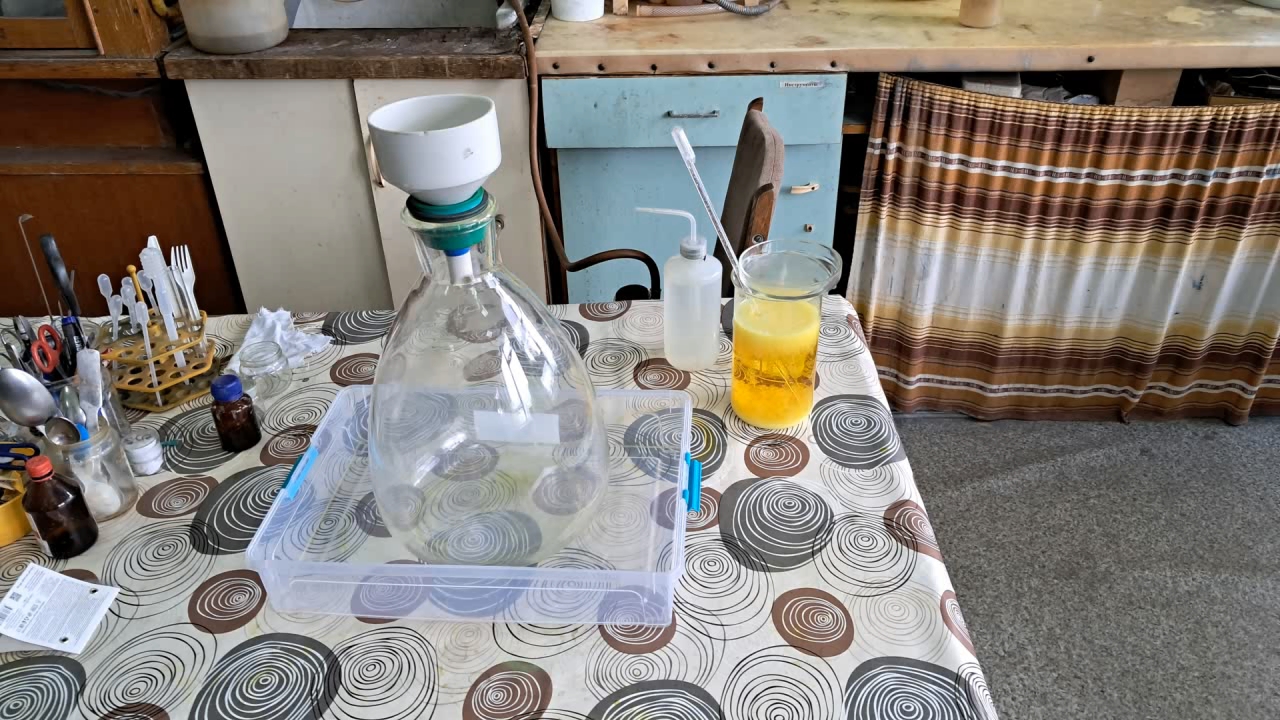
Nitration of Phenol: Synthesis of Picric Acid (filtration) |
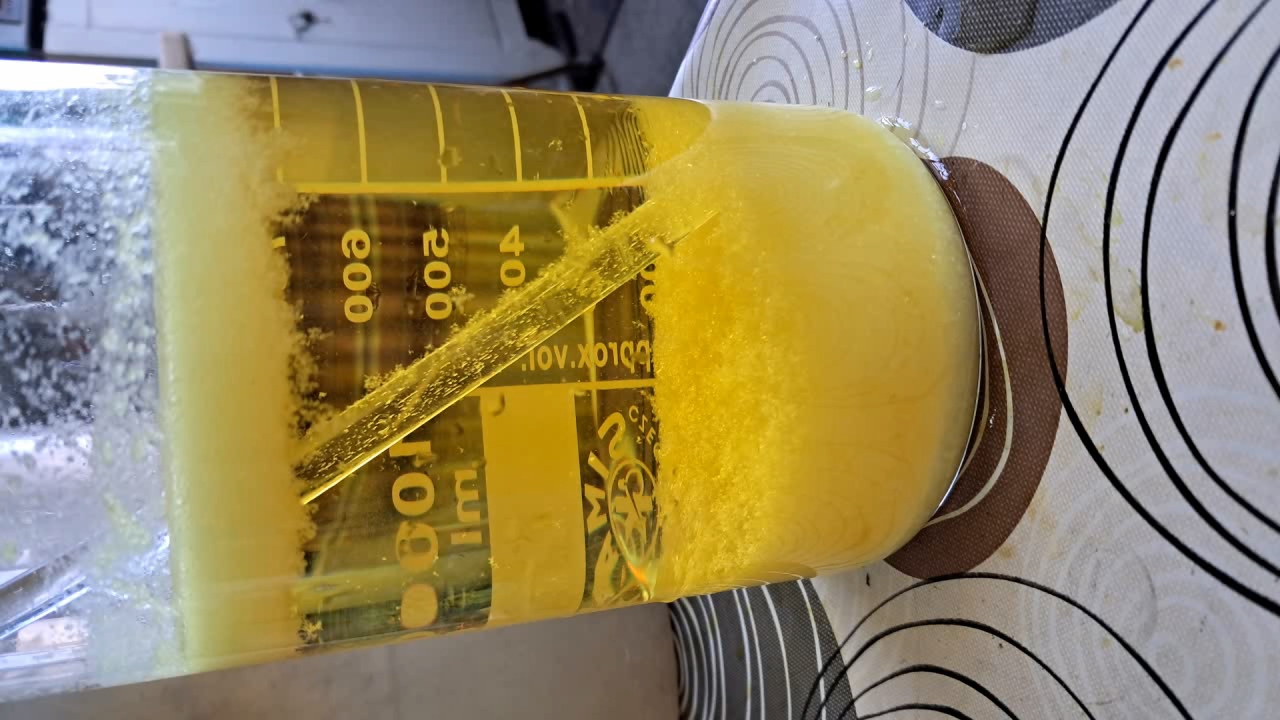
|
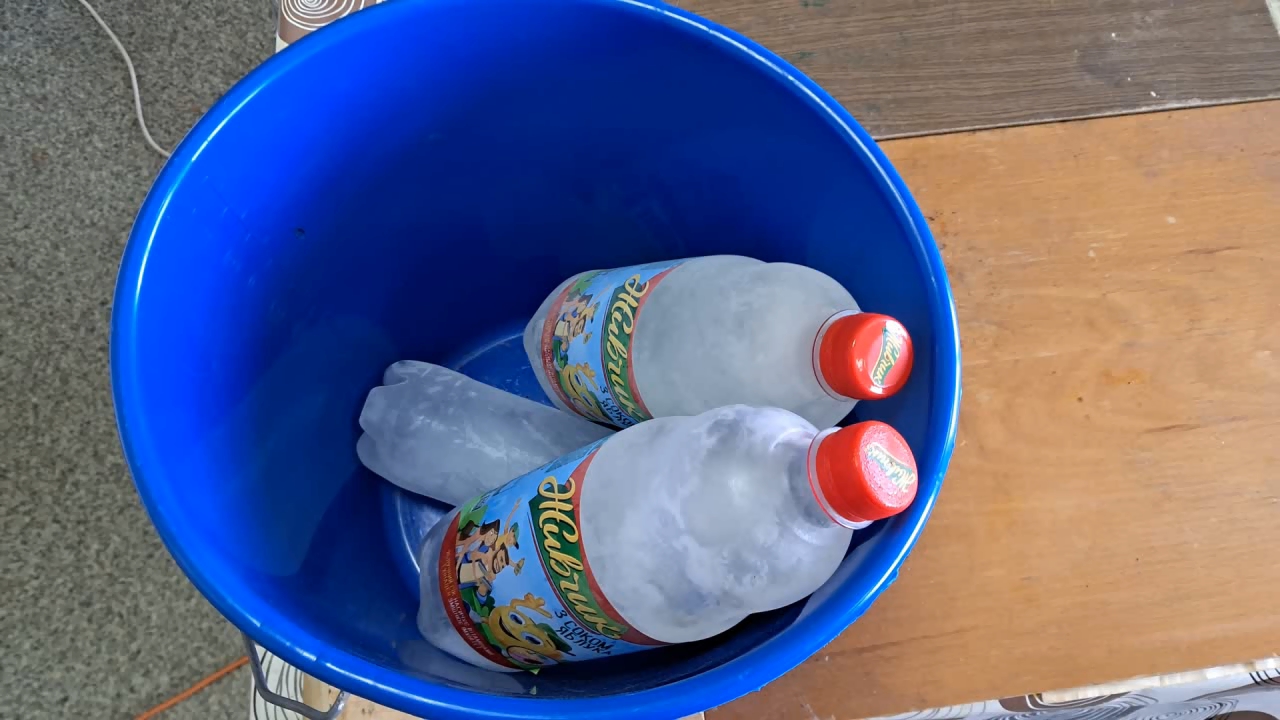
|
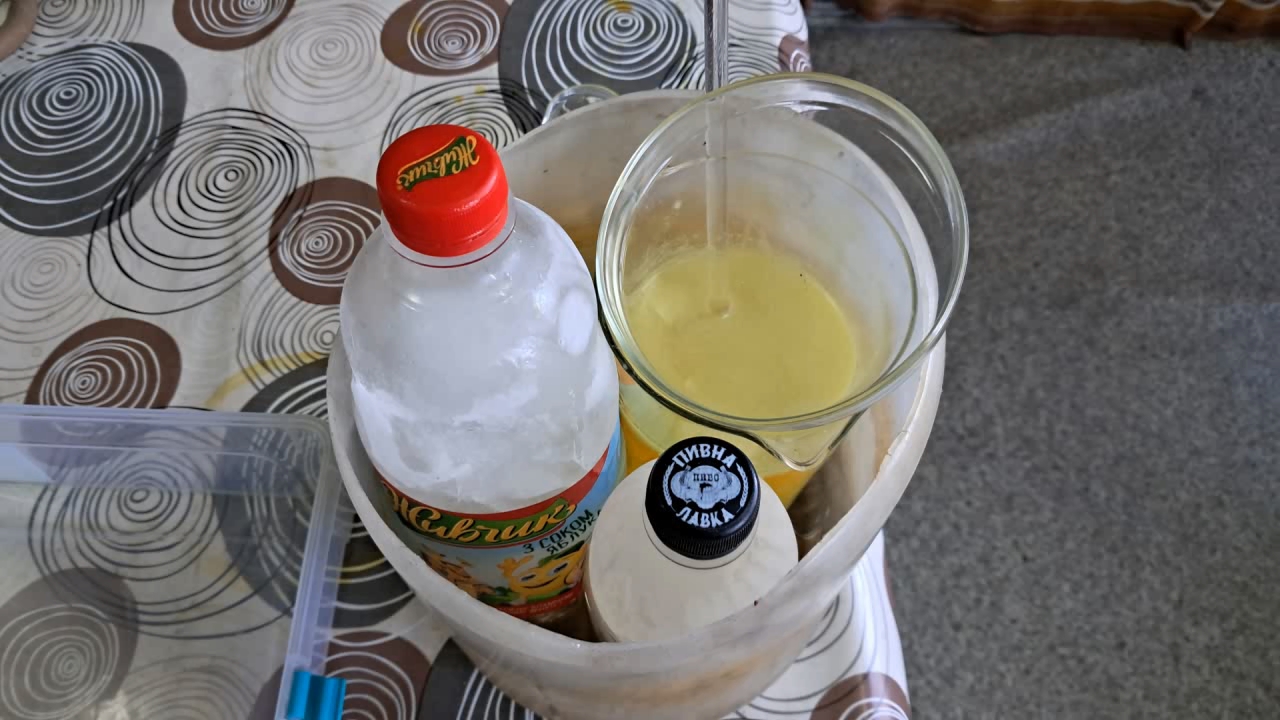
|
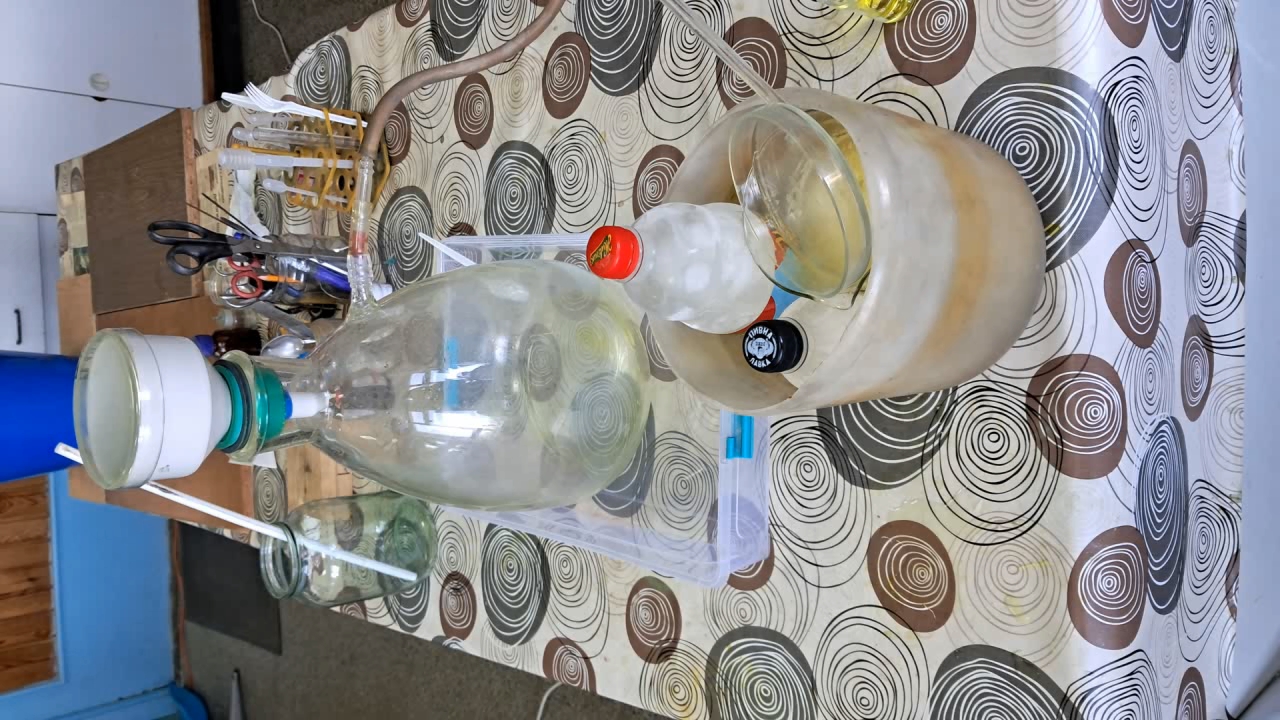
|
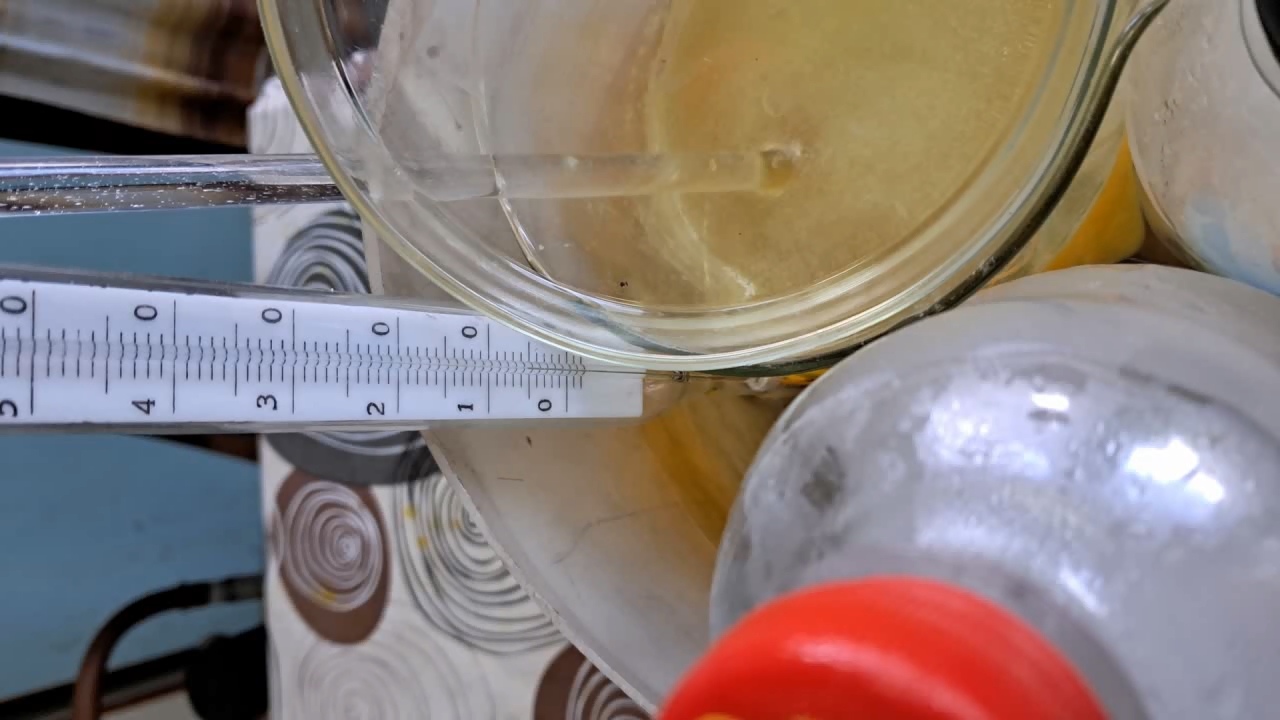
|
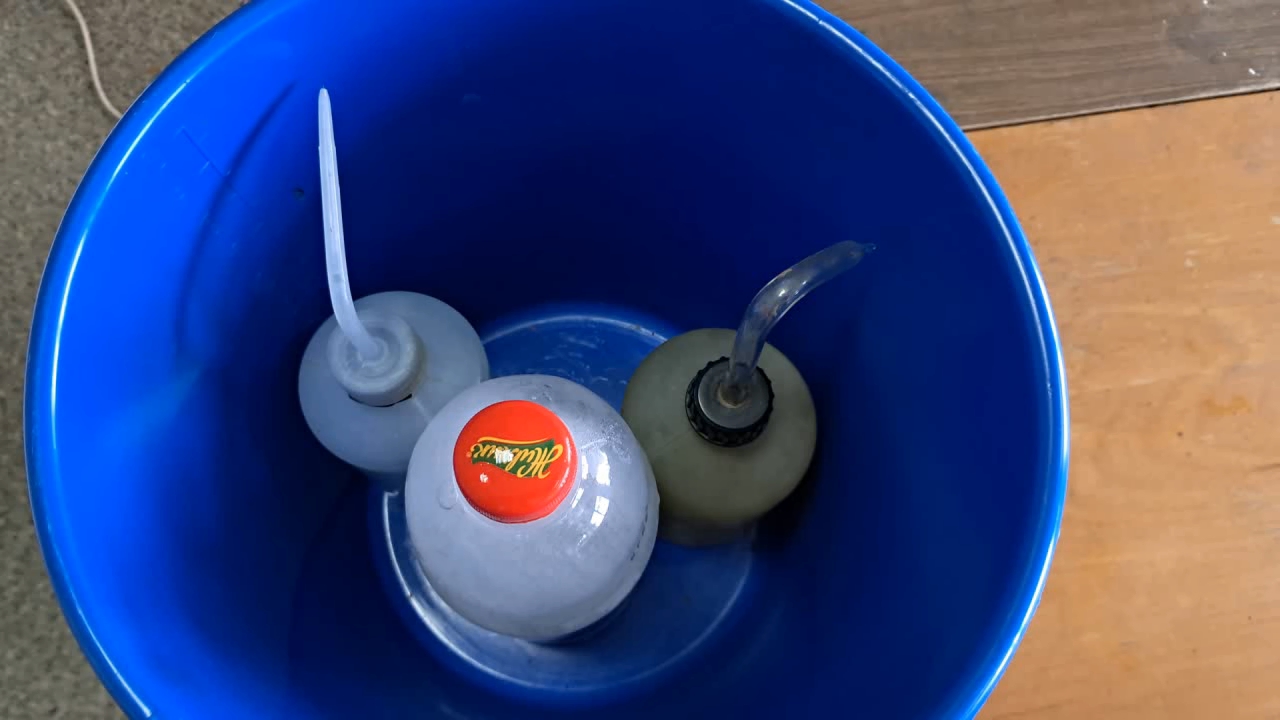
|
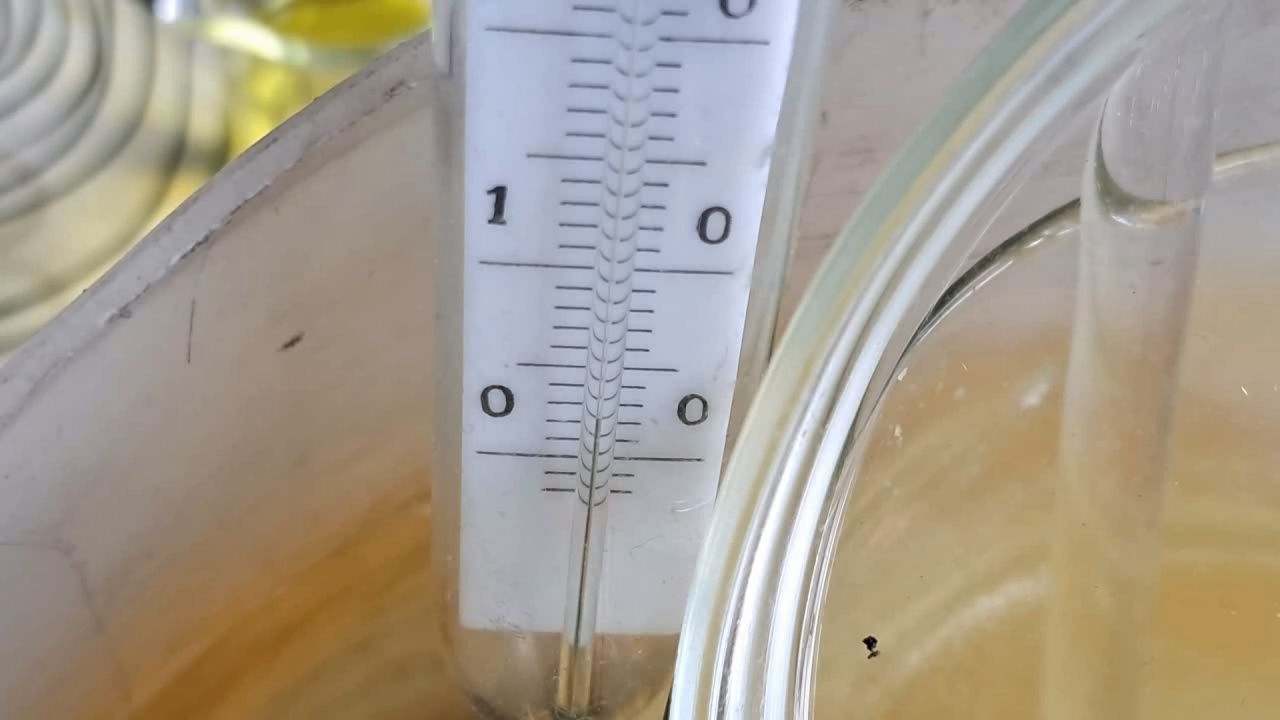
|
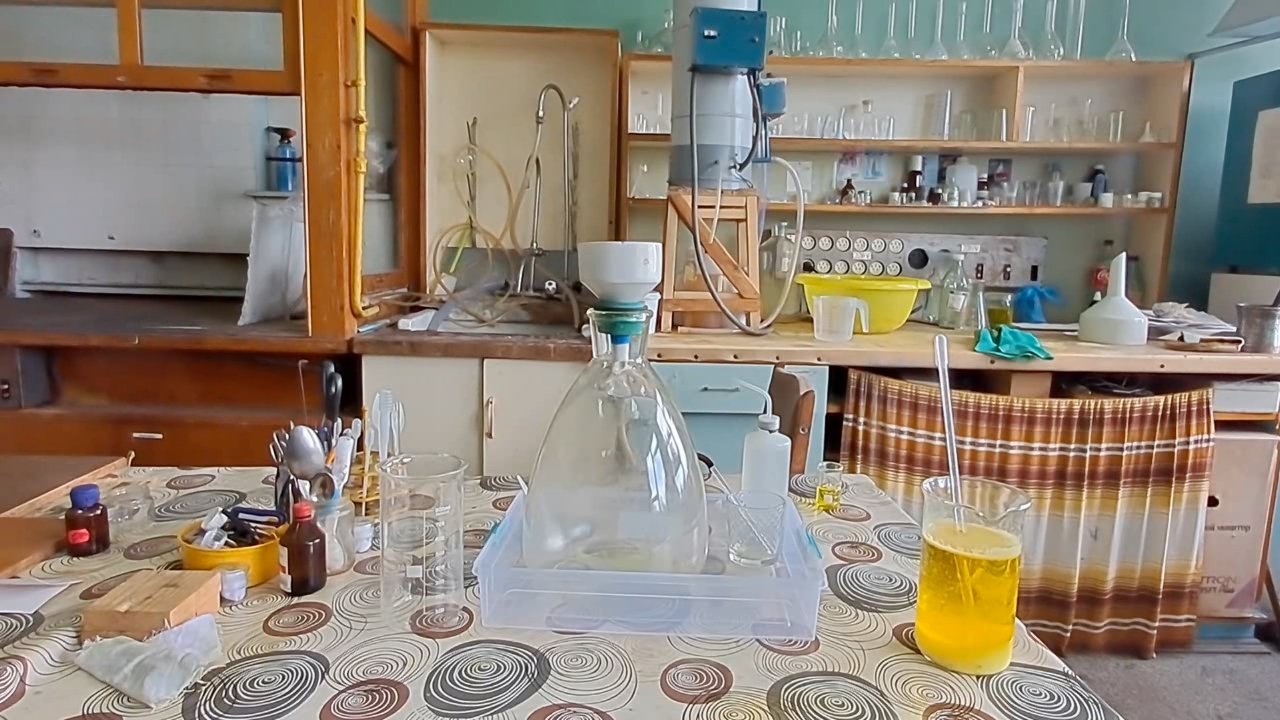
|
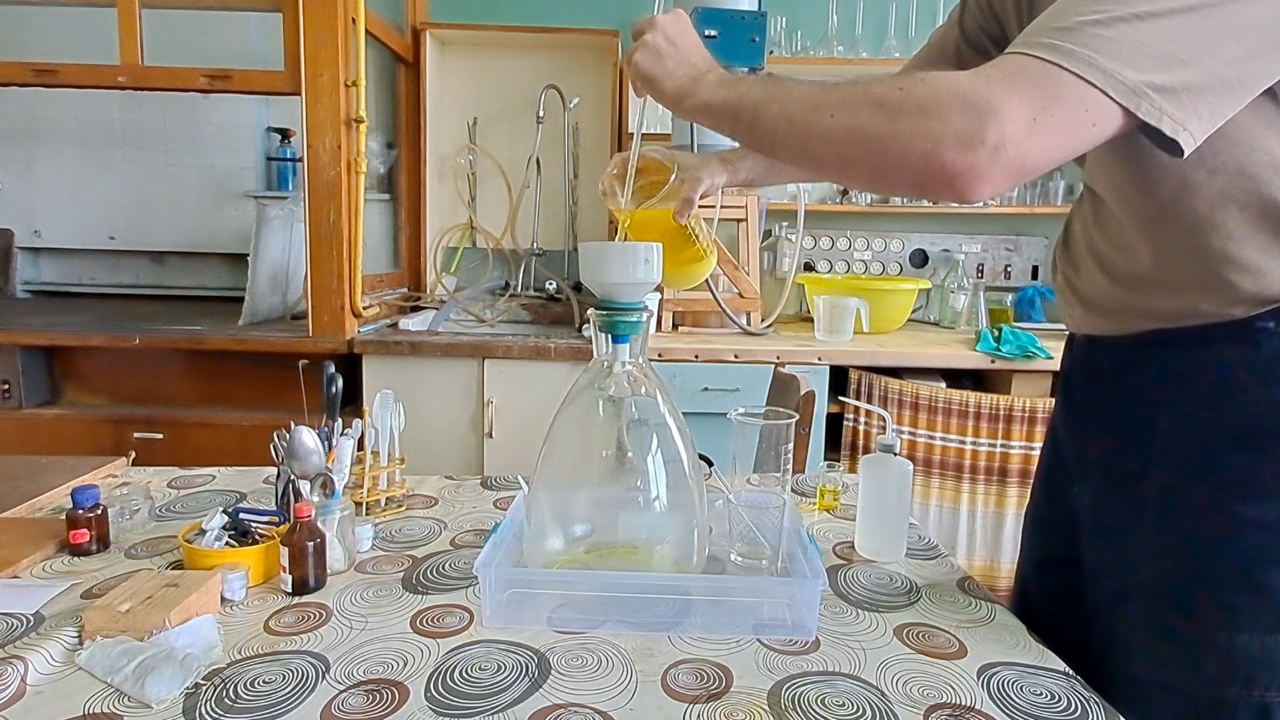
|
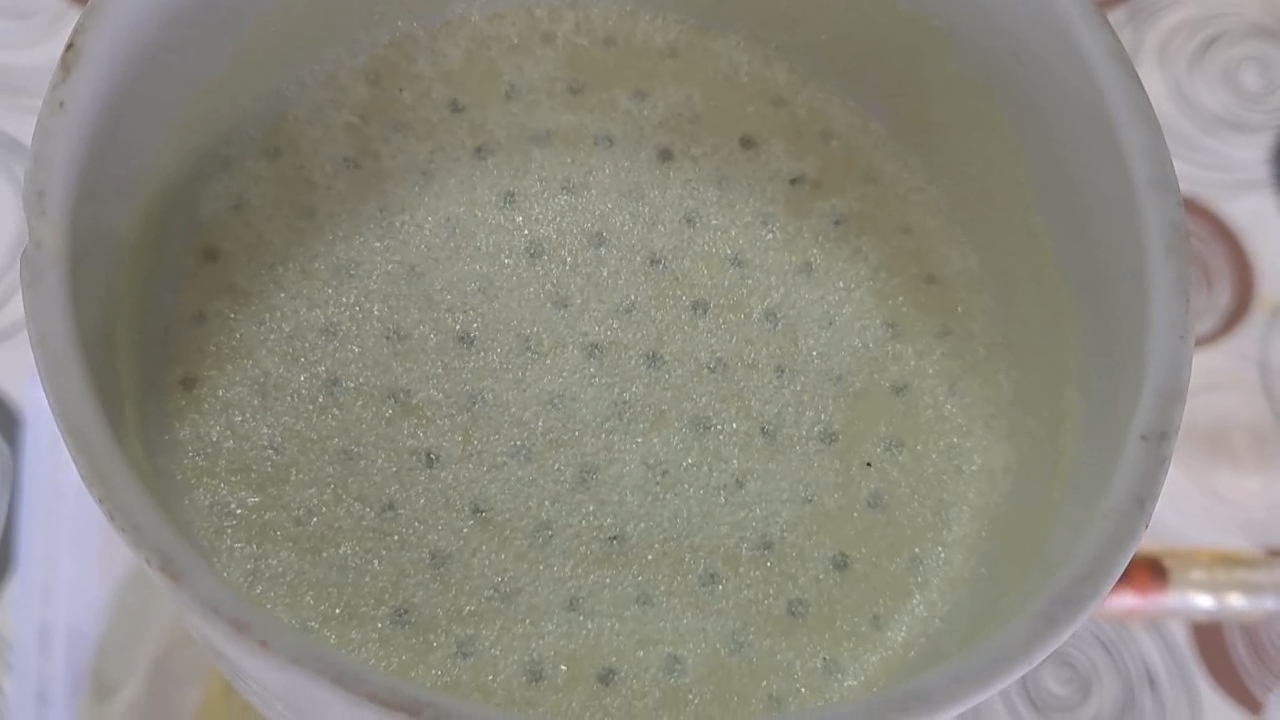
|
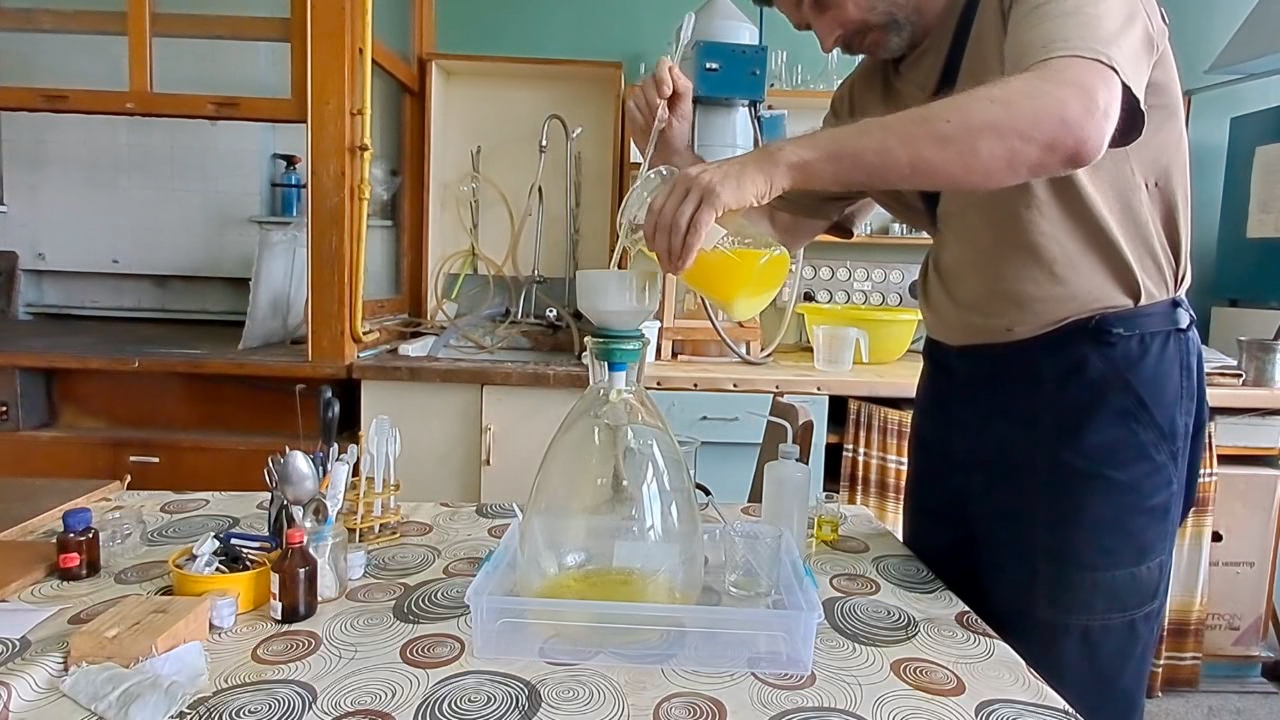
|
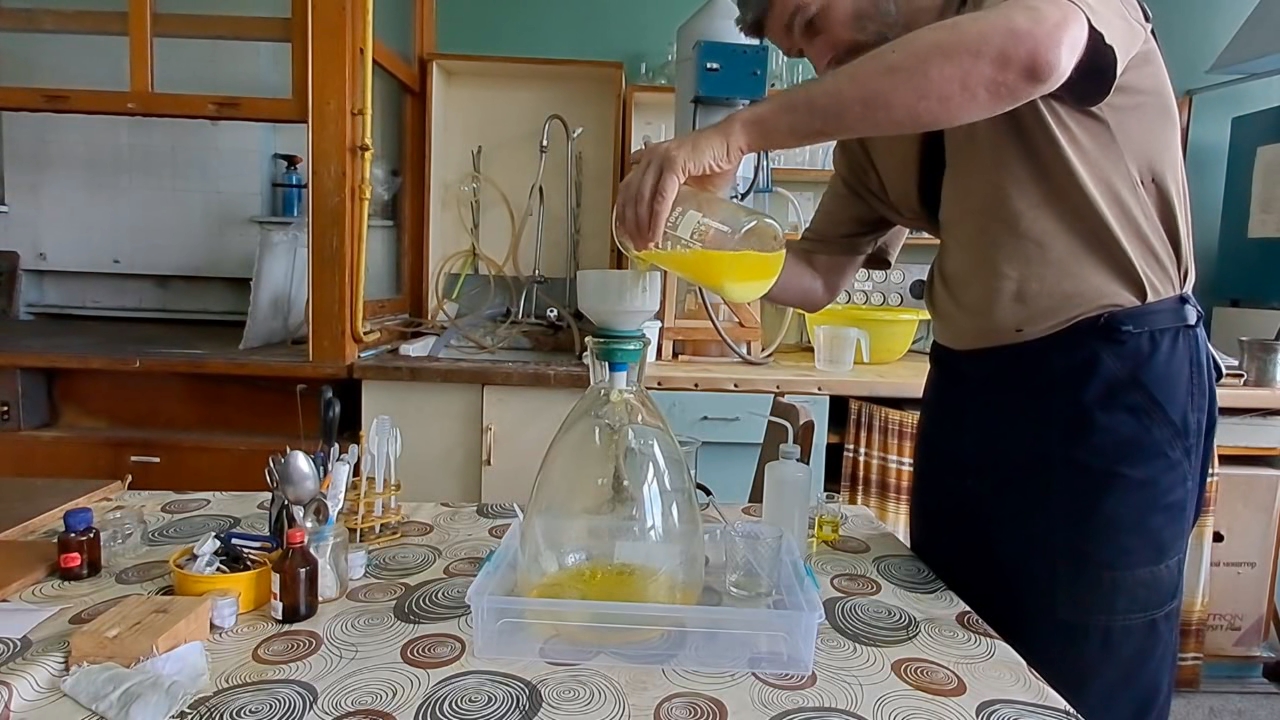
|
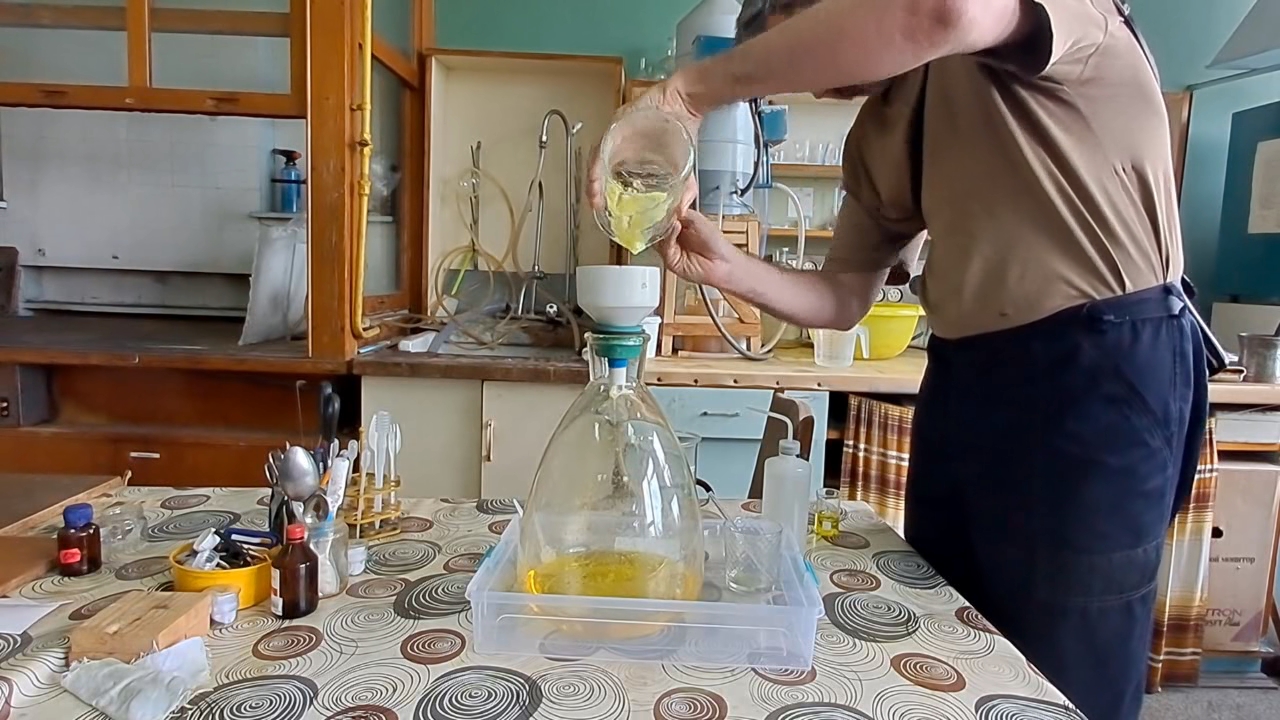
|
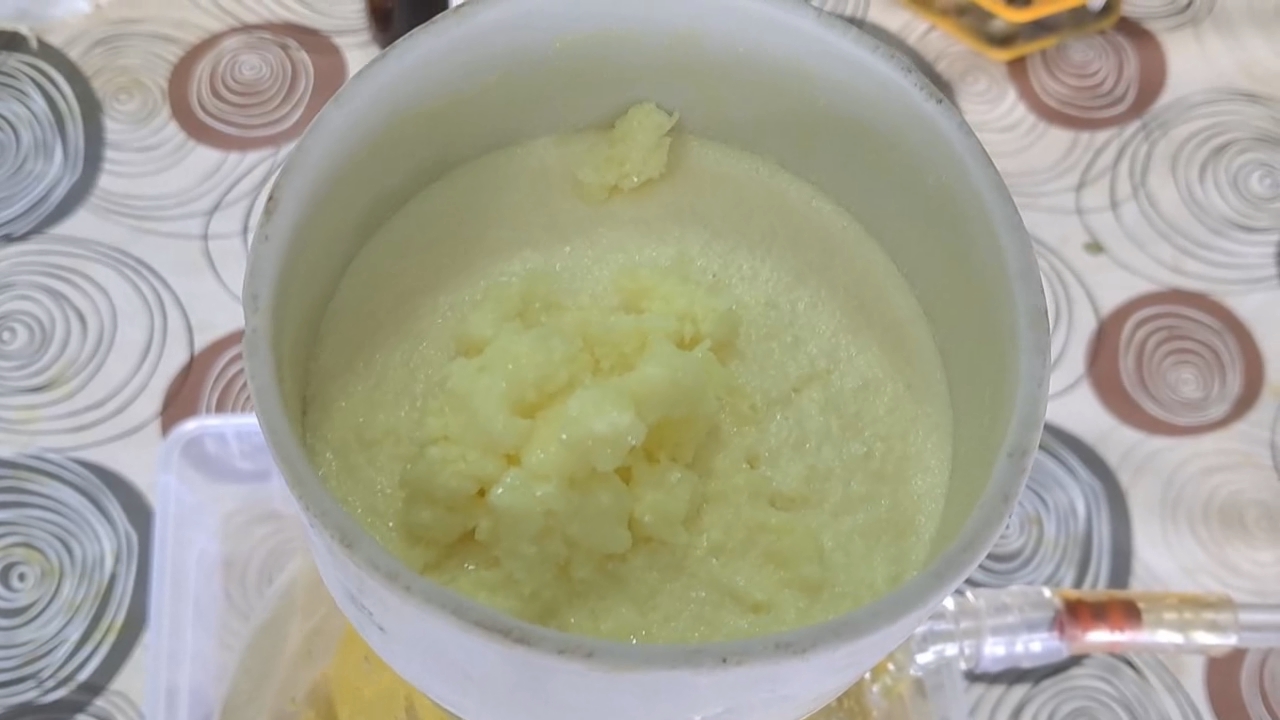
|
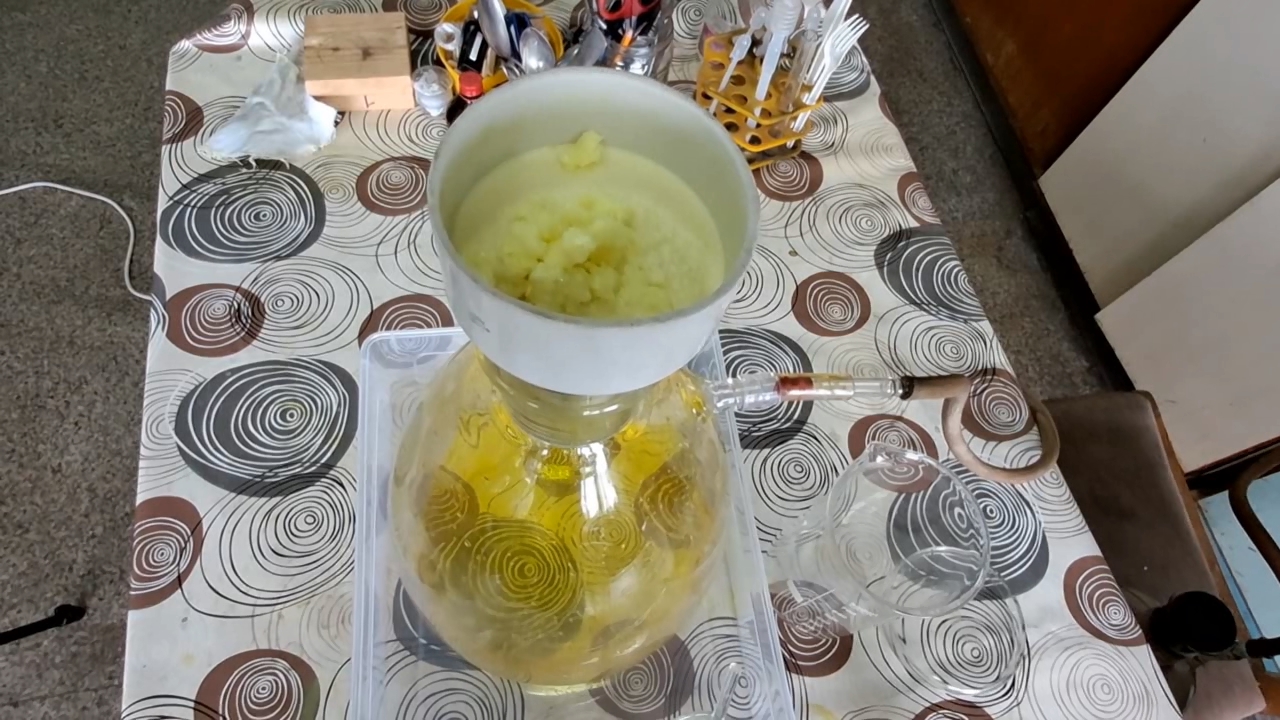
|
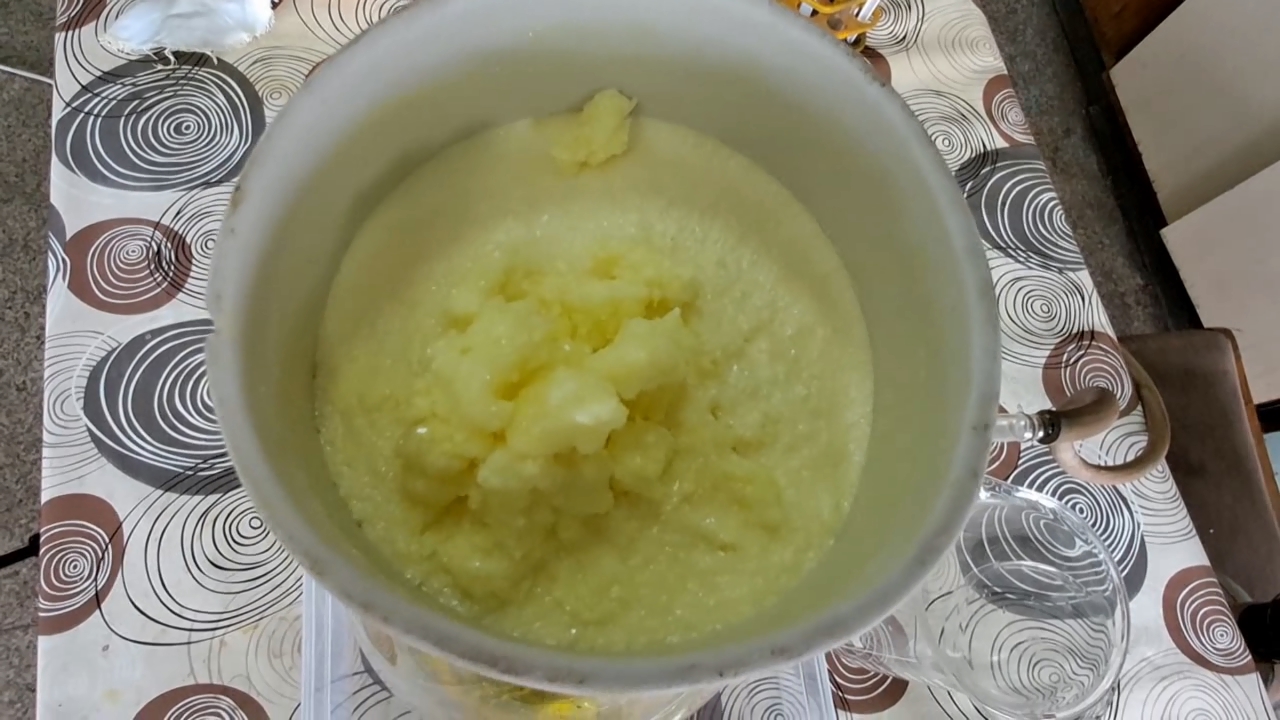
|
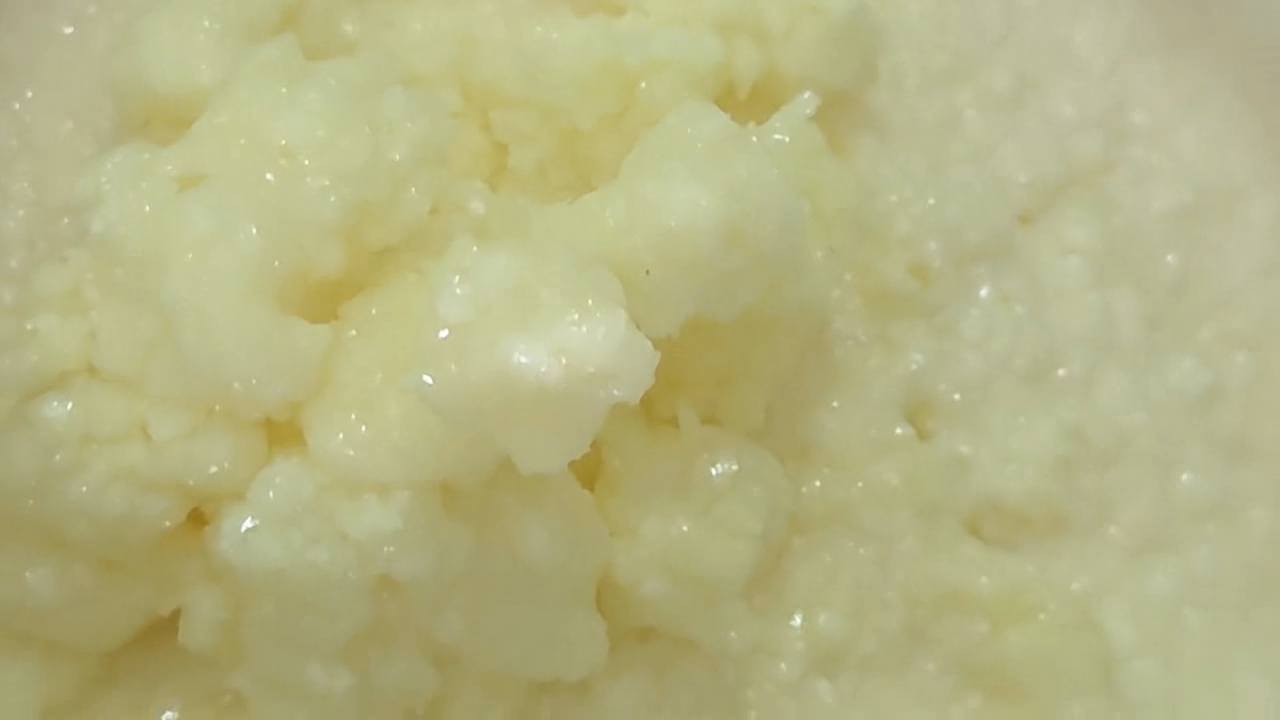
|
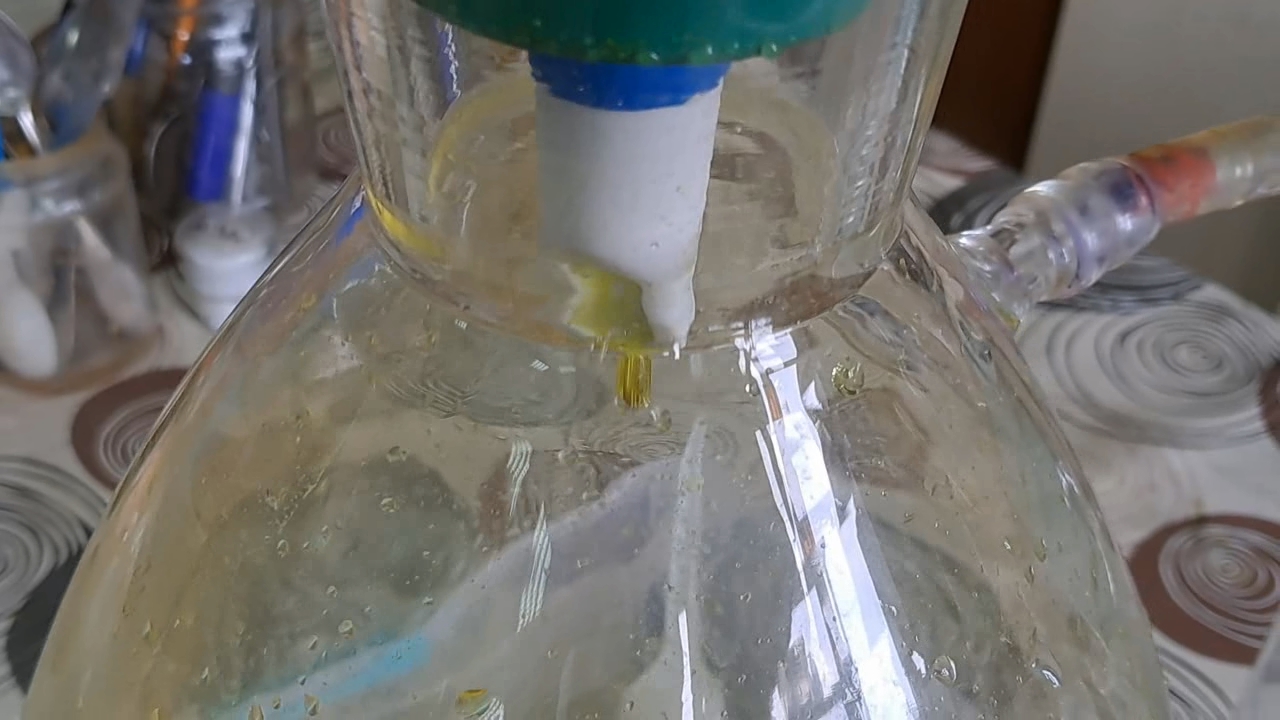
|
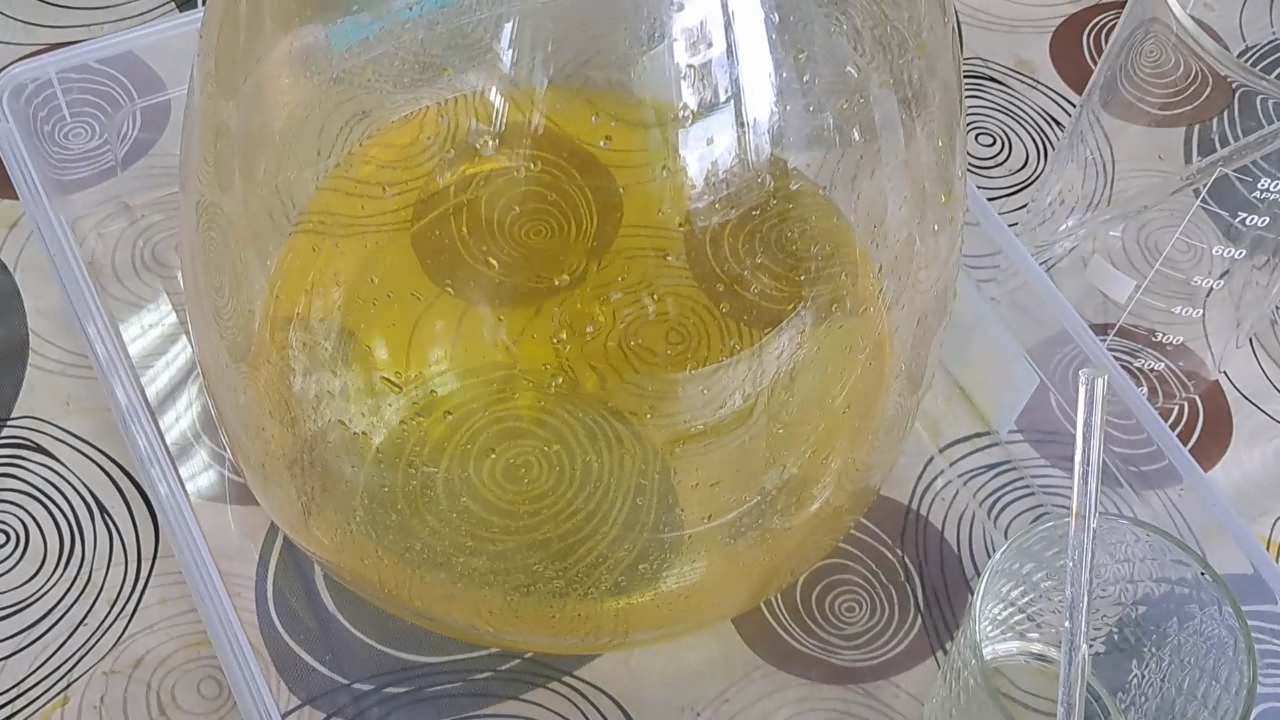
|
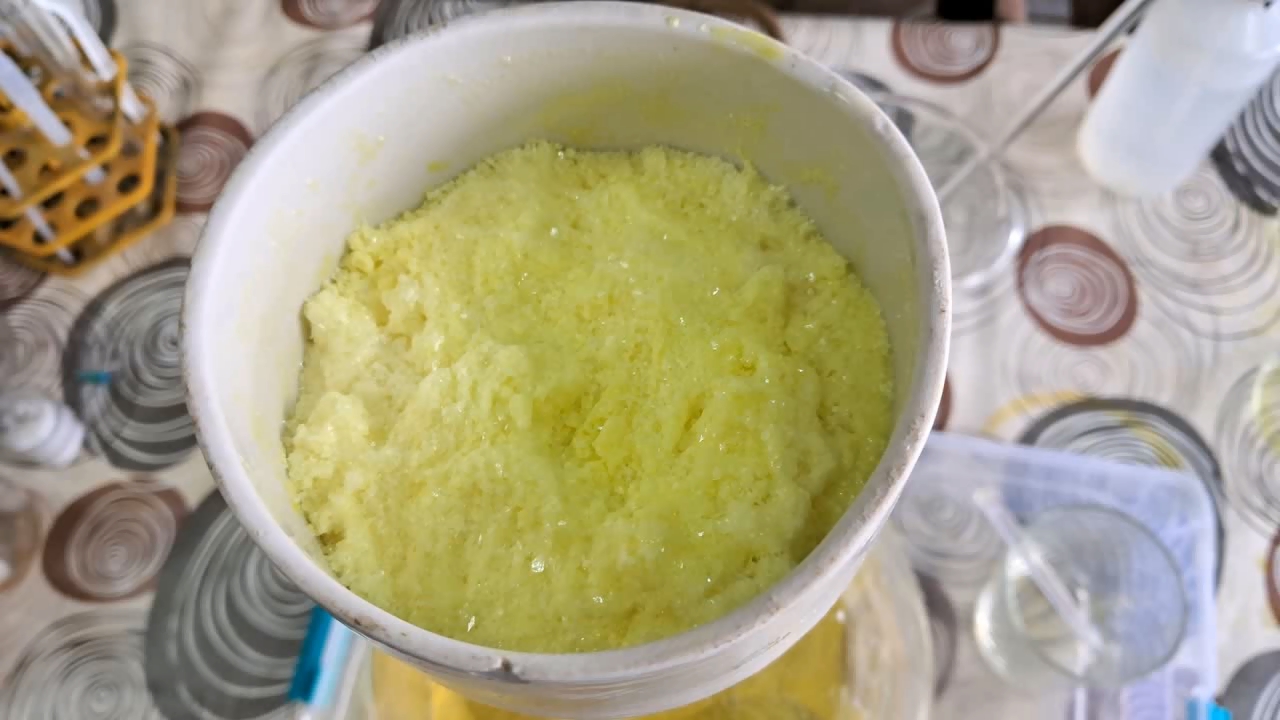
|
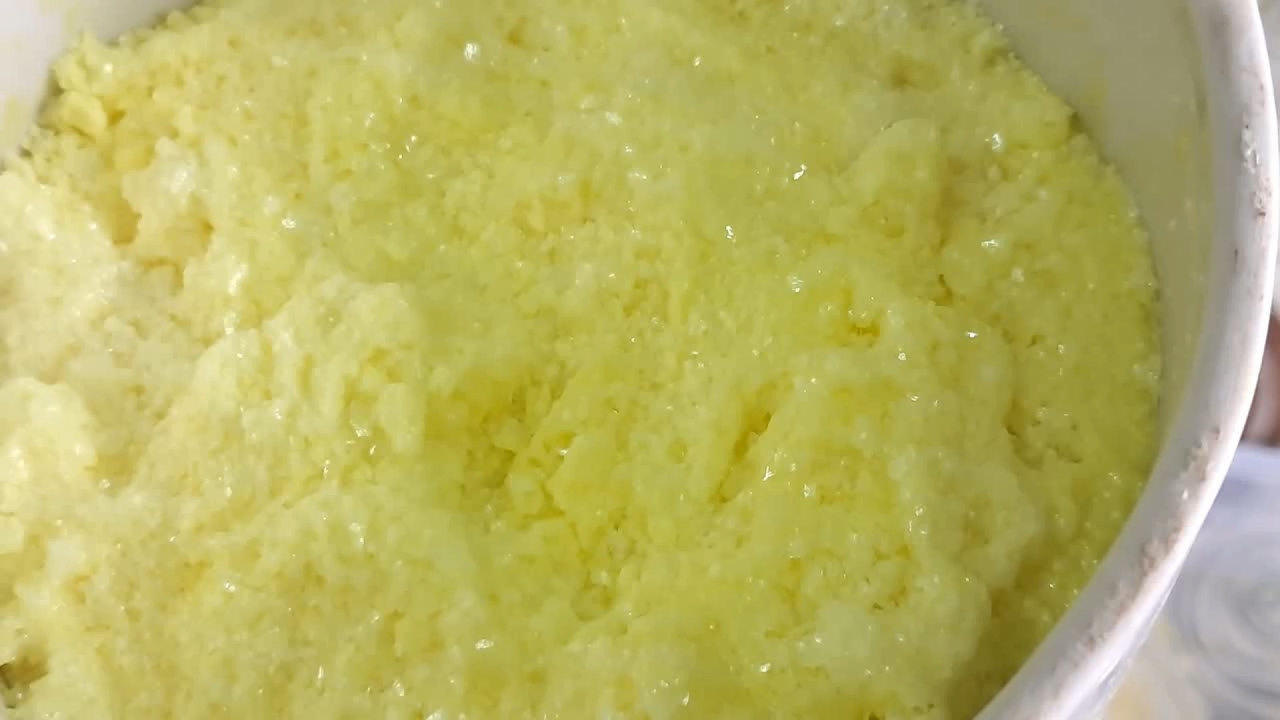
|
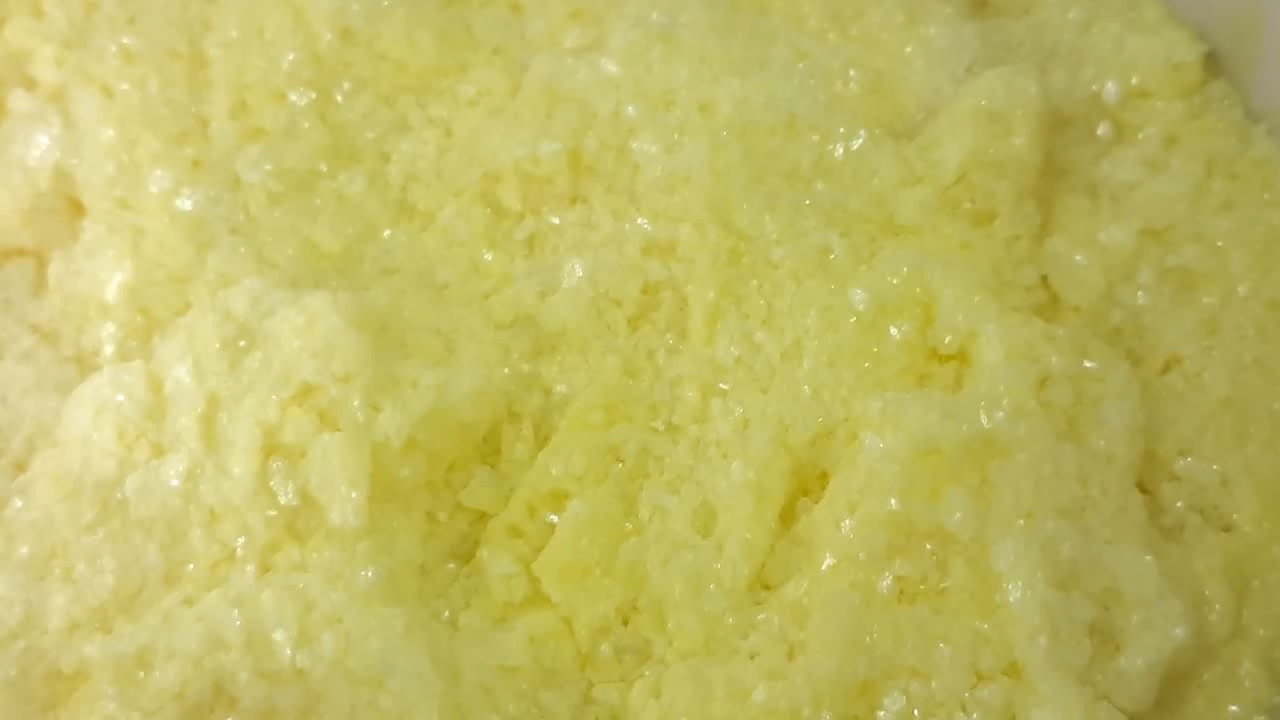
|
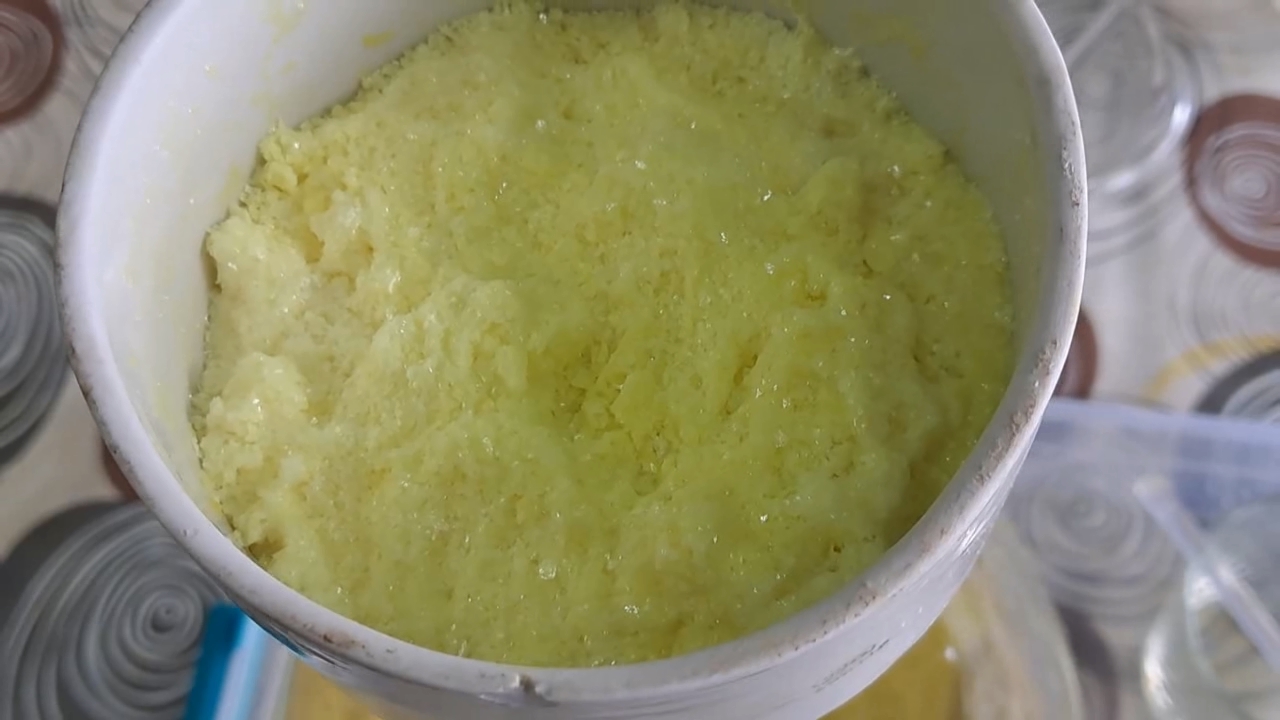
|
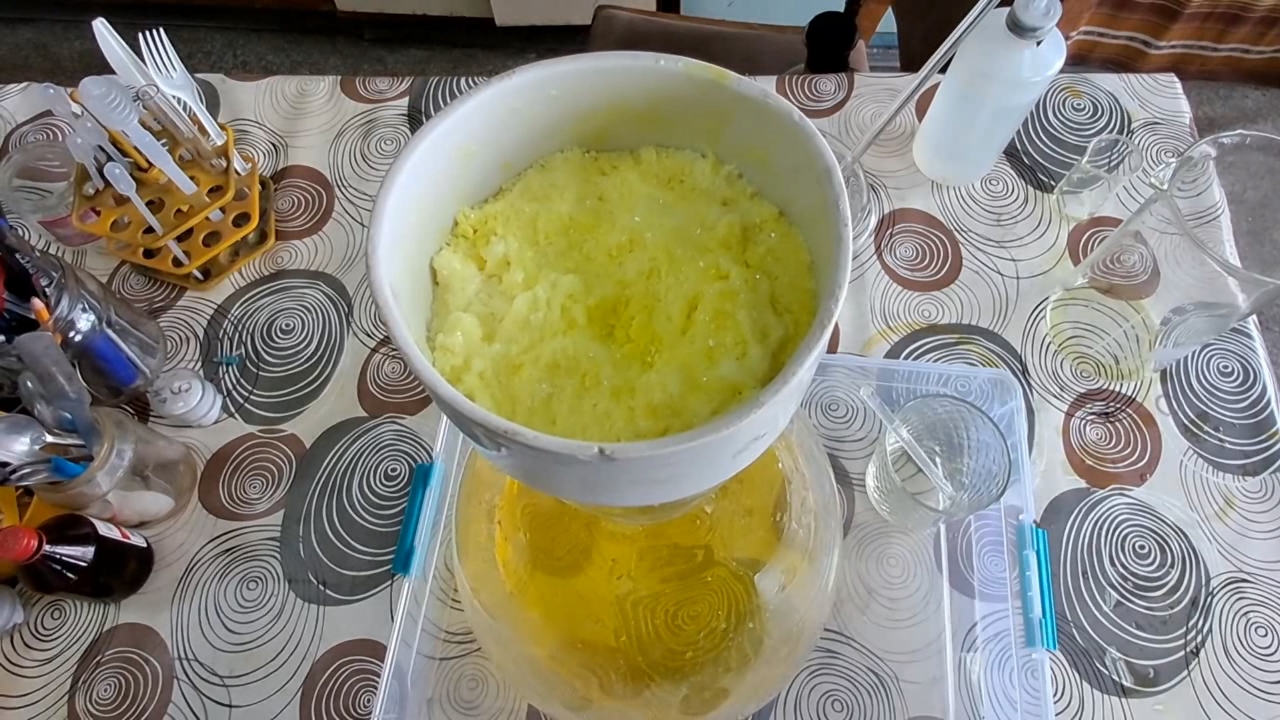
|
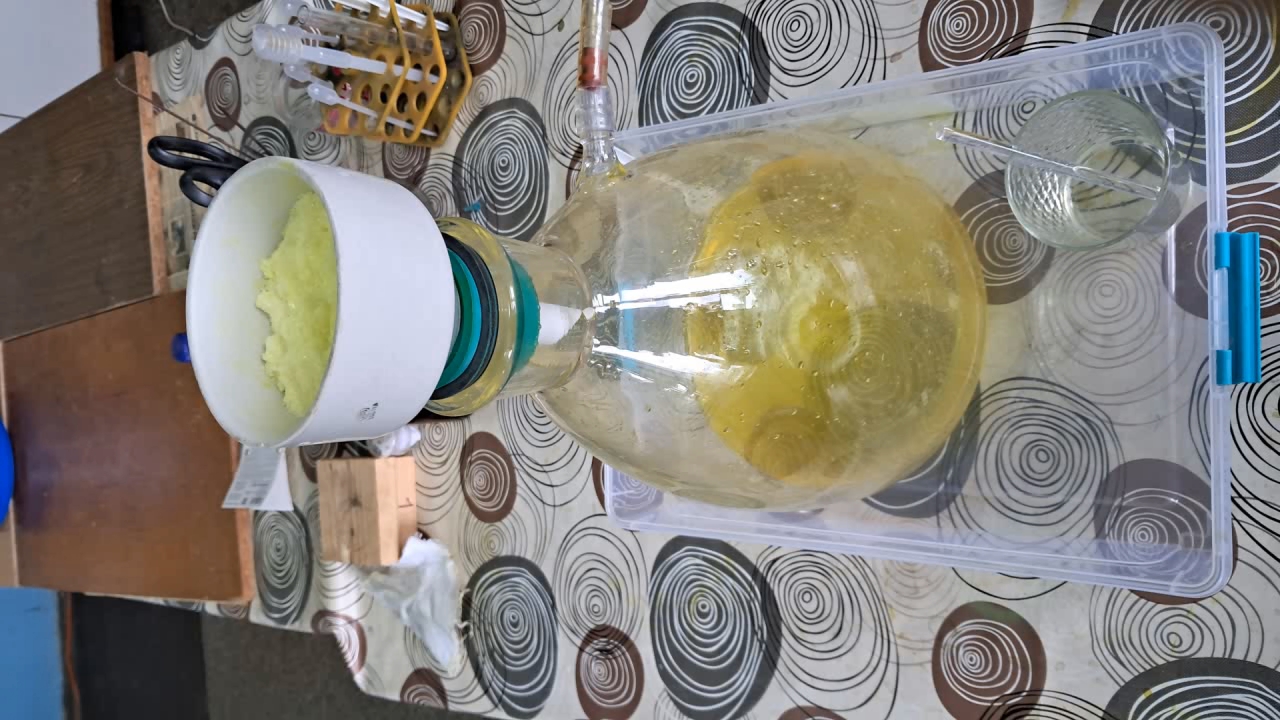
|
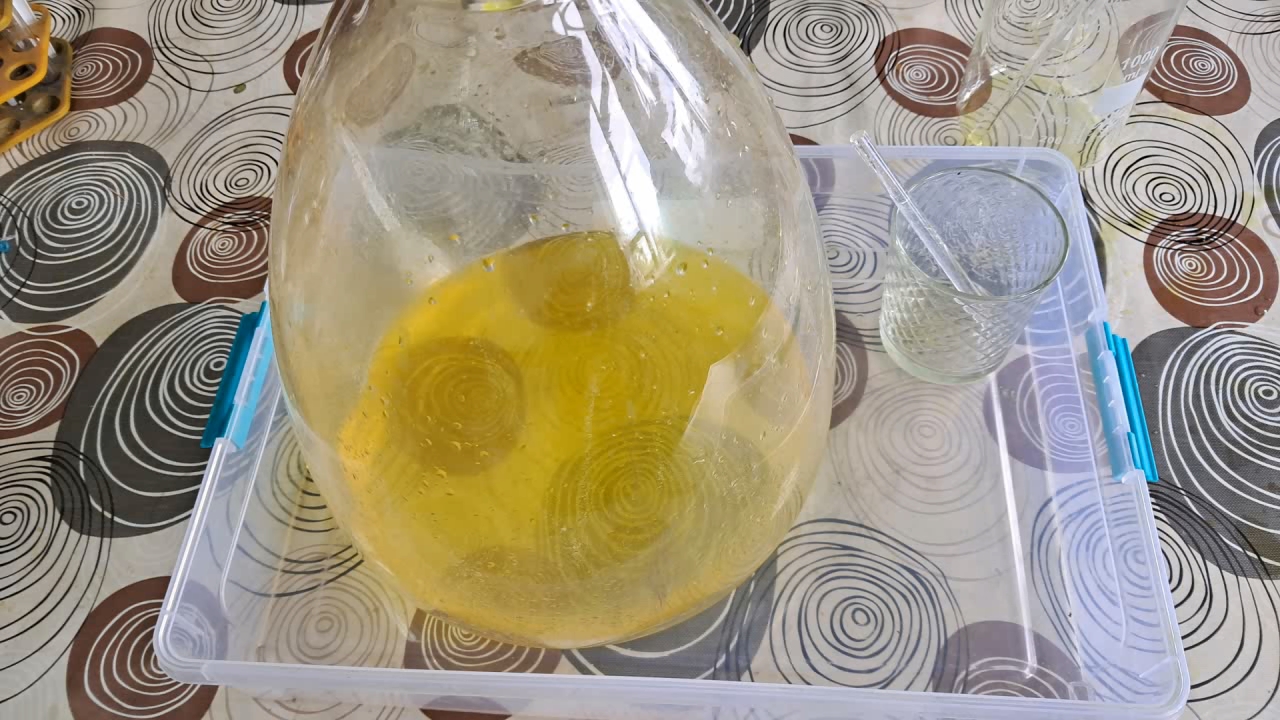
|
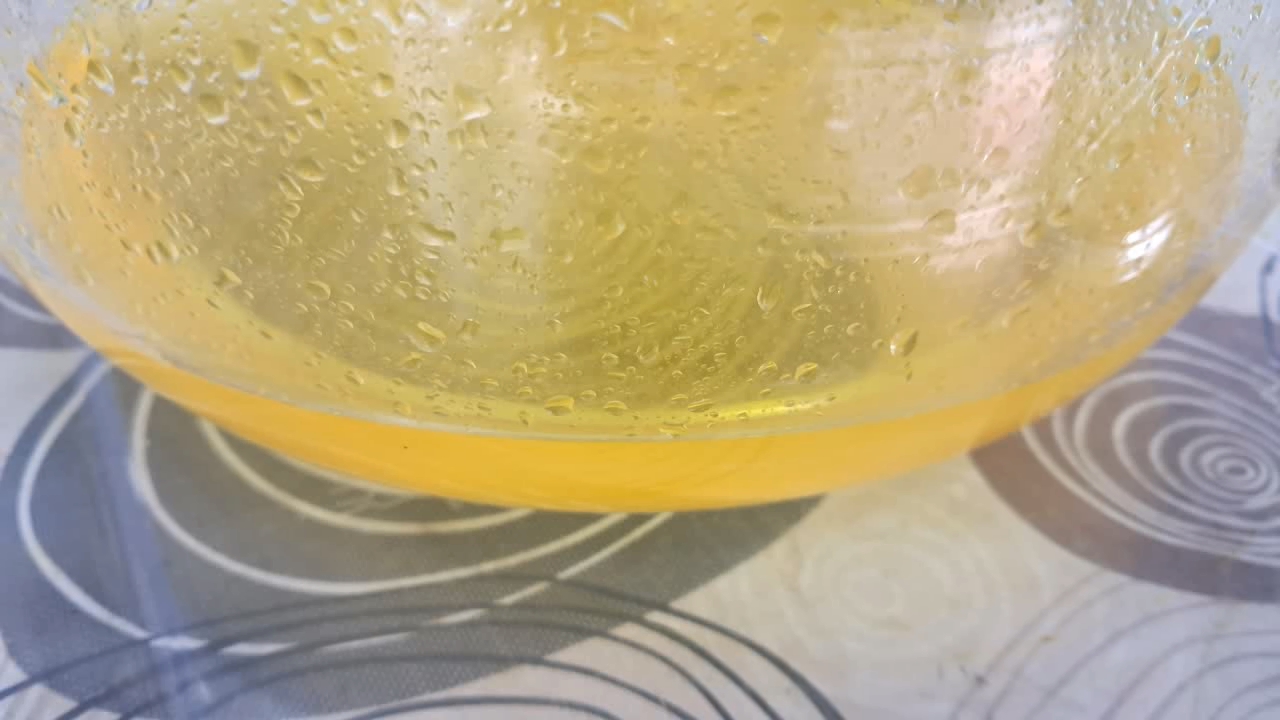
|
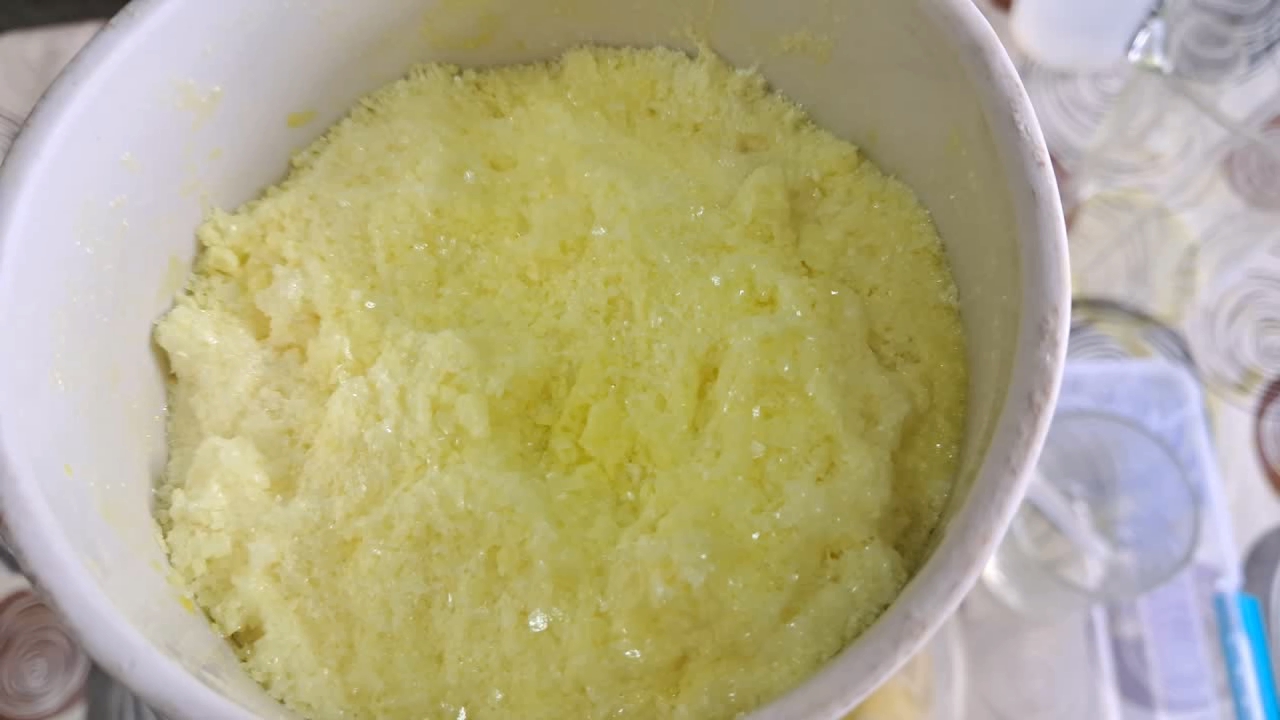
|
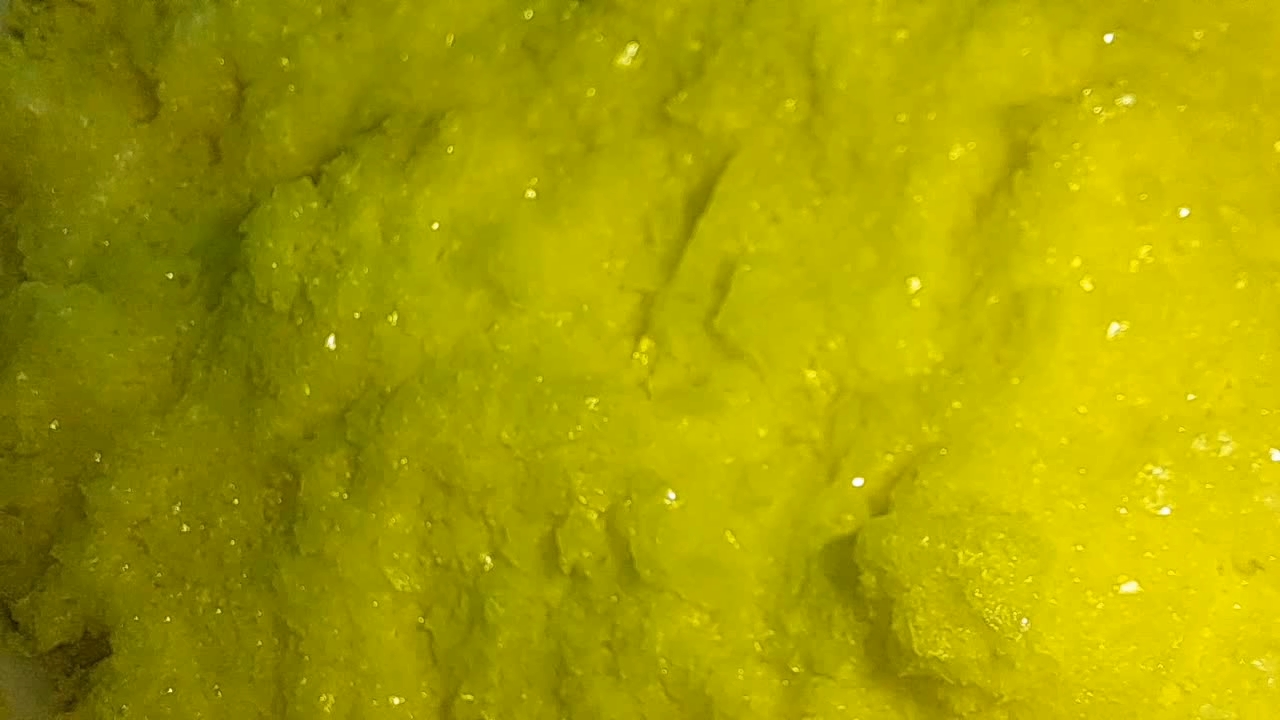
|
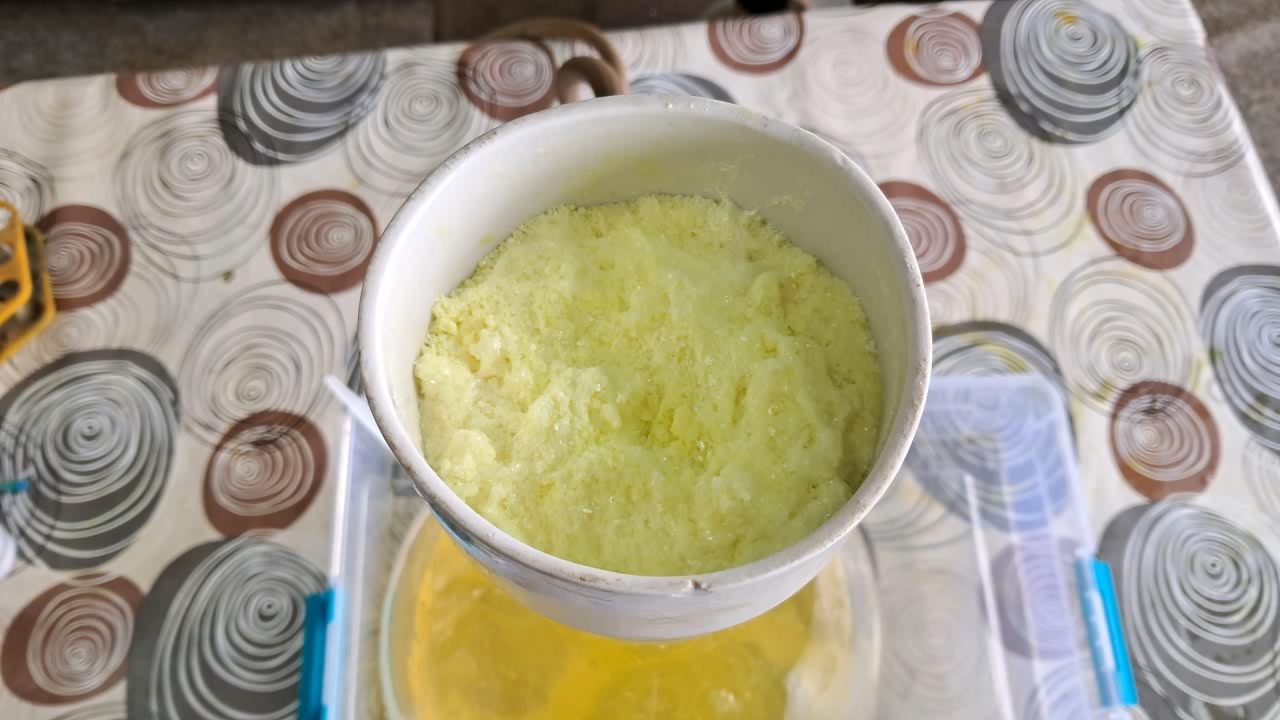
|
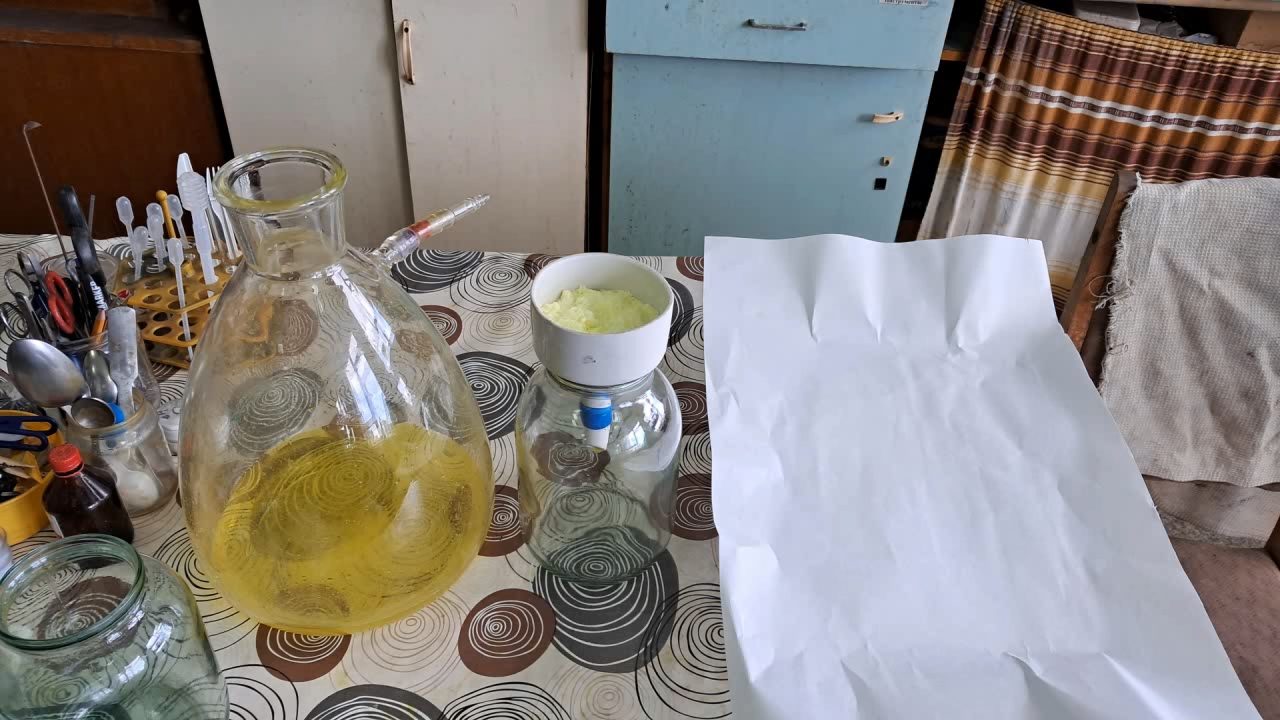
|
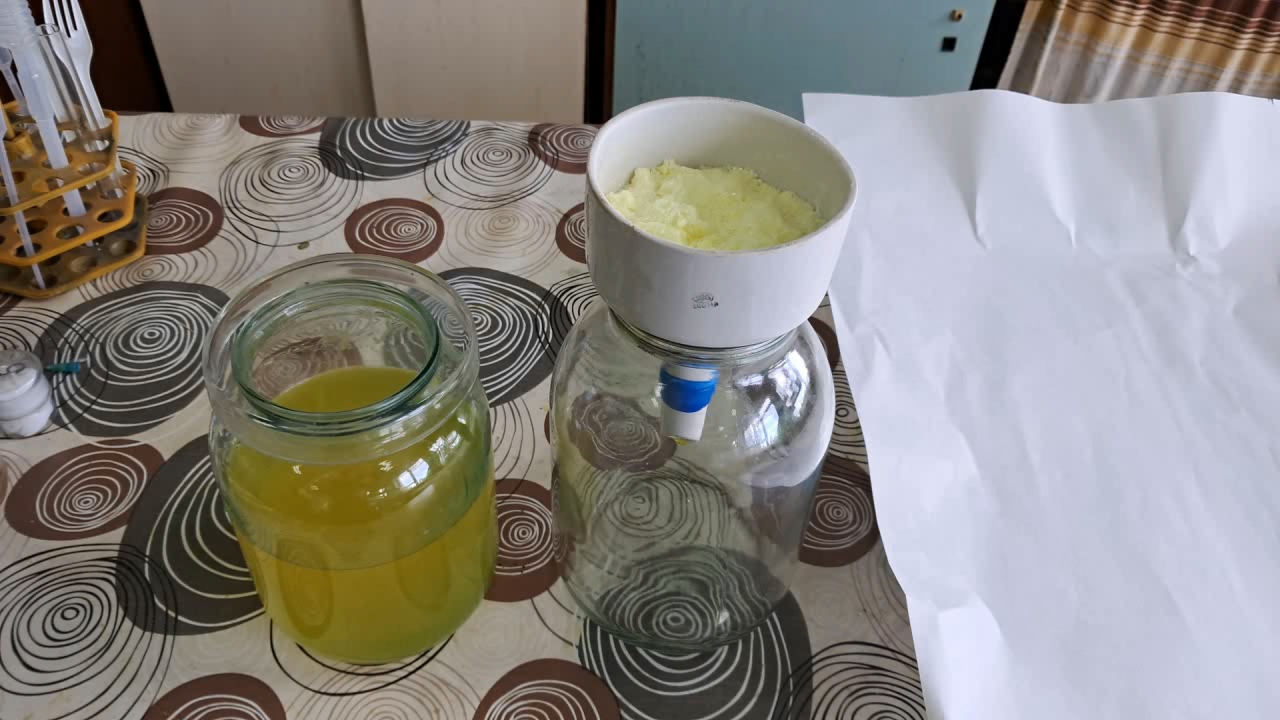
|
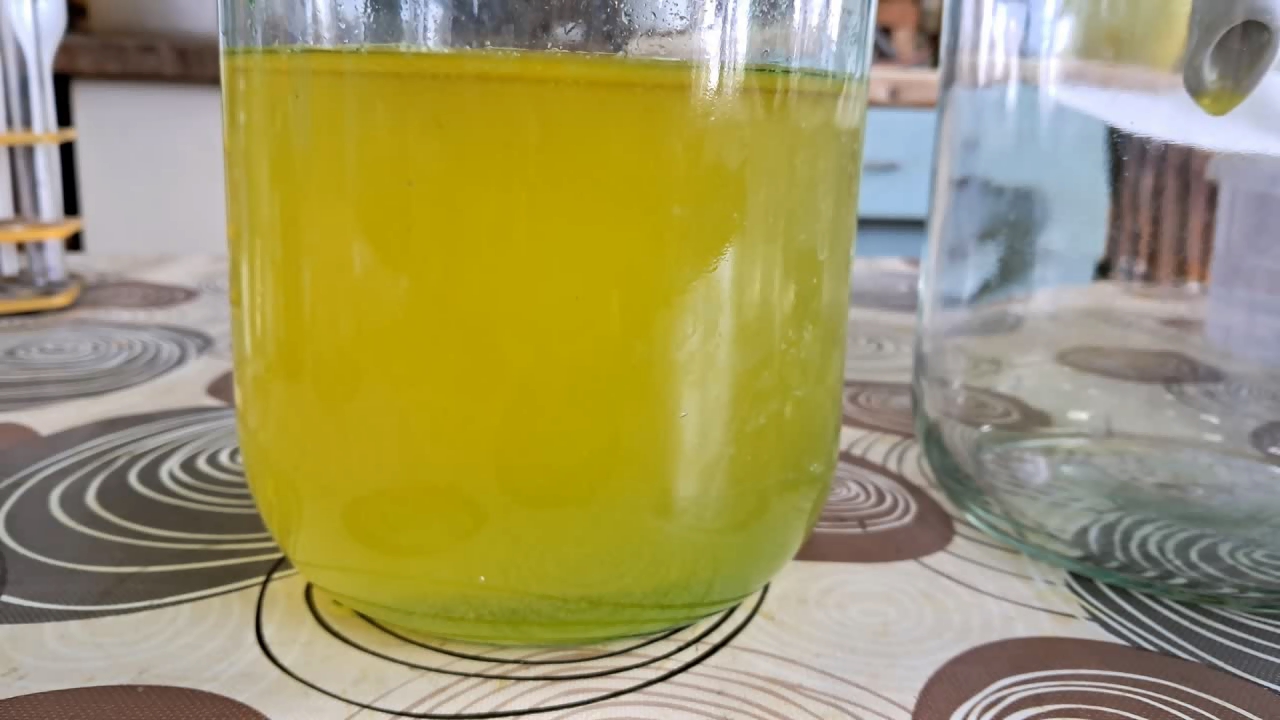
|
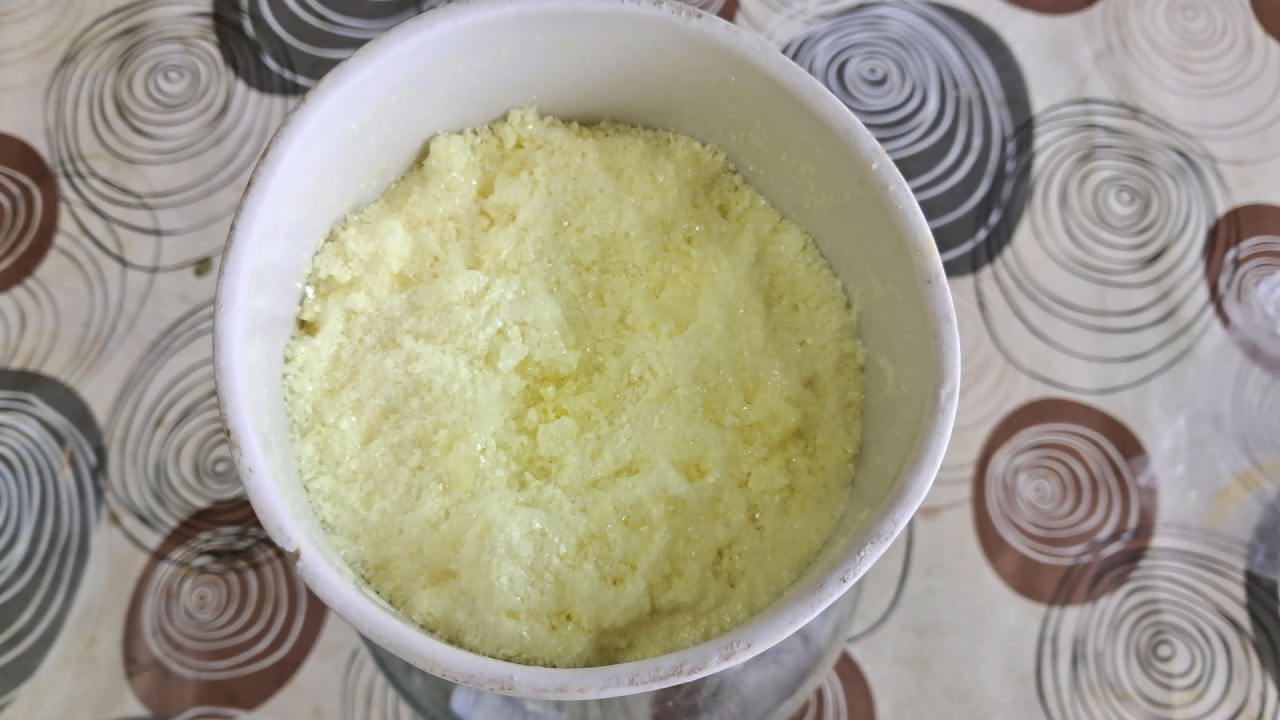
|
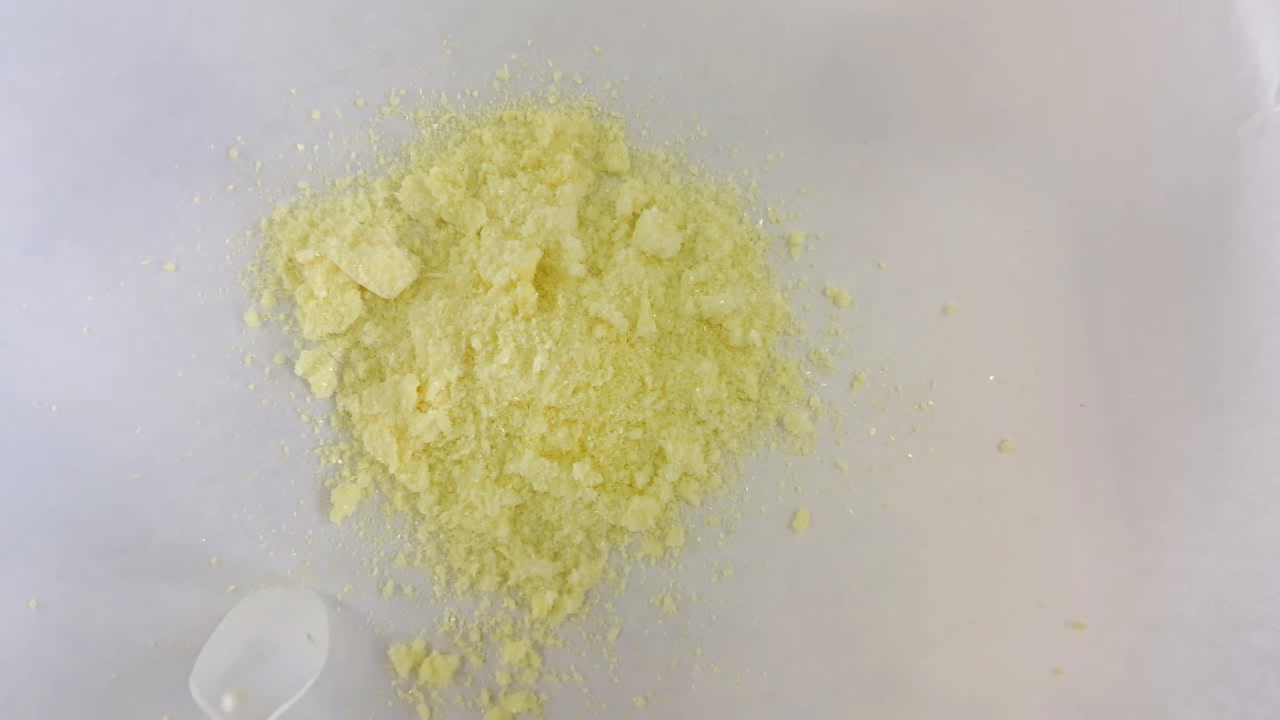
|
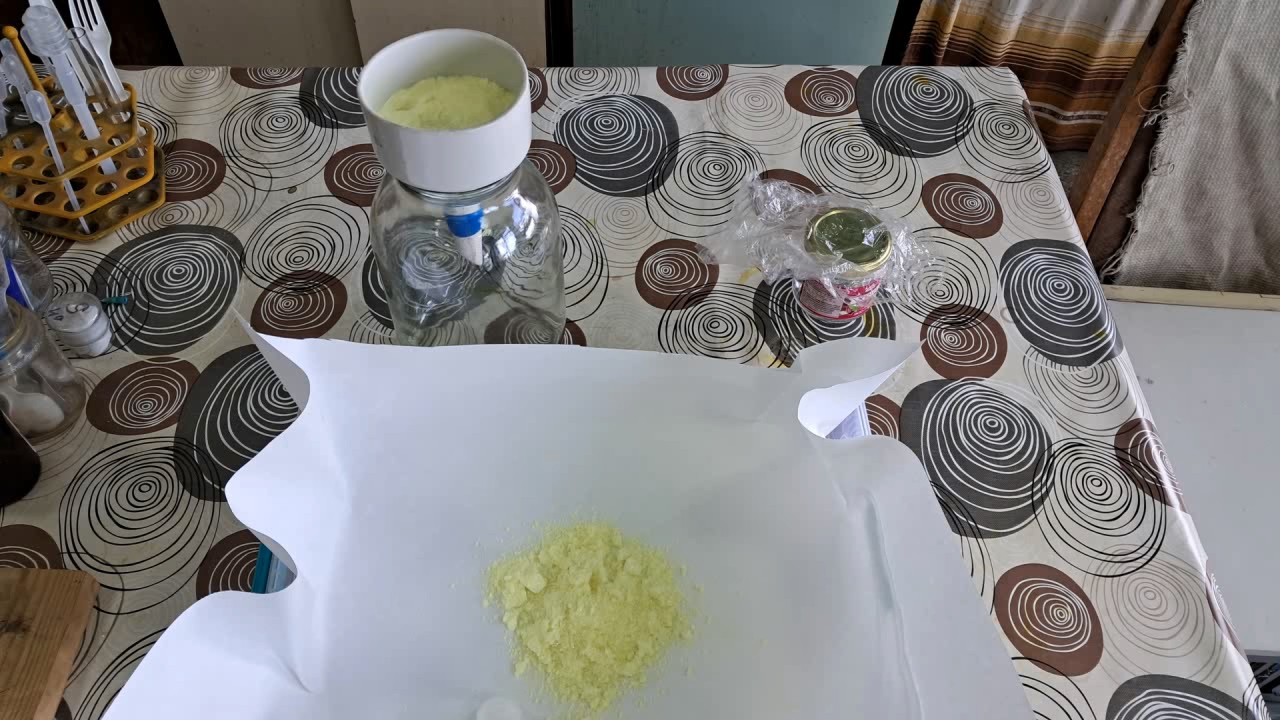
|
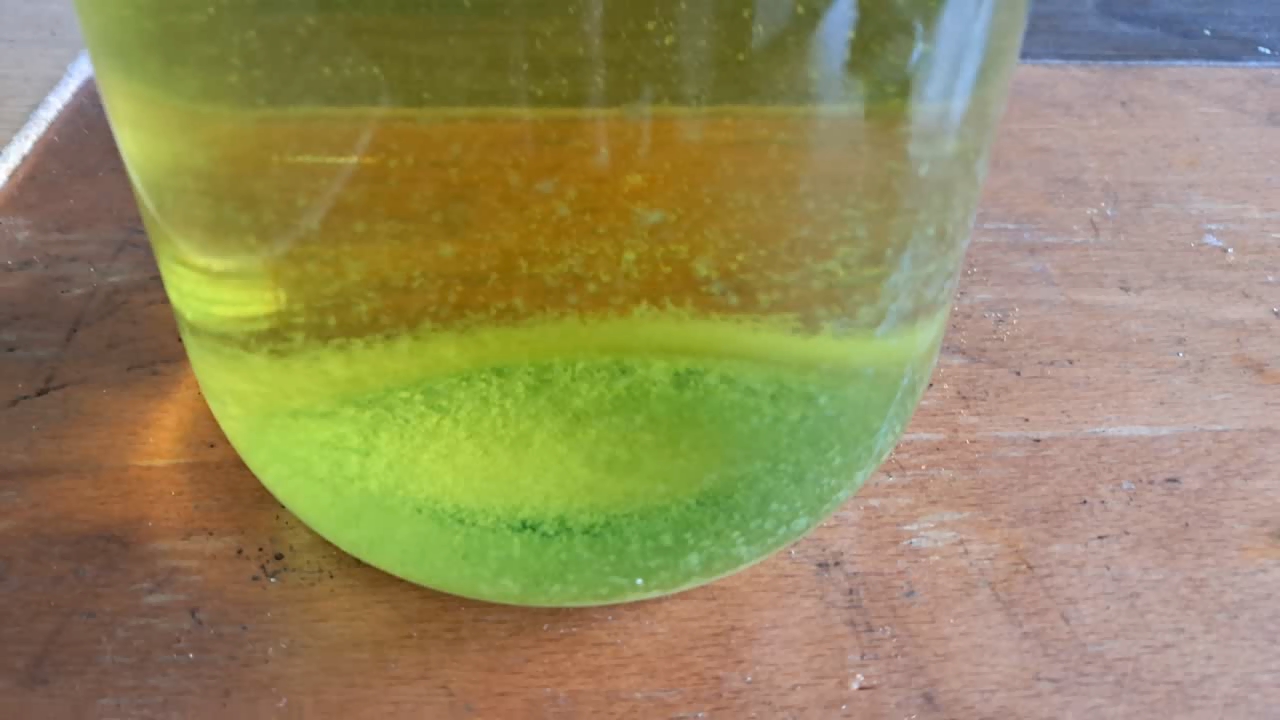
|
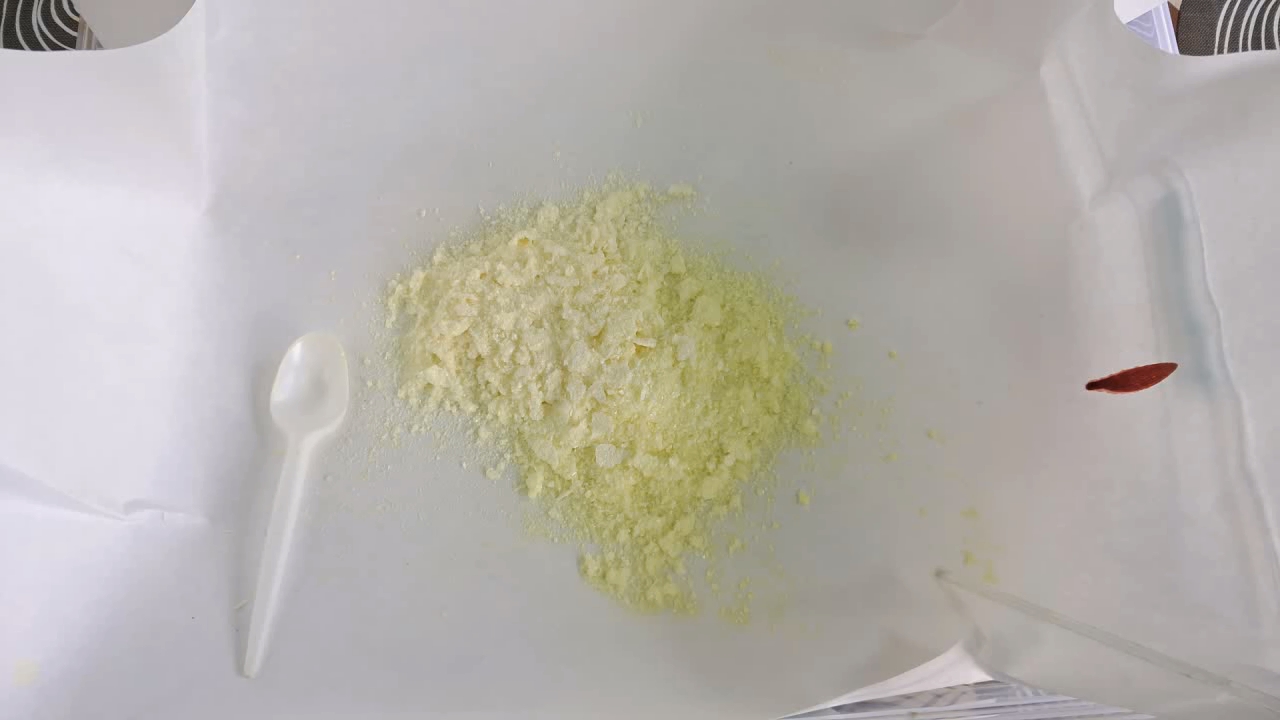
|
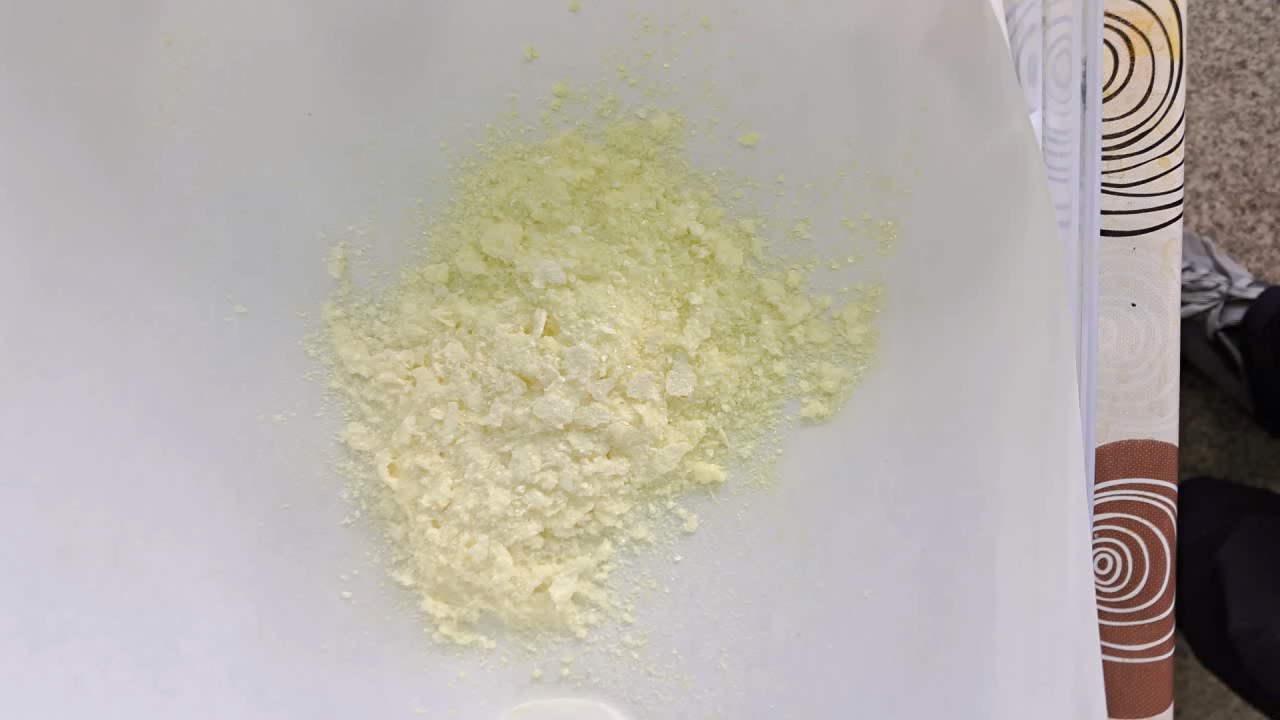
|
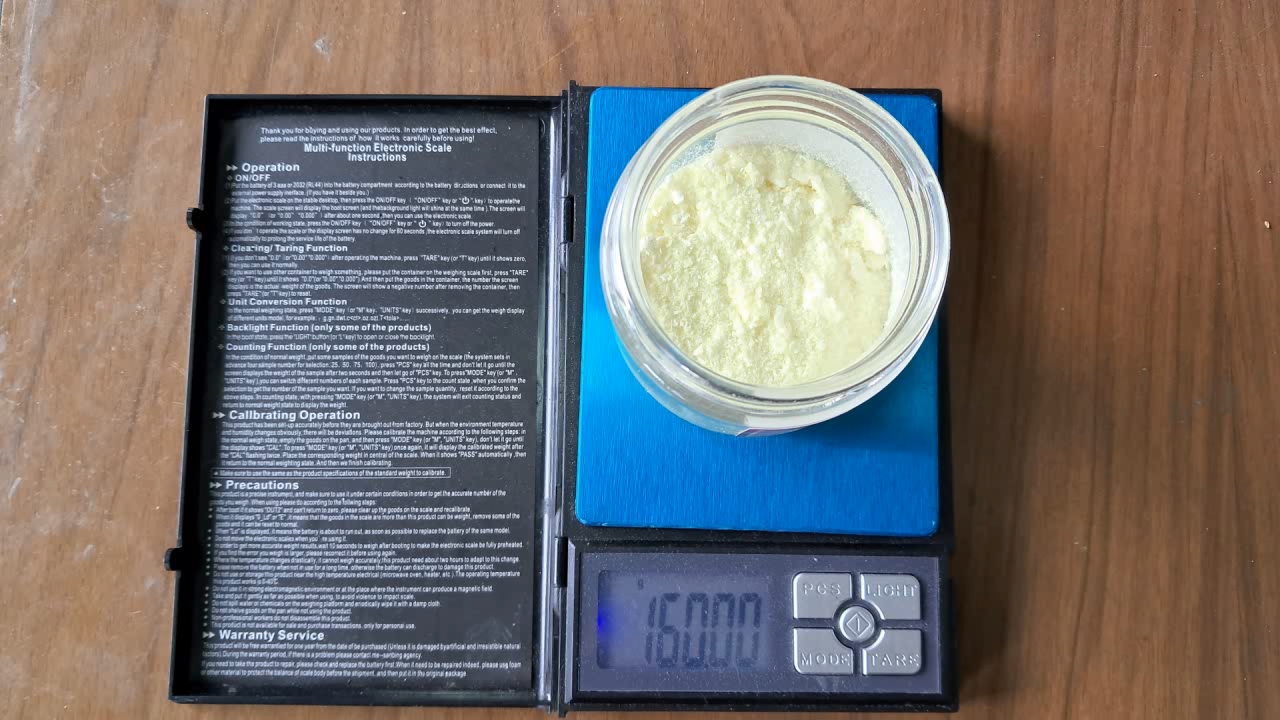
|
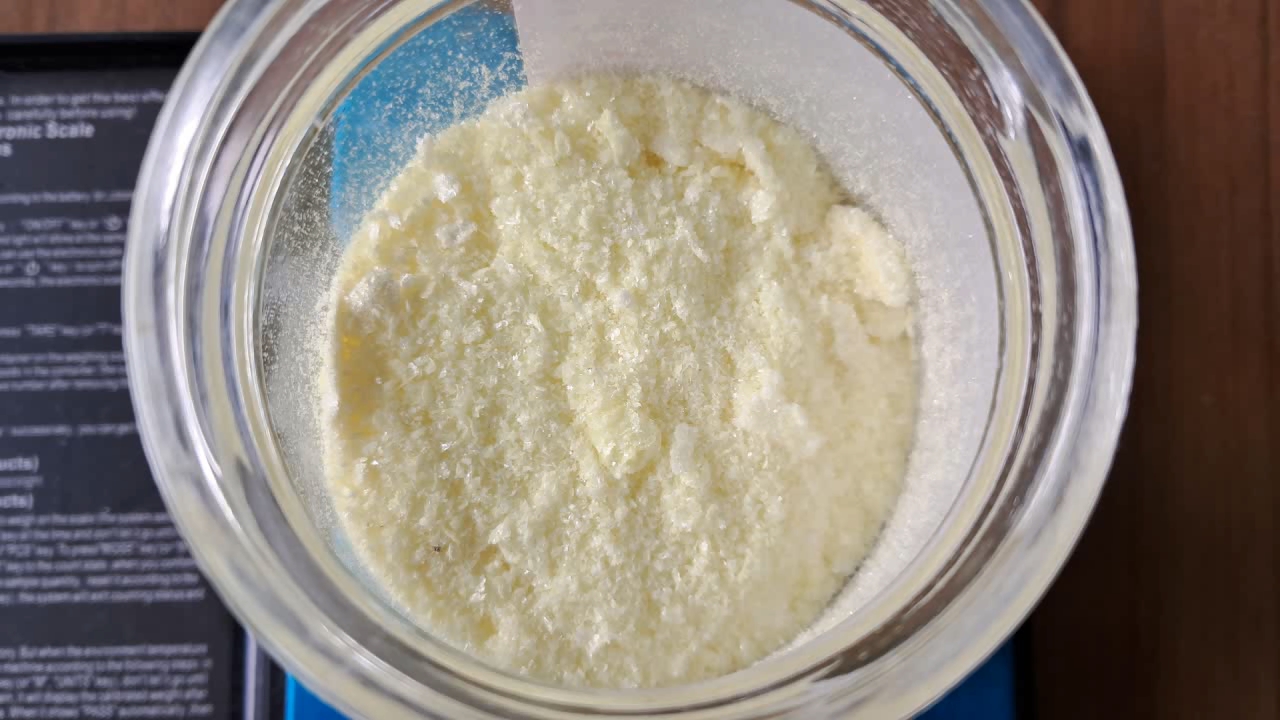
|
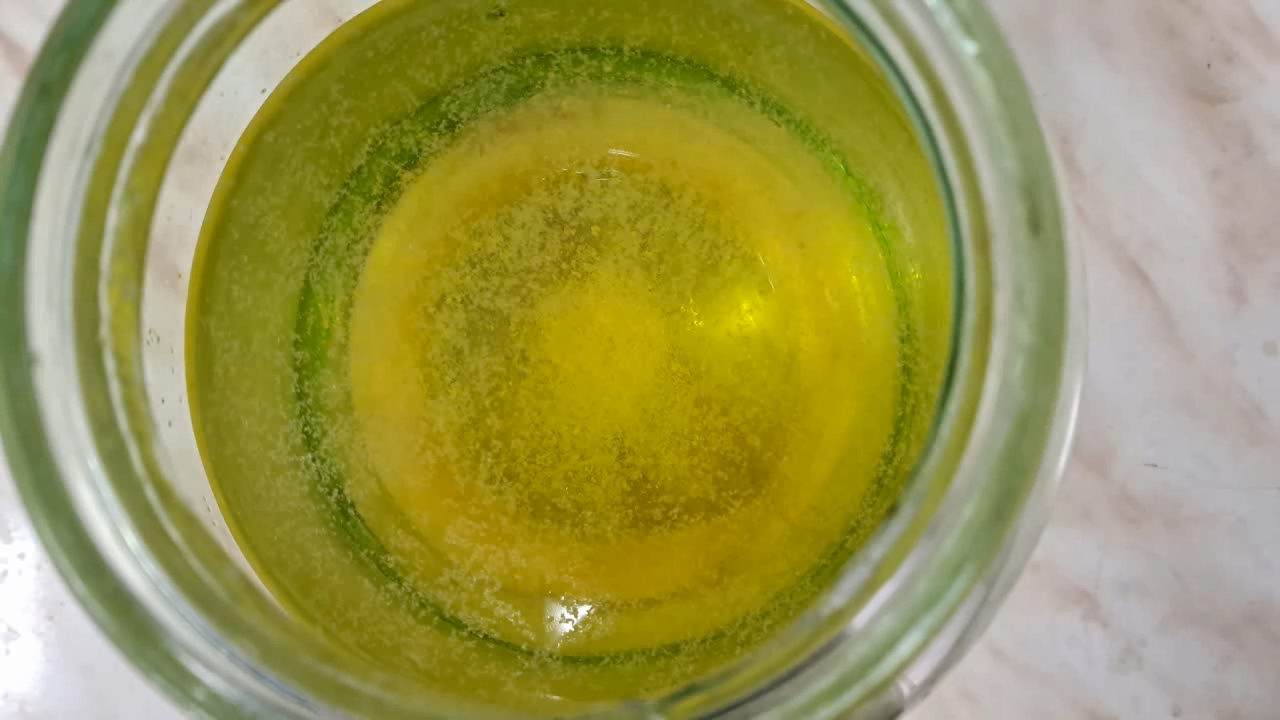
|
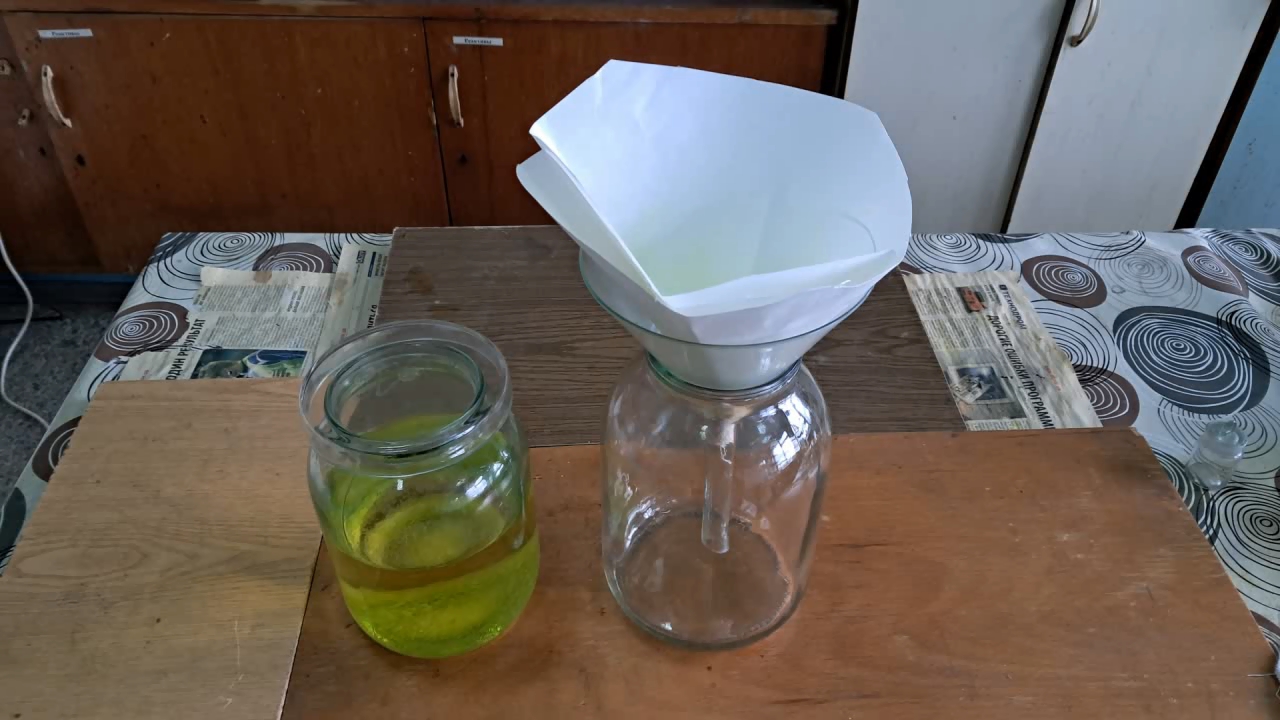
|
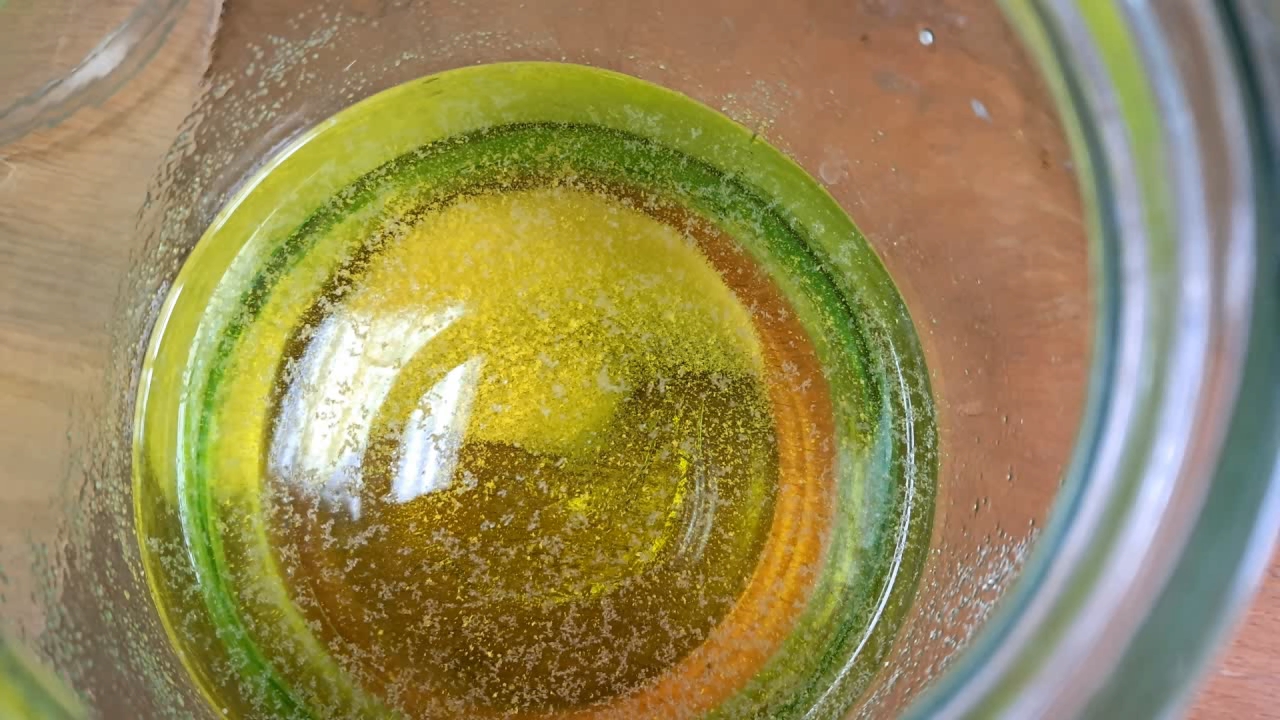
|
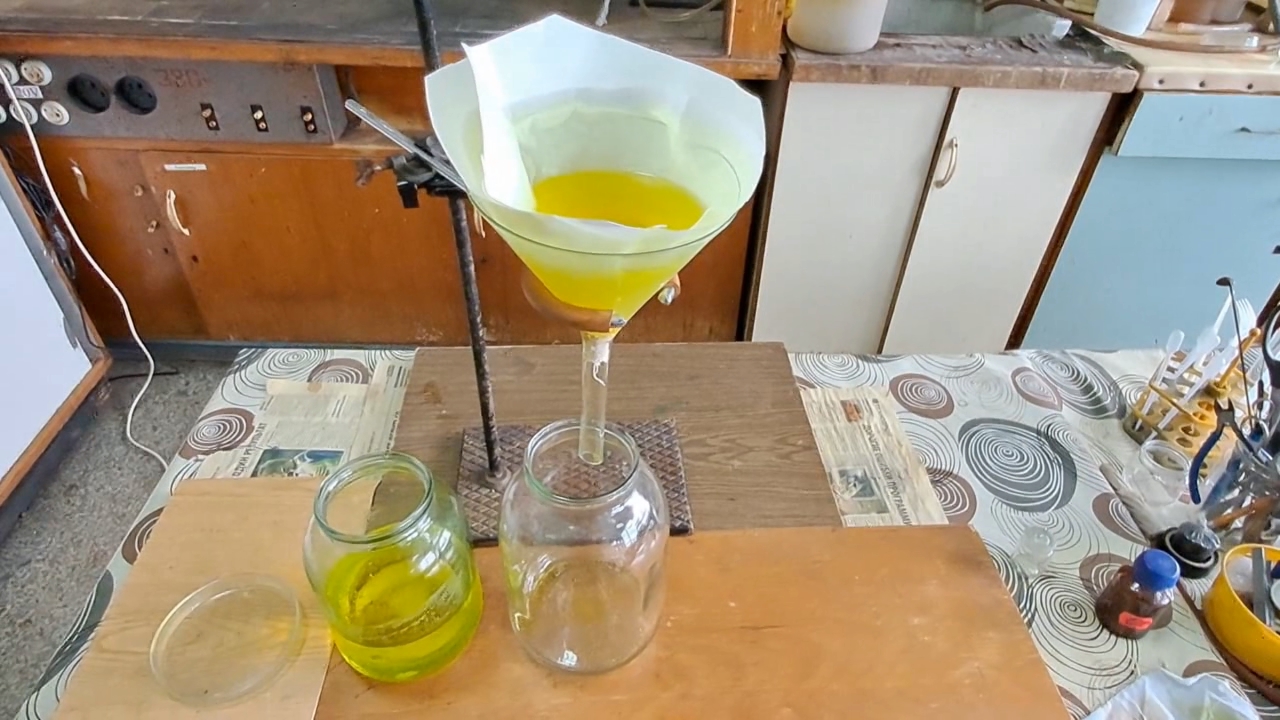
|
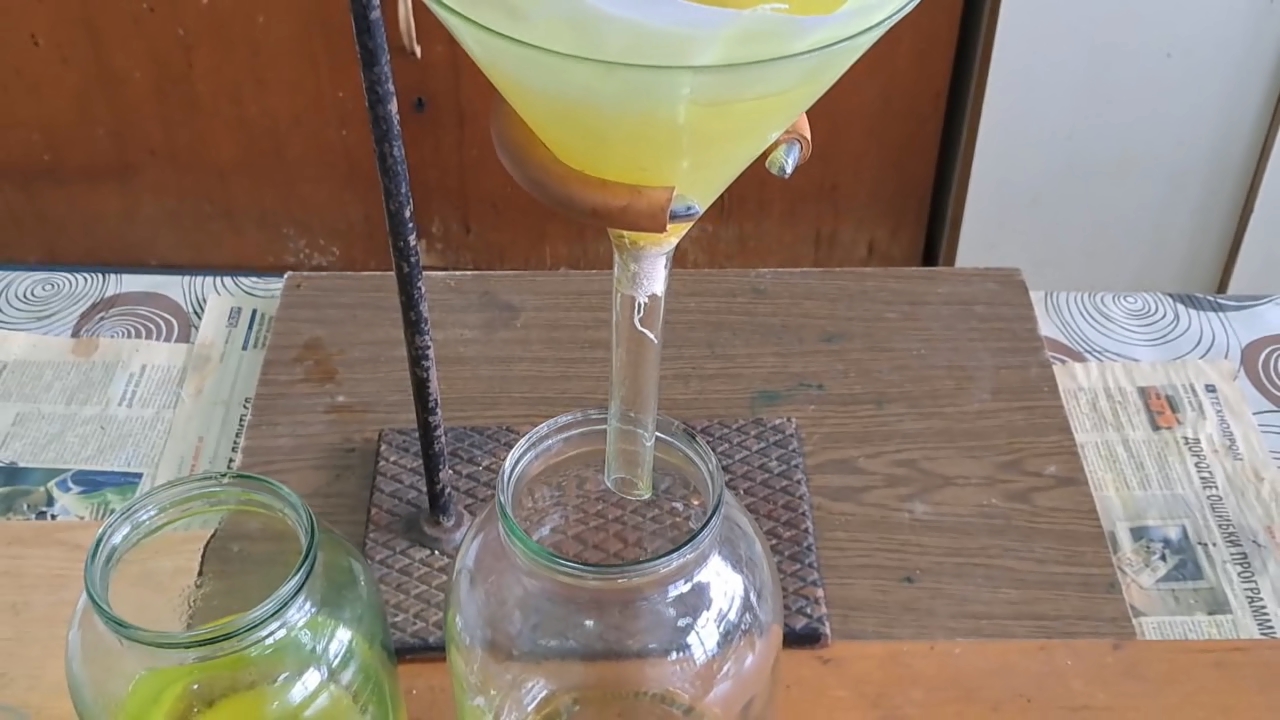
|
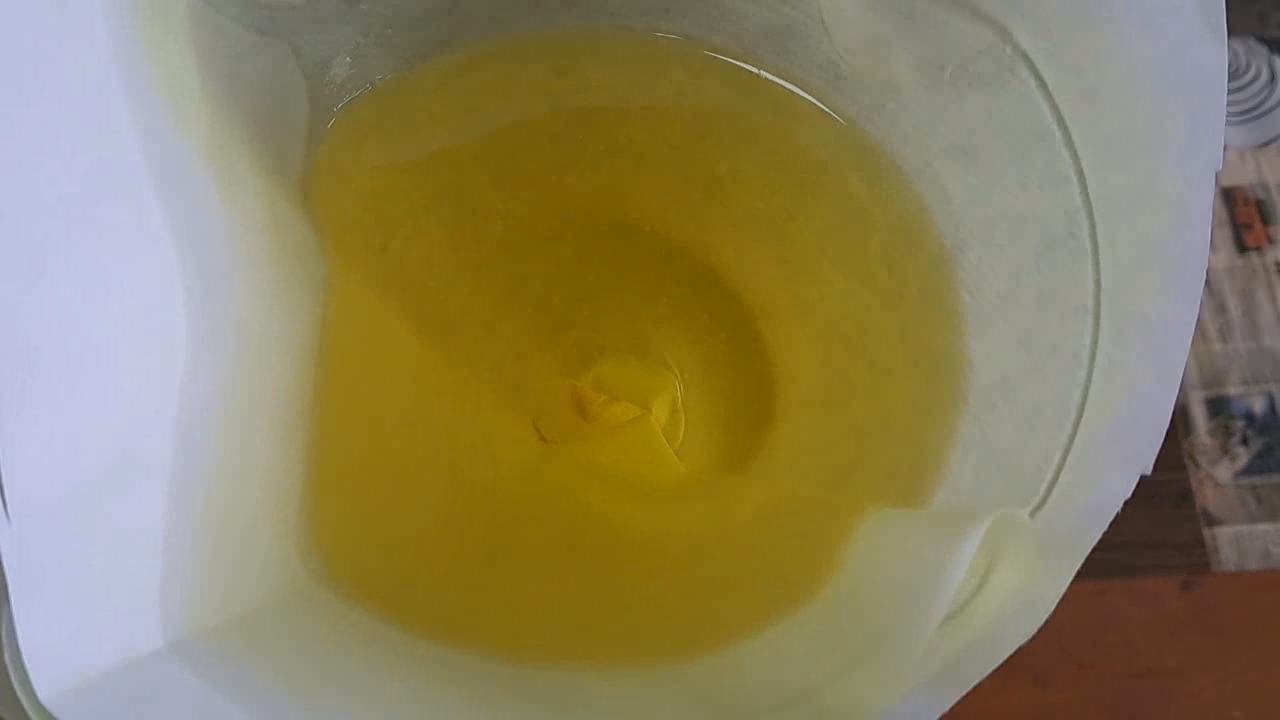
|
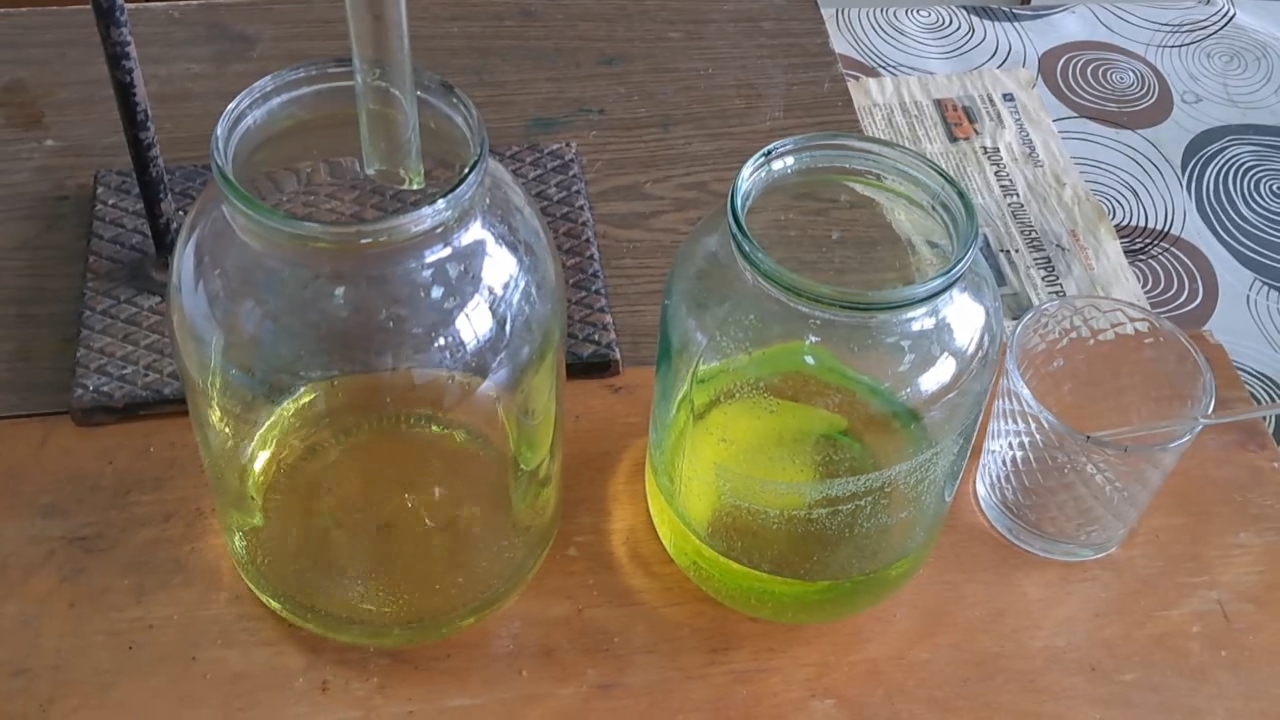
|
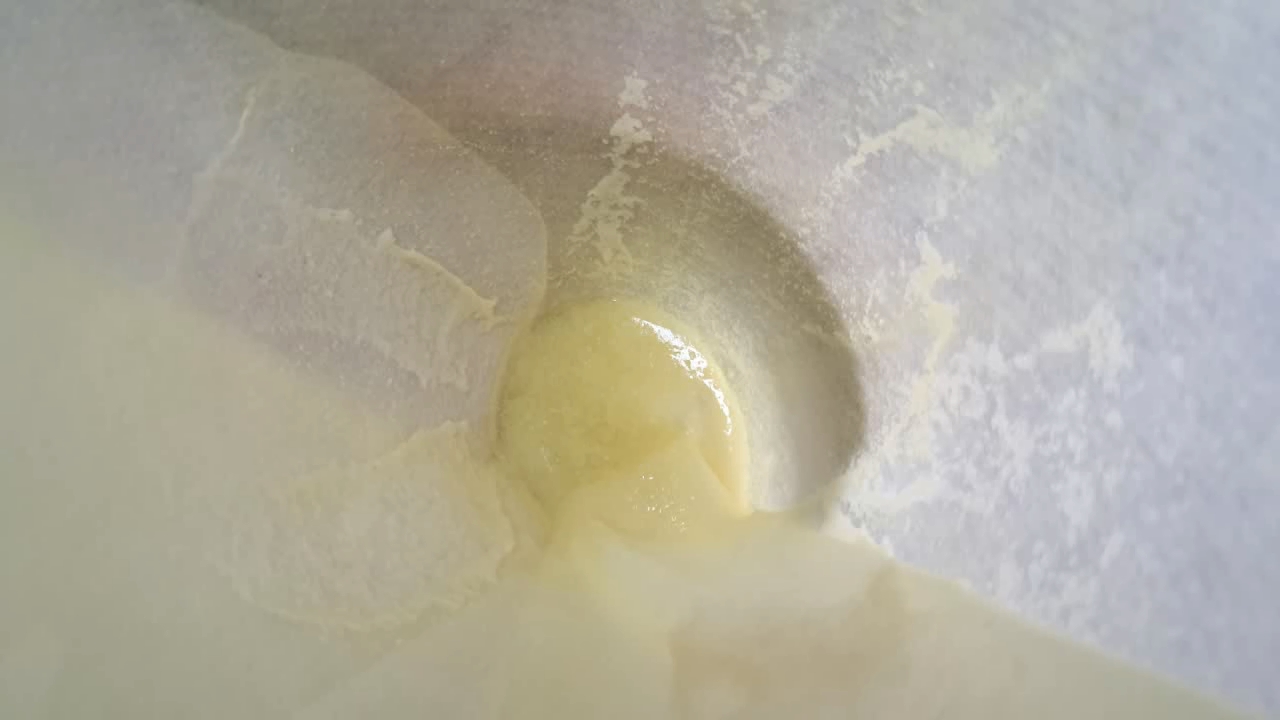
|
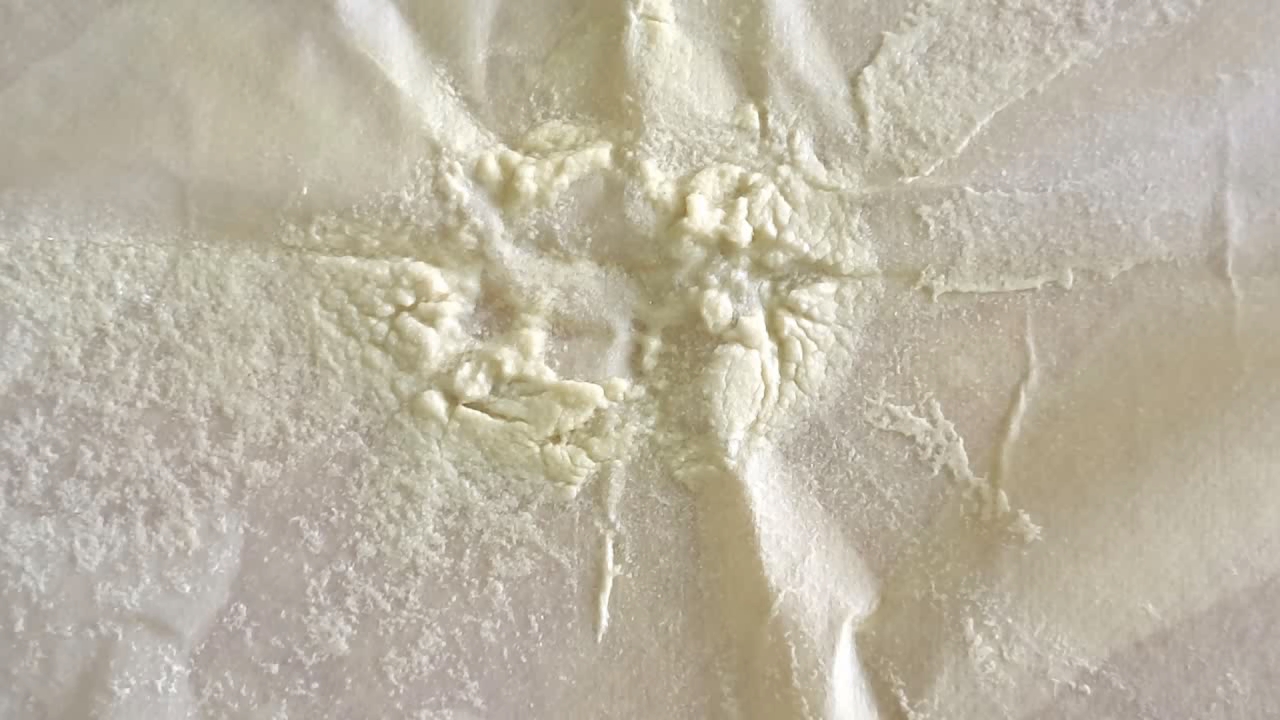
|
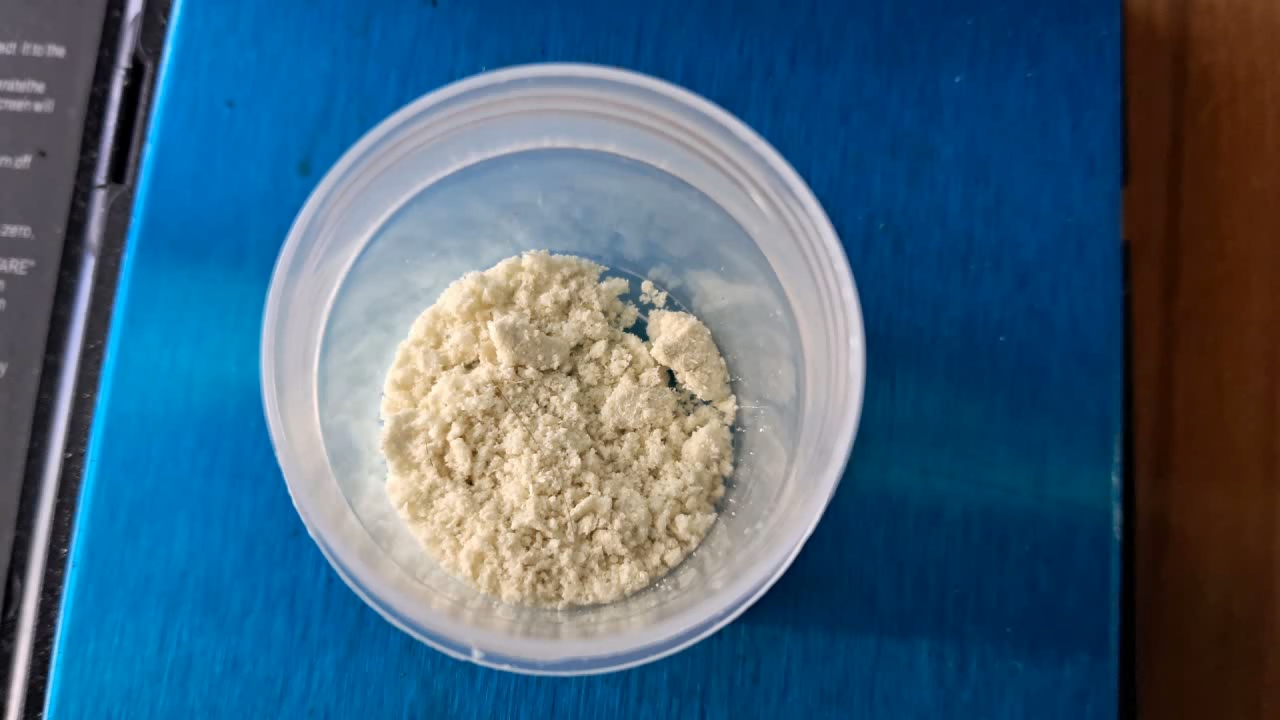
|
|
Having noticed a mistake in the text, allocate it and press Ctrl-Enter
Reaction of Resorcinol and Iron(III) Chloride - Part 9
As discussed in the first part of this article, phenol and other compounds containing a phenolic hydroxyl group form colored complexes with iron(III) salts. The reaction of phenol with iron(III) chloride was also described, yielding a violet complex whose color reminded me of ink - and of my less-than-happy school days.
Реакция резорцина и хлорида железа (III) - Часть 9 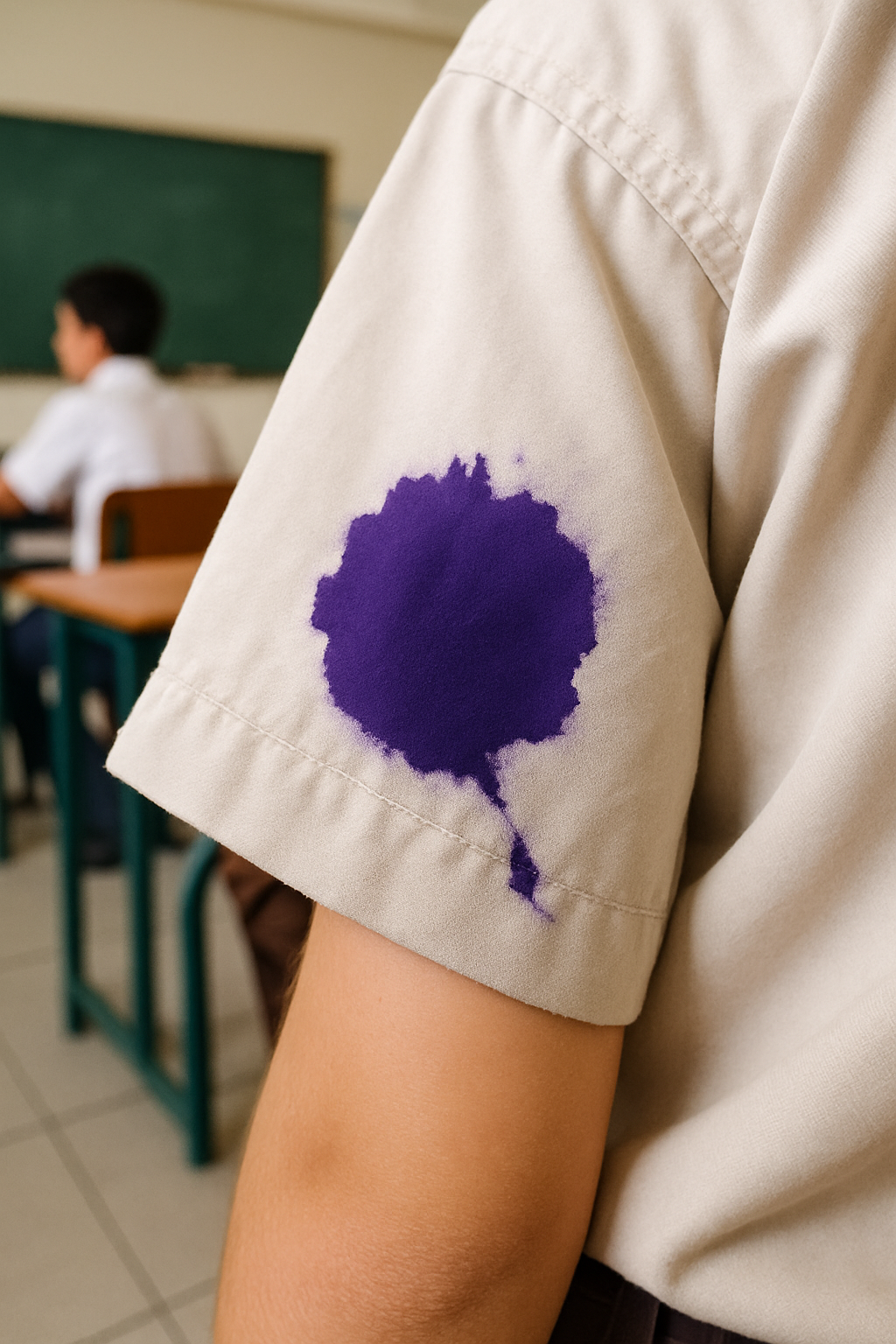 Among the reagents in the lab, I found an analogue of phenol - resorcinol (1,3-dihydroxybenzene), a compound containing two hydroxyl groups located in the meta position of the benzene ring. This prompted the idea of reacting resorcinol with iron(III) chloride. I was confident that this reaction had been well studied and described, but I deliberately refrained from searching the literature for information on the resorcinol-iron(III) complex. It seemed logical to assume that the complex would form similarly to the iron(III)-phenol complex. Moreover, since the resorcinol molecule contains two hydroxyl groups, its complex with iron should form even more readily. The color of the resulting complex was anyone's guess, though I hoped it would be an attractive one. I poured 200 ml of distilled water into a beaker, placed it on a magnetic stirrer, and added 1.0 g of resorcinol. After the resorcinol had dissolved, I began adding a nearly saturated solution of iron(III) chloride dropwise. From the very first drop, the solution in the beaker turned an inky violet - a color very similar to that of the iron(III)-phenol complex. As more iron(III) chloride was added, the color deepened; eventually, the solution lost its transparency and became almost black. Next, I added 13.5% hydrochloric acid dropwise. The liquid in the beaker turned pale and gradually became colorless - the acid destroyed the complex. Finally, I added a saturated sodium hydroxide solution in small portions. The solution first turned brown, then became cloudy and opaque. It resembled a suspension of iron(III) hydroxide. I turned off the stirrer. Brown flakes formed in the liquid and slowly settled to the bottom. Thus, in this experiment, resorcinol behaves similarly to phenol. |
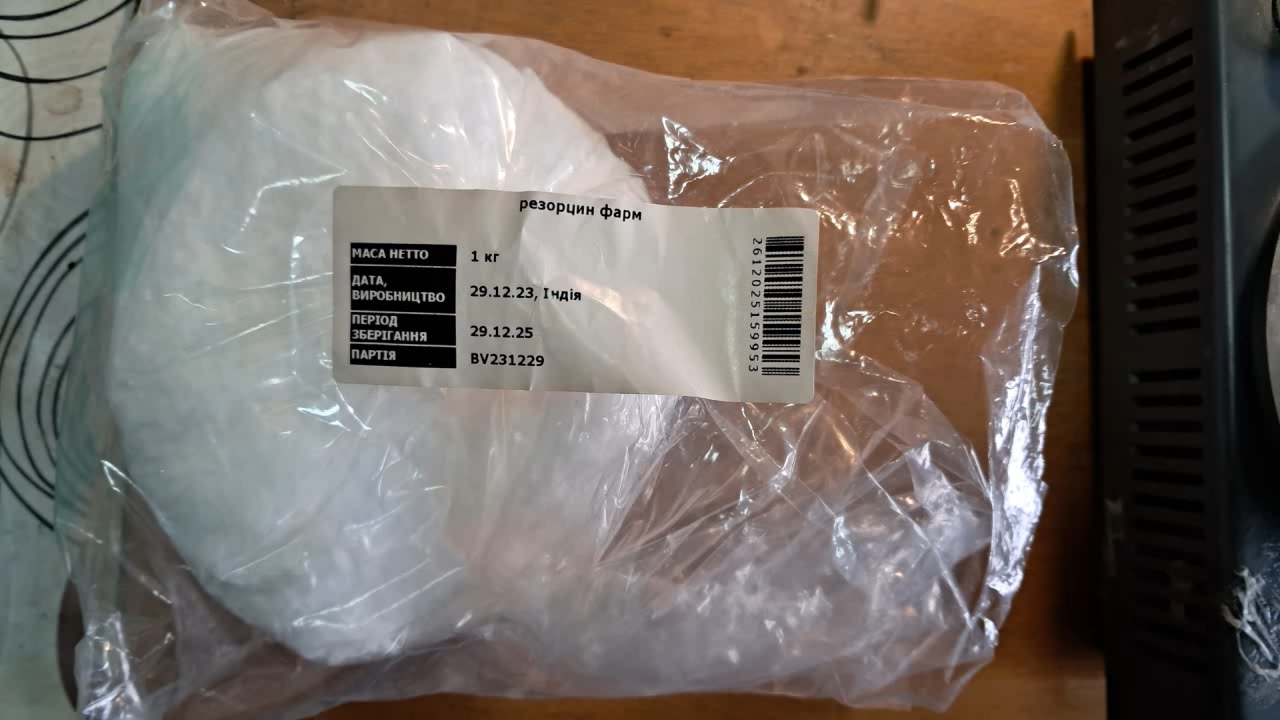
Reaction of Resorcinol and Iron(III) Chloride |
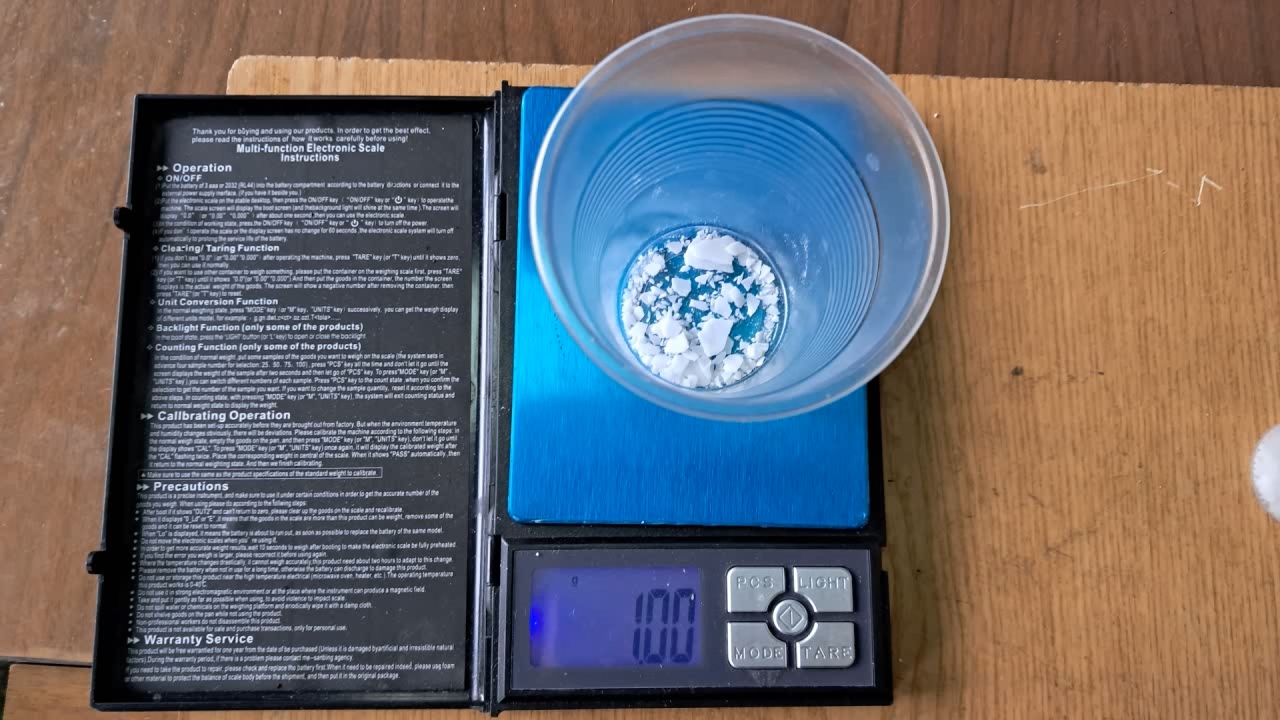
|
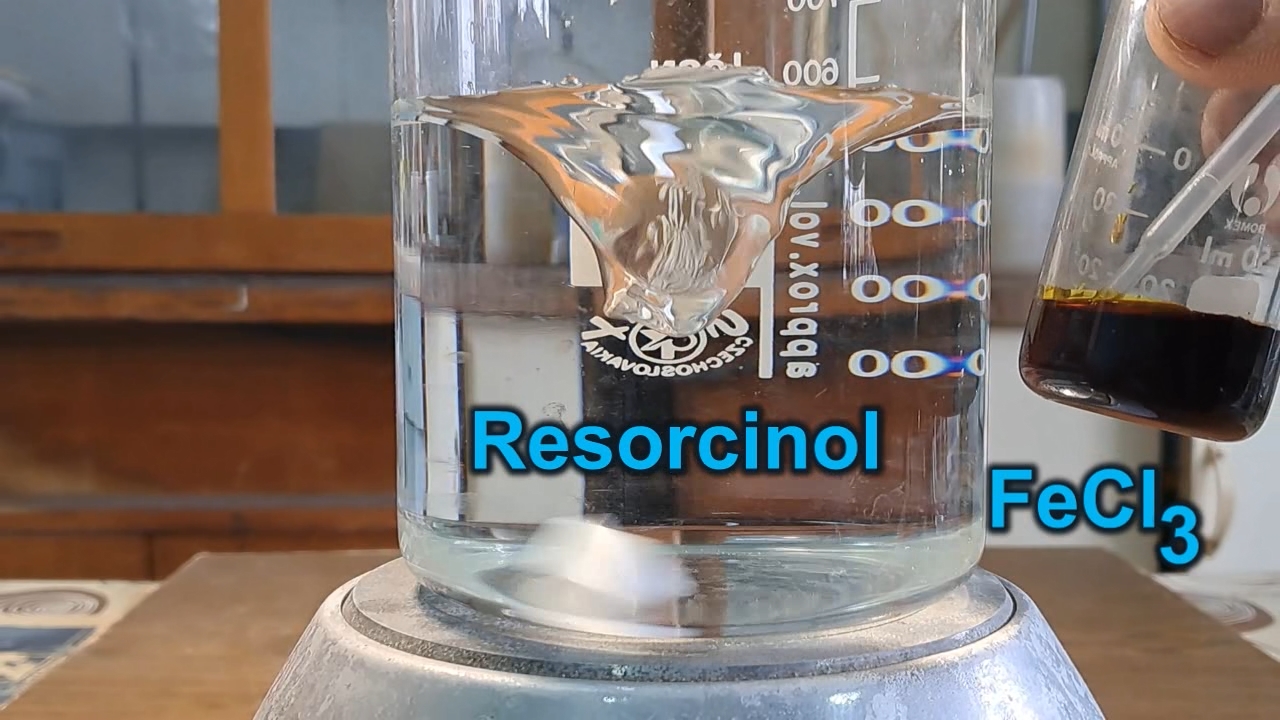
|
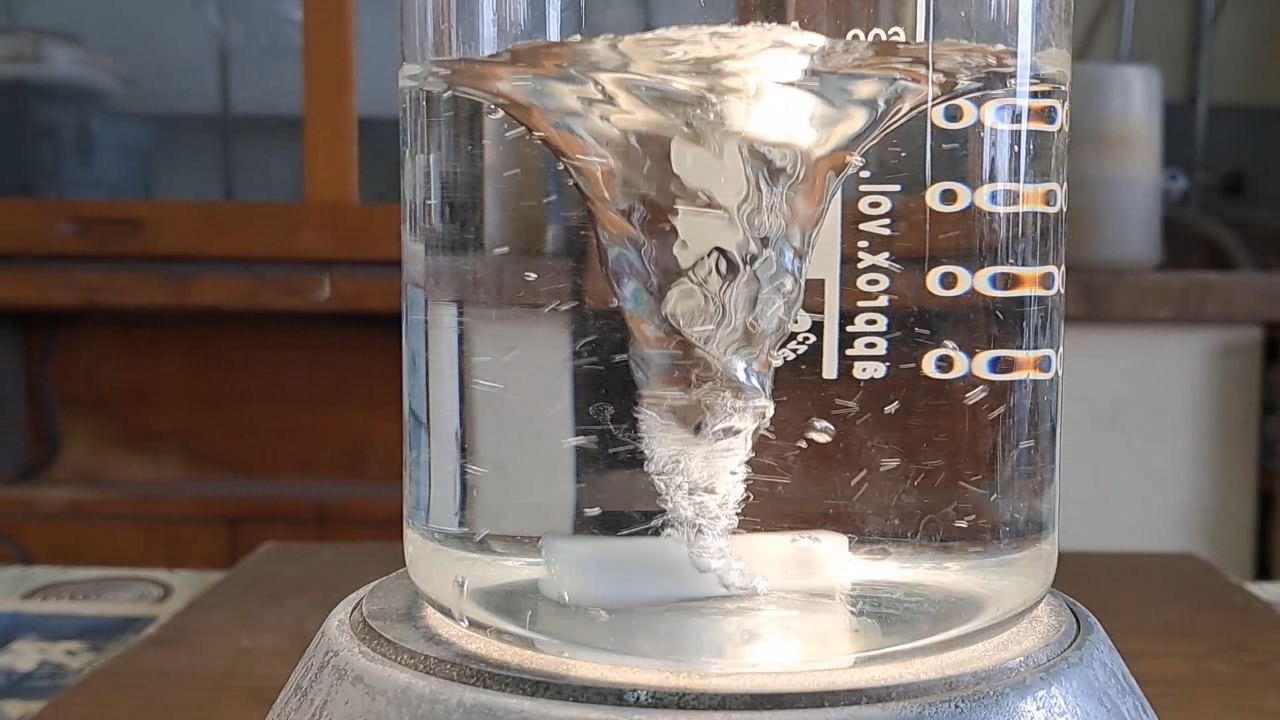
|
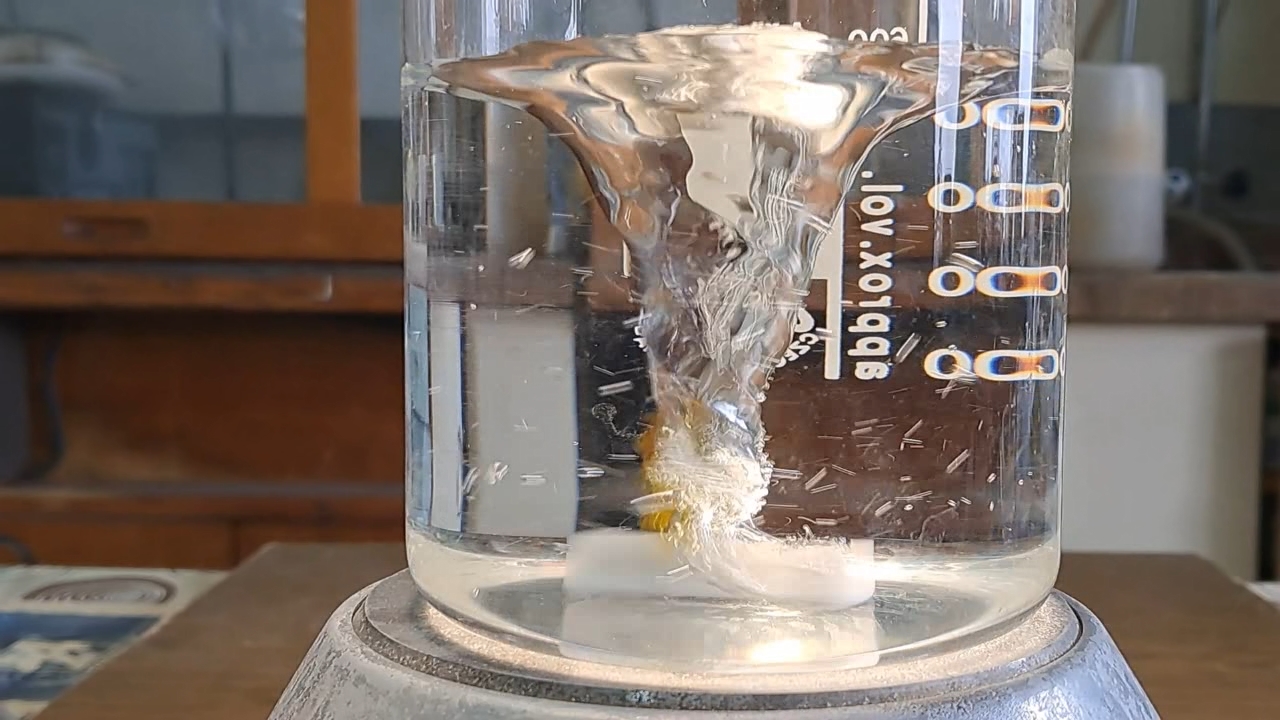
|
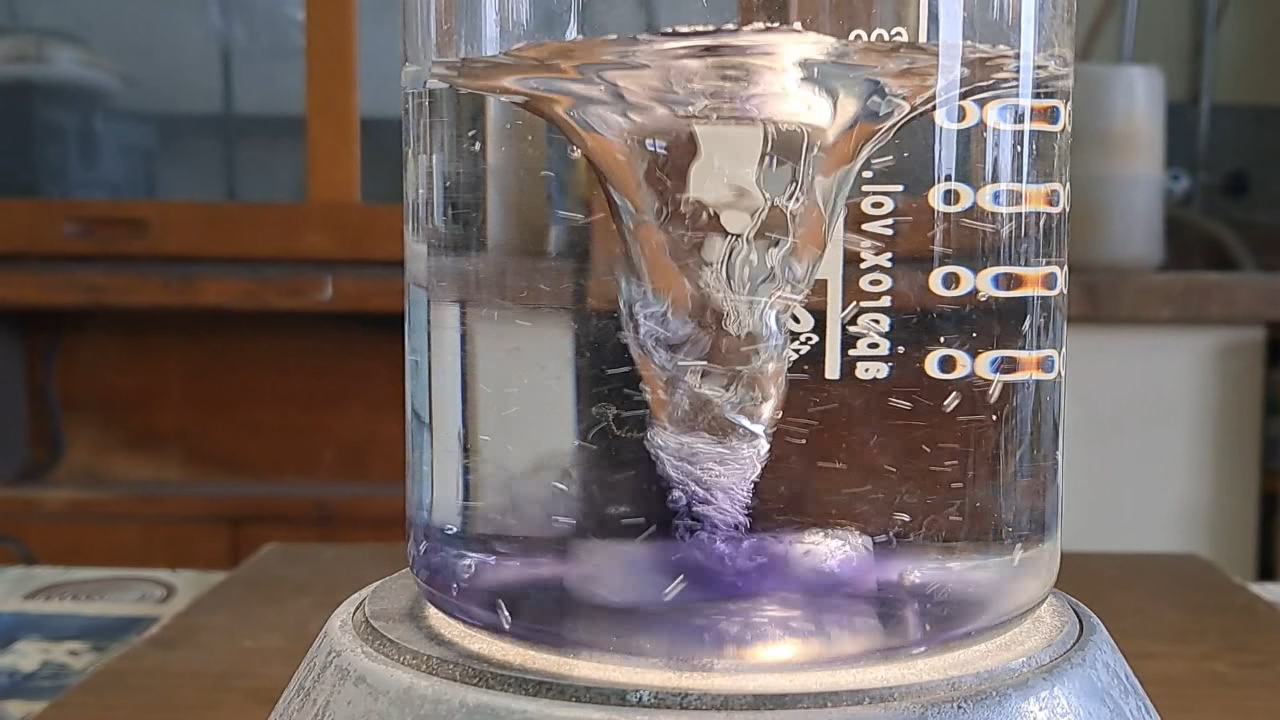
|
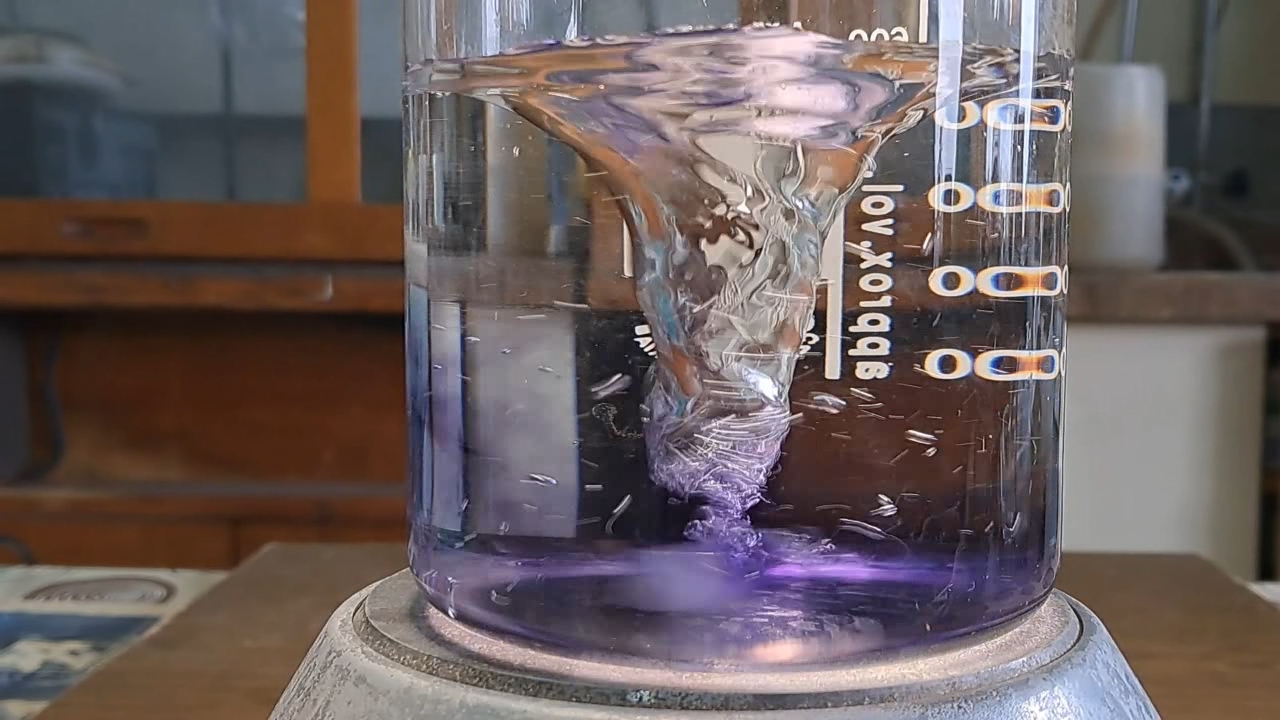
|
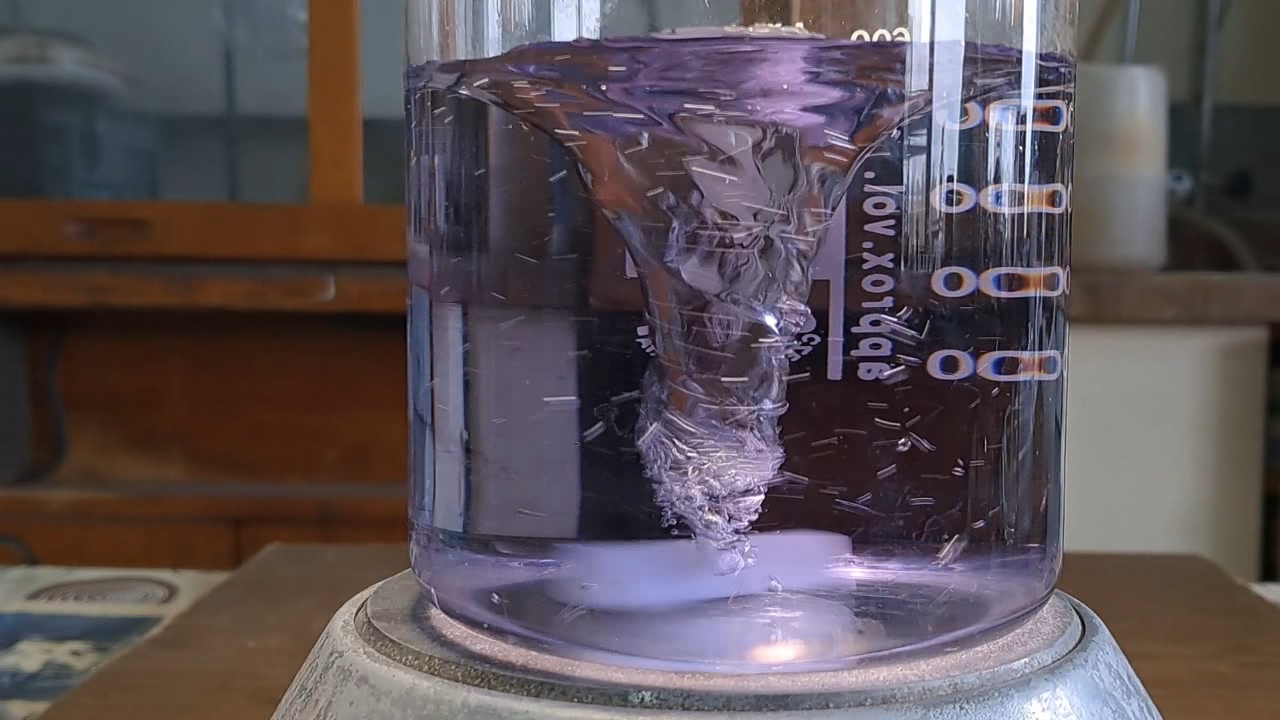
|
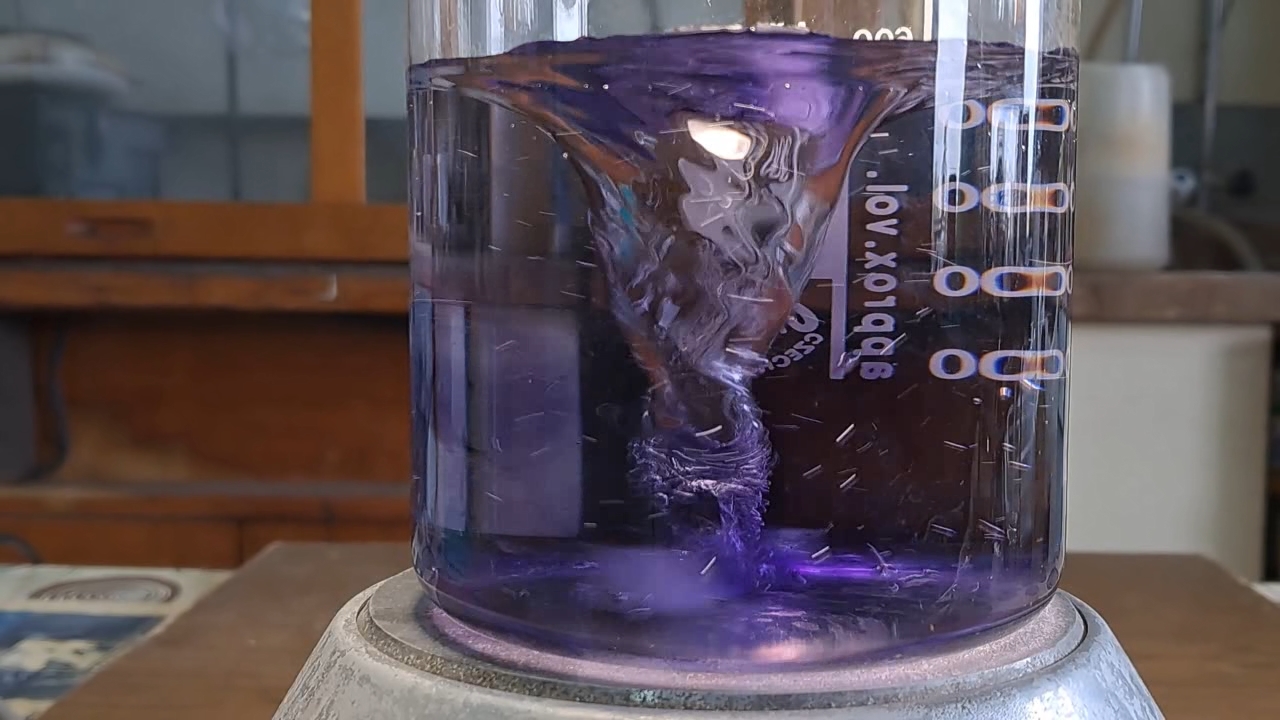
|
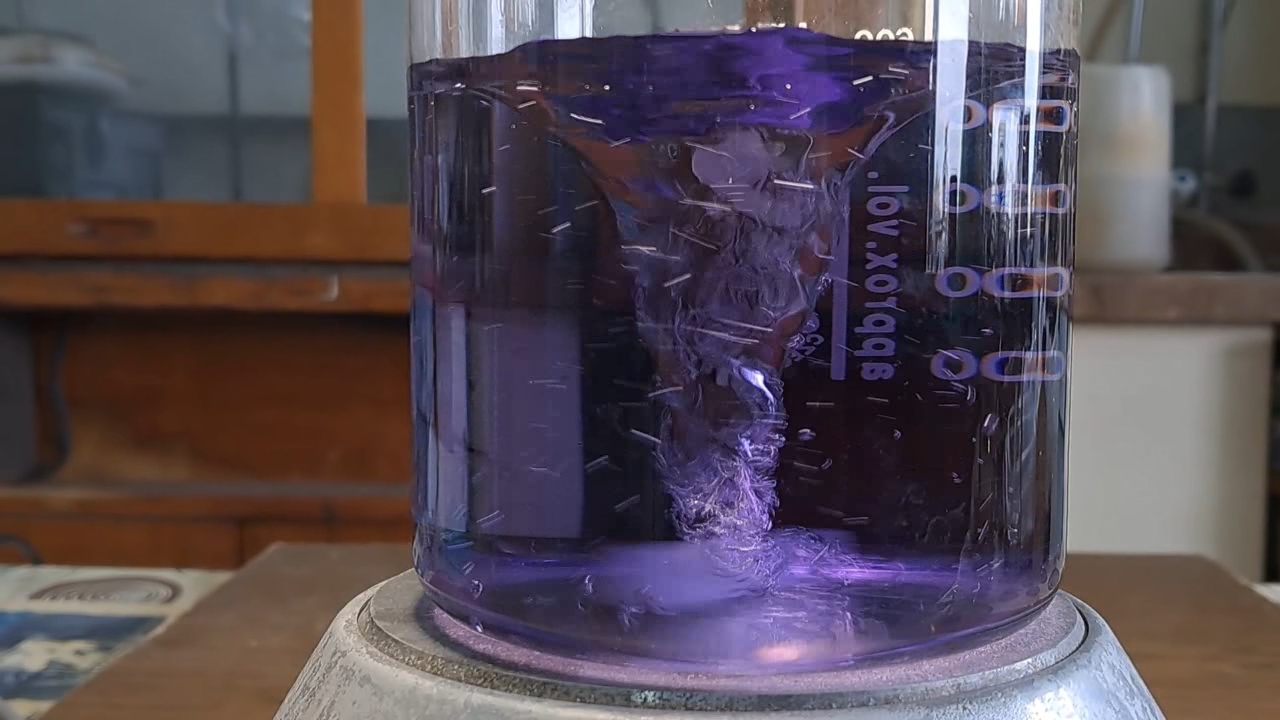
|
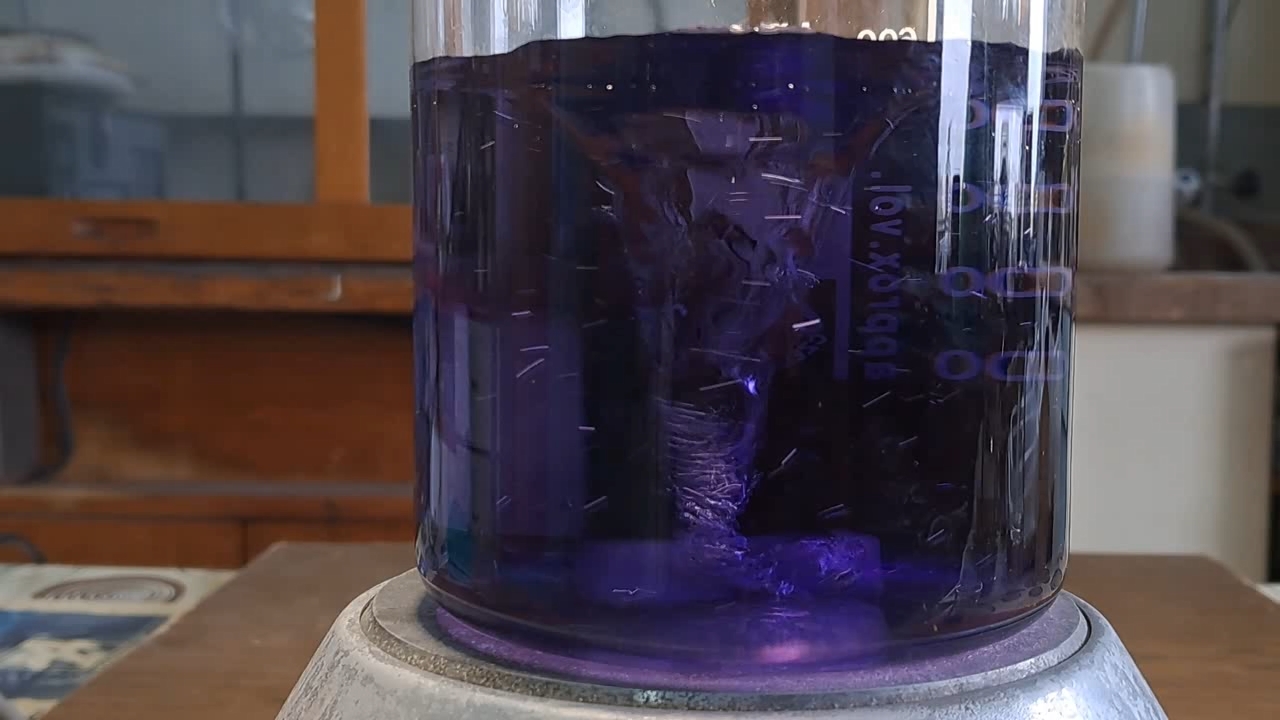
|
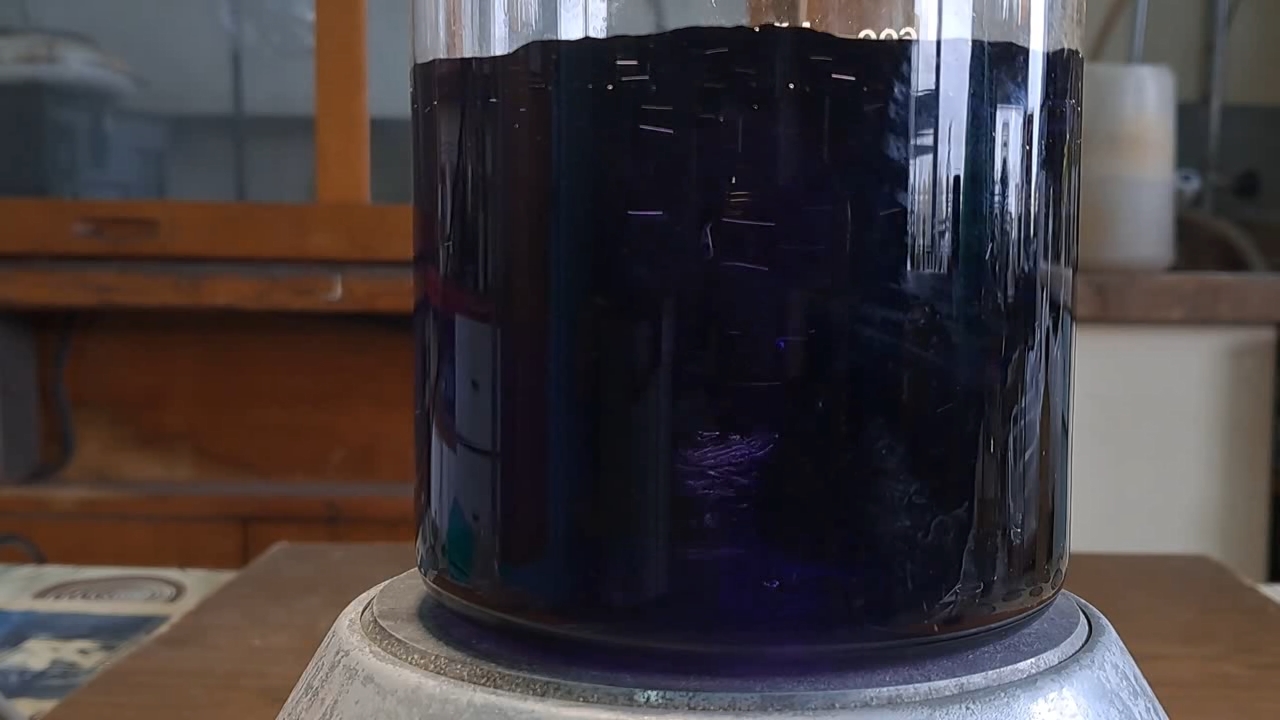
|
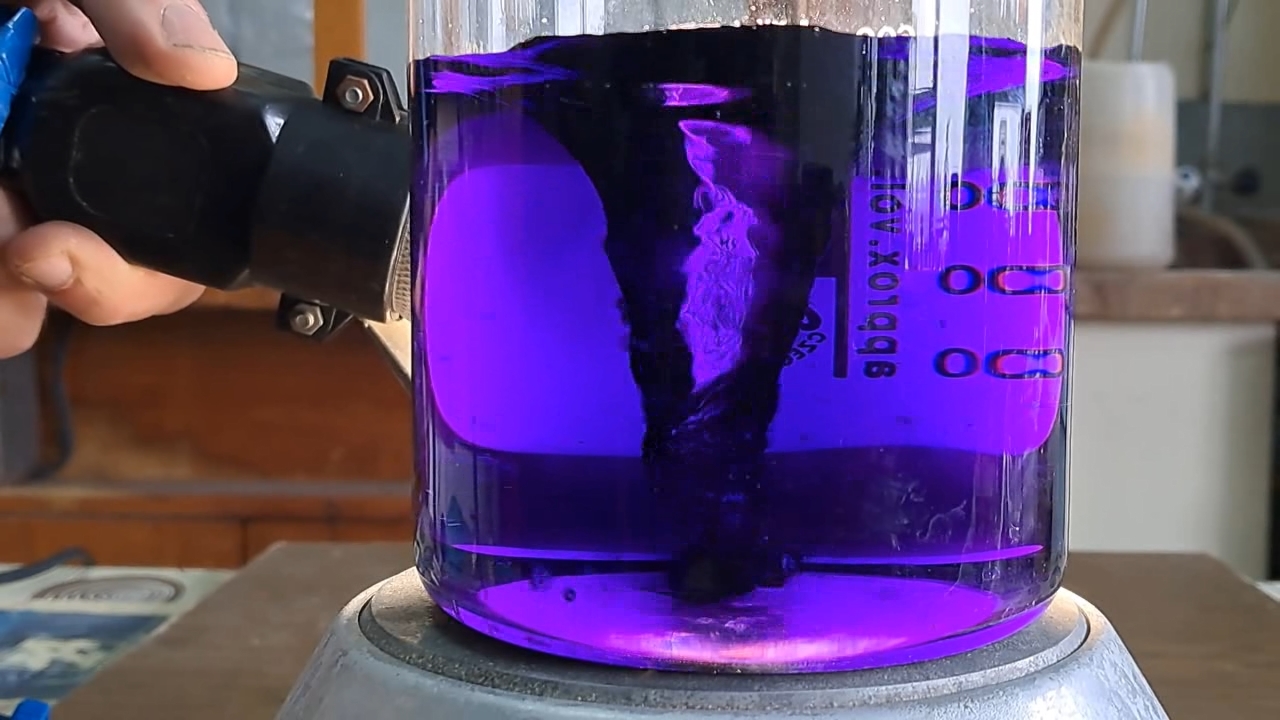
|
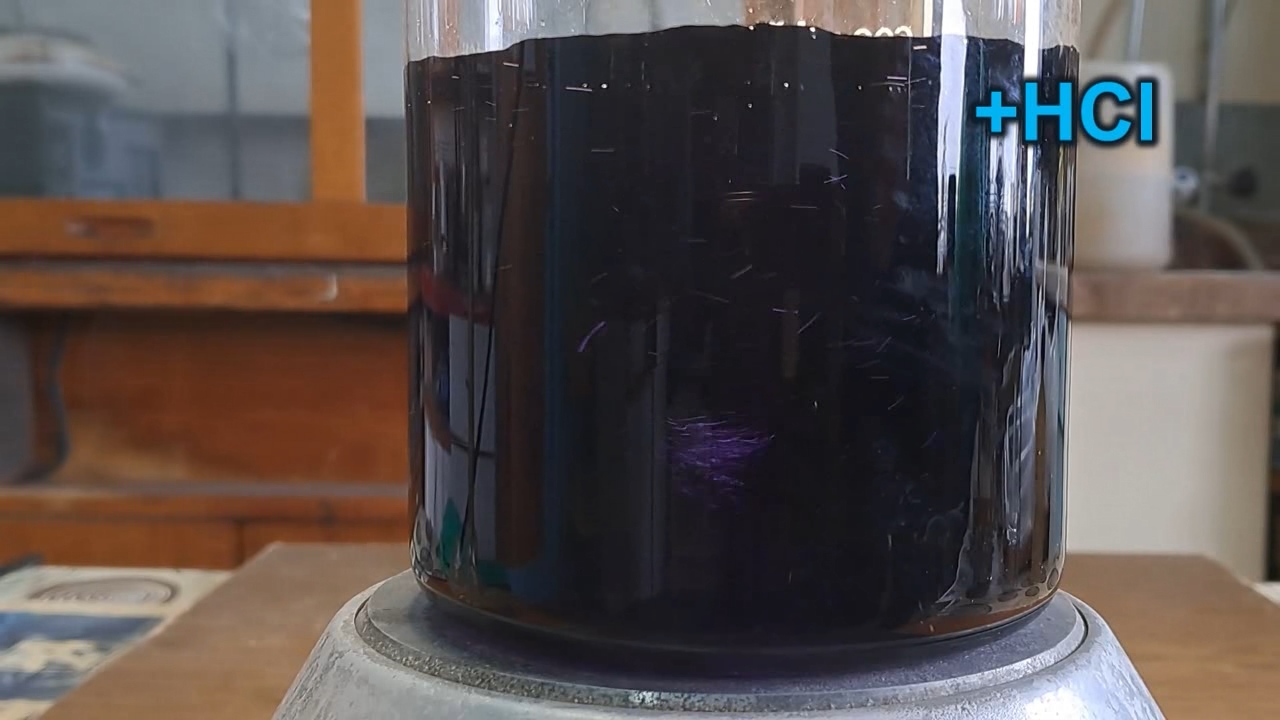
|
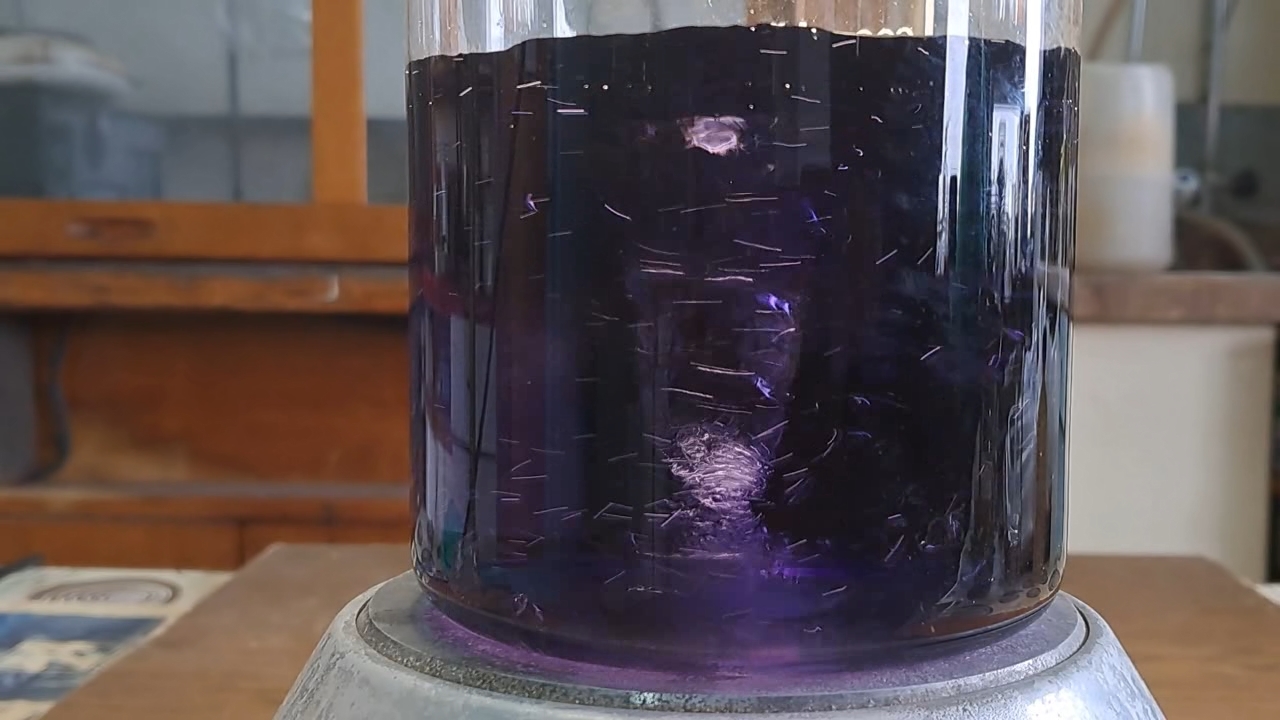
|
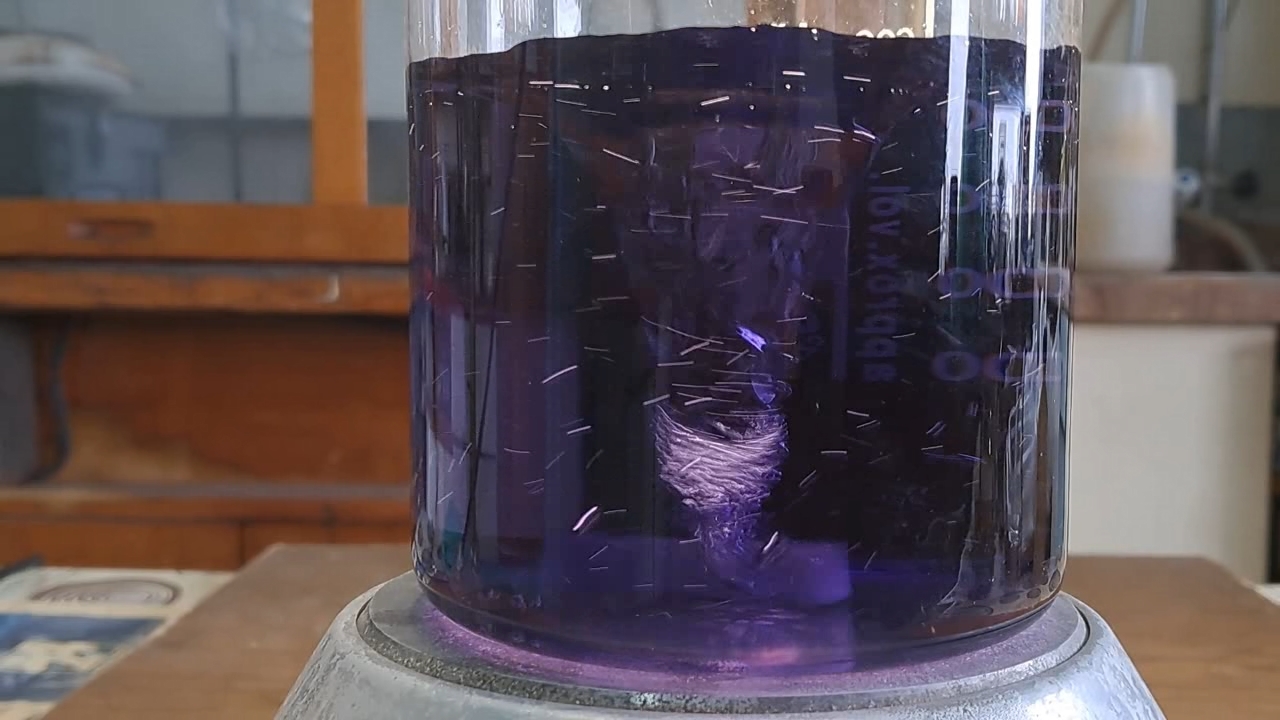
|
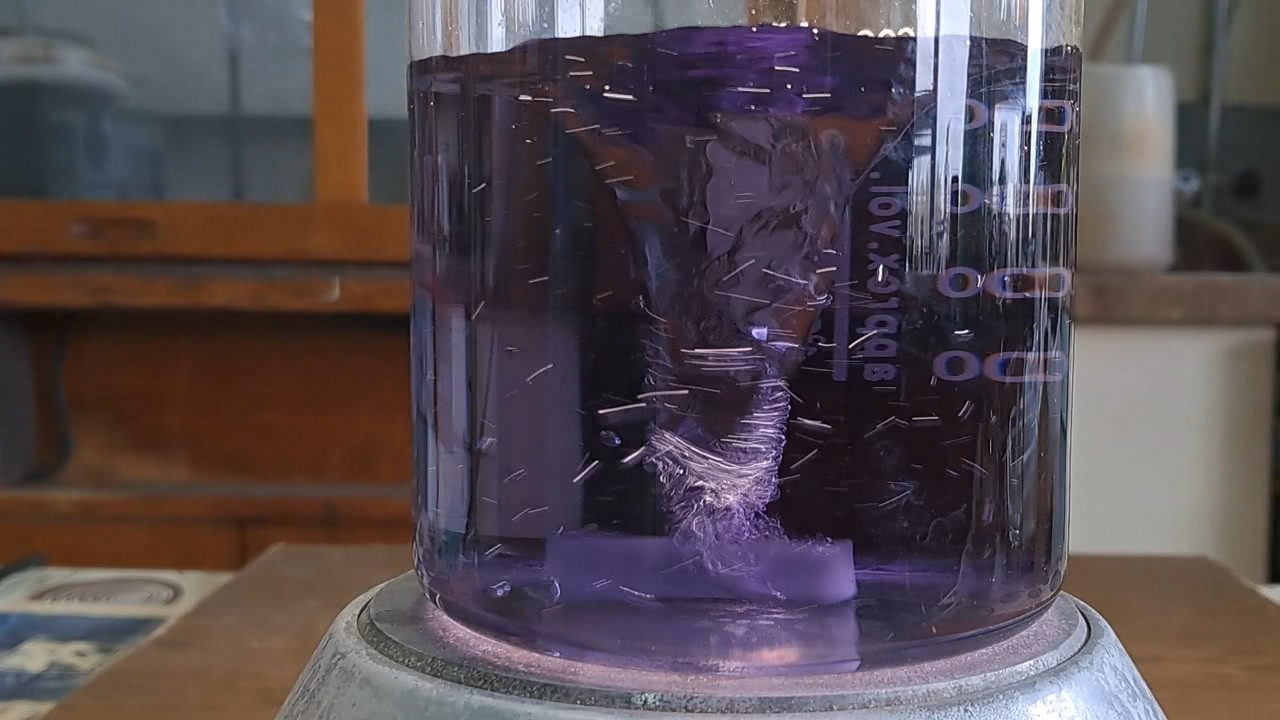
|
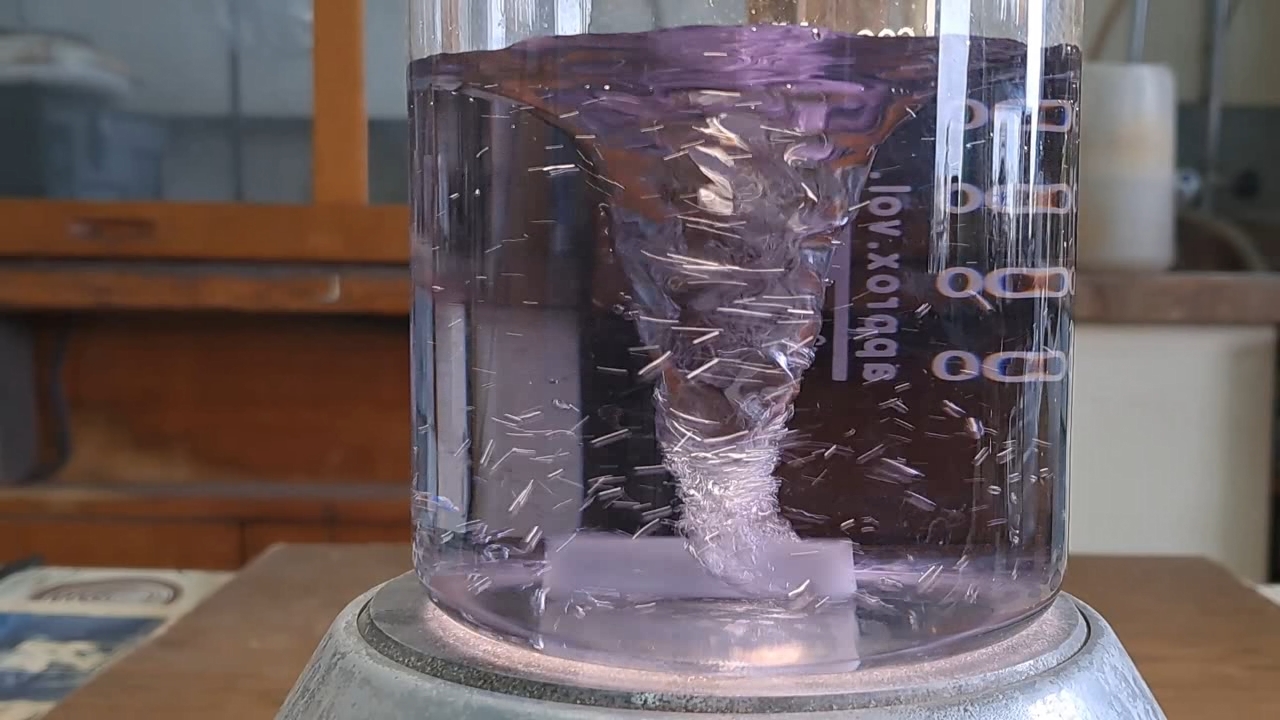
|
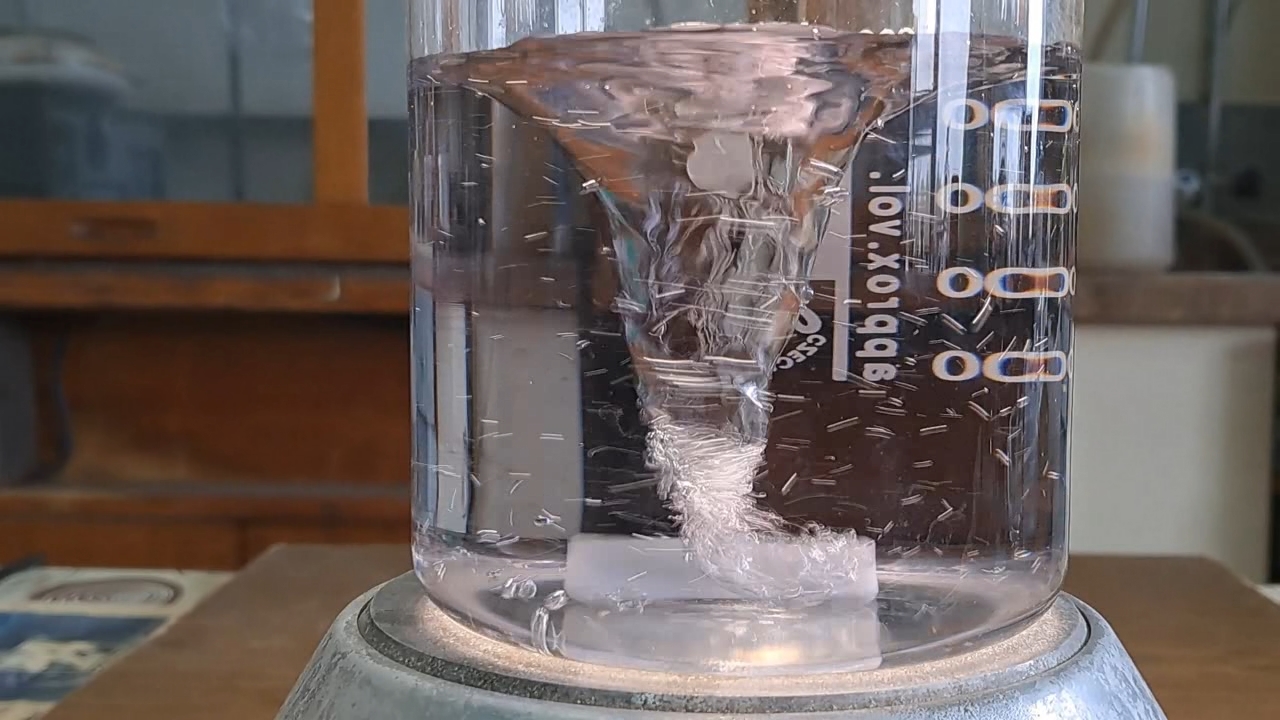
|
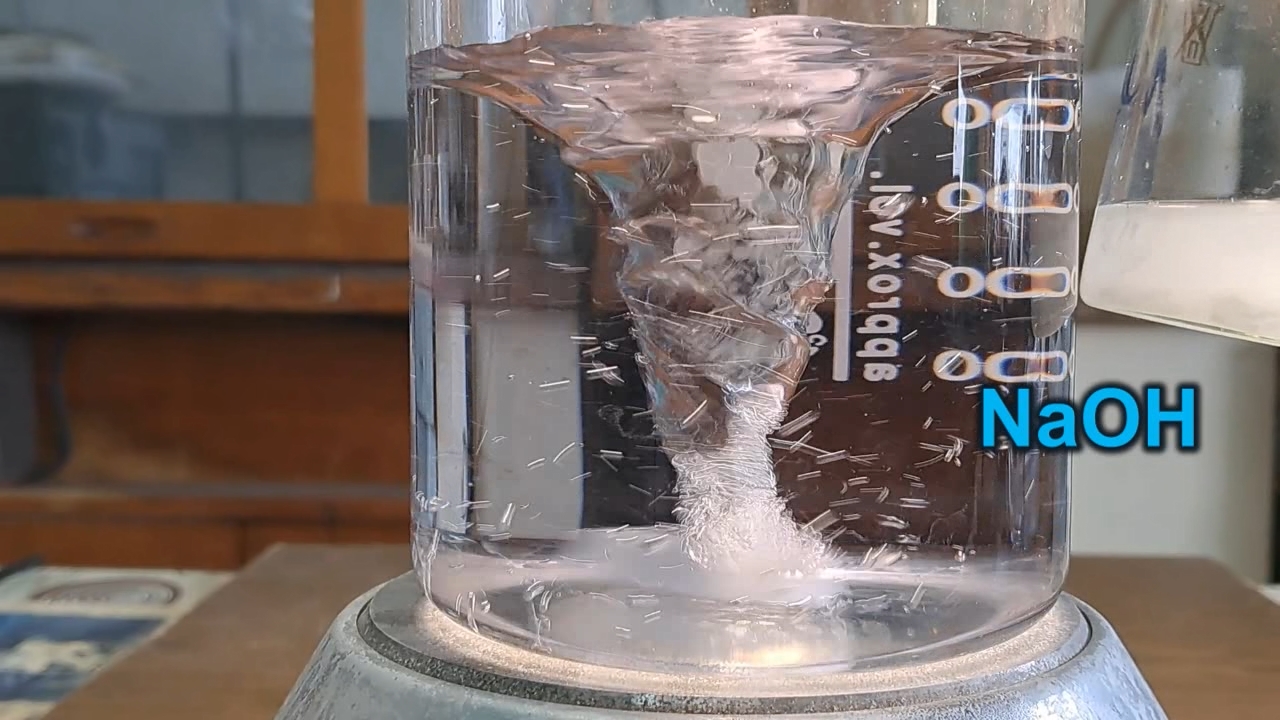
|
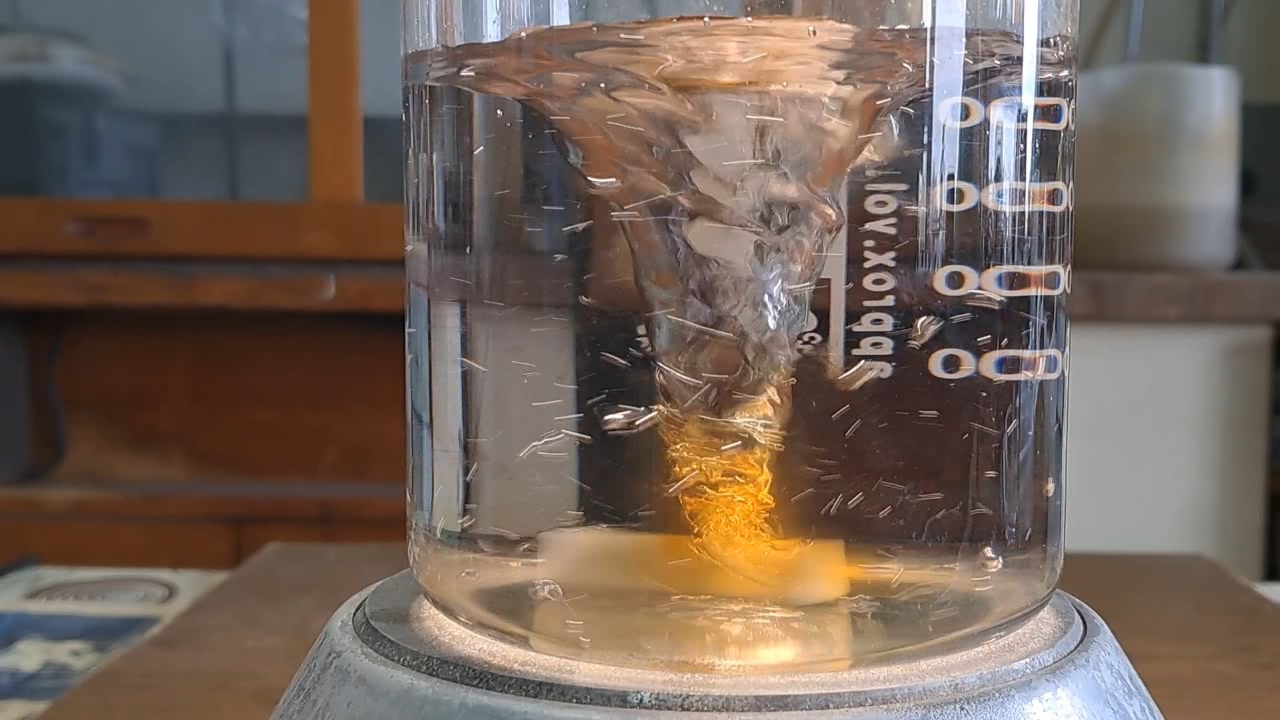
|
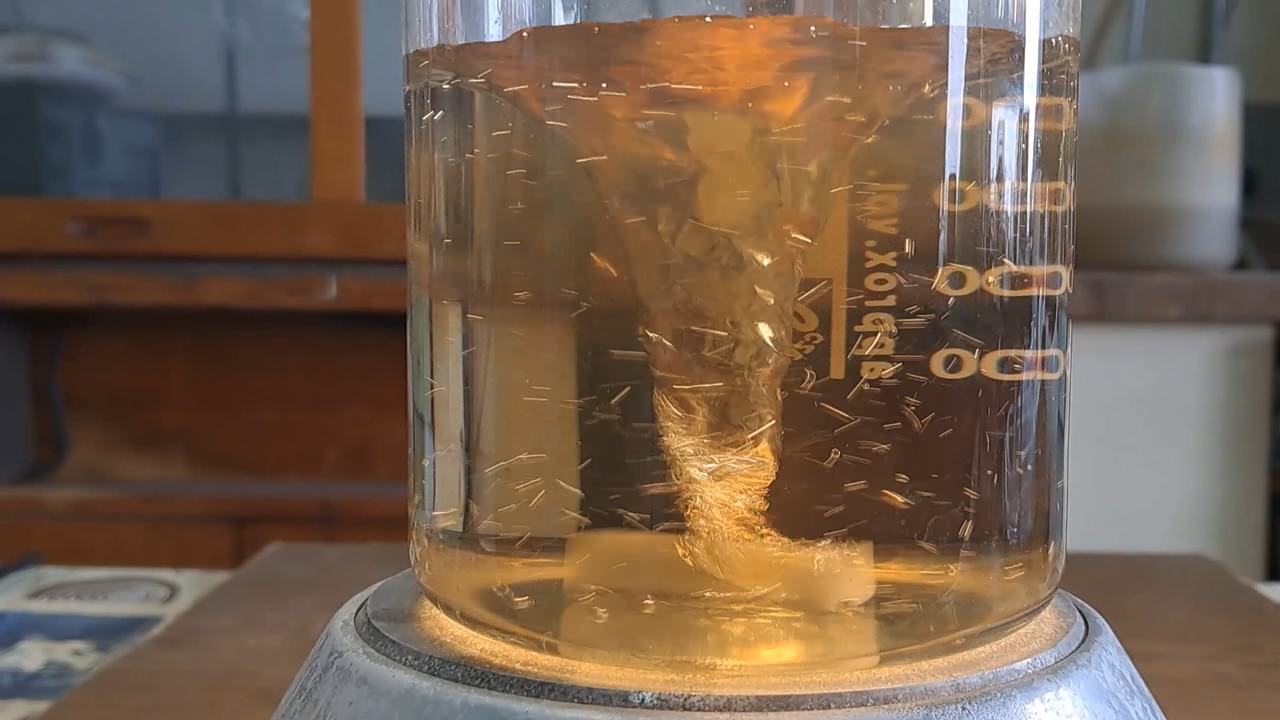
|
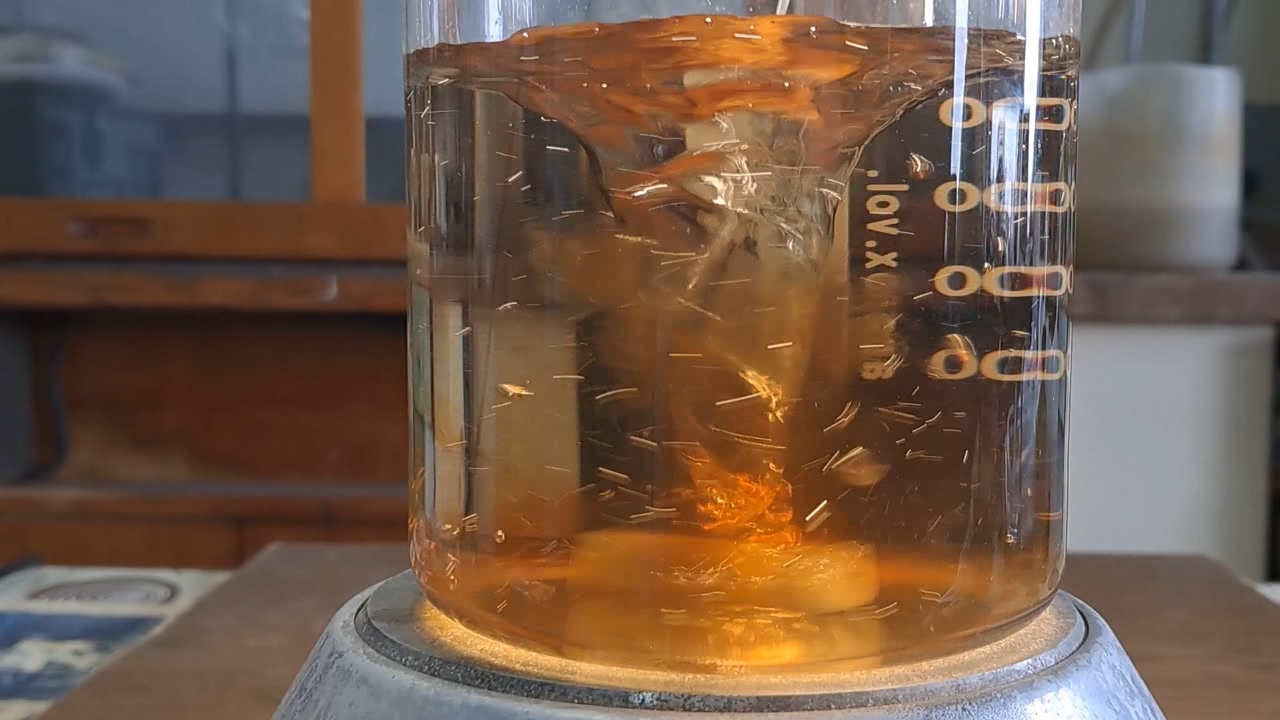
|
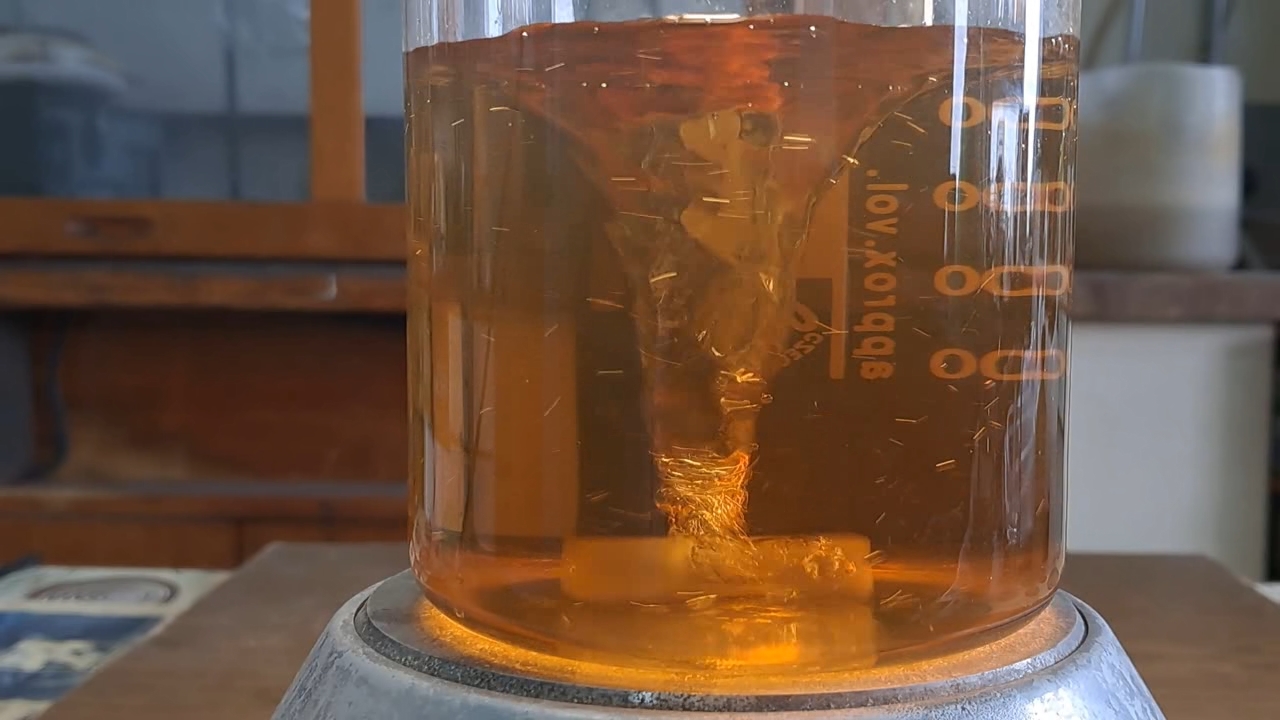
|
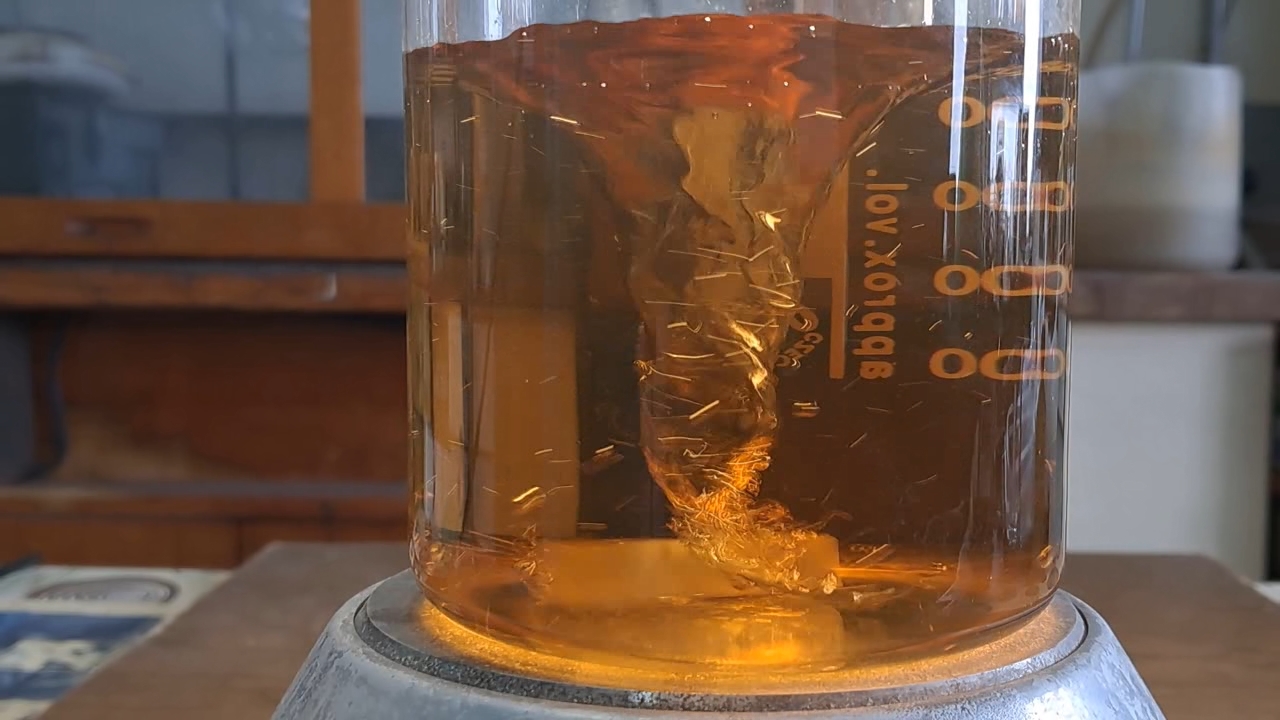
|
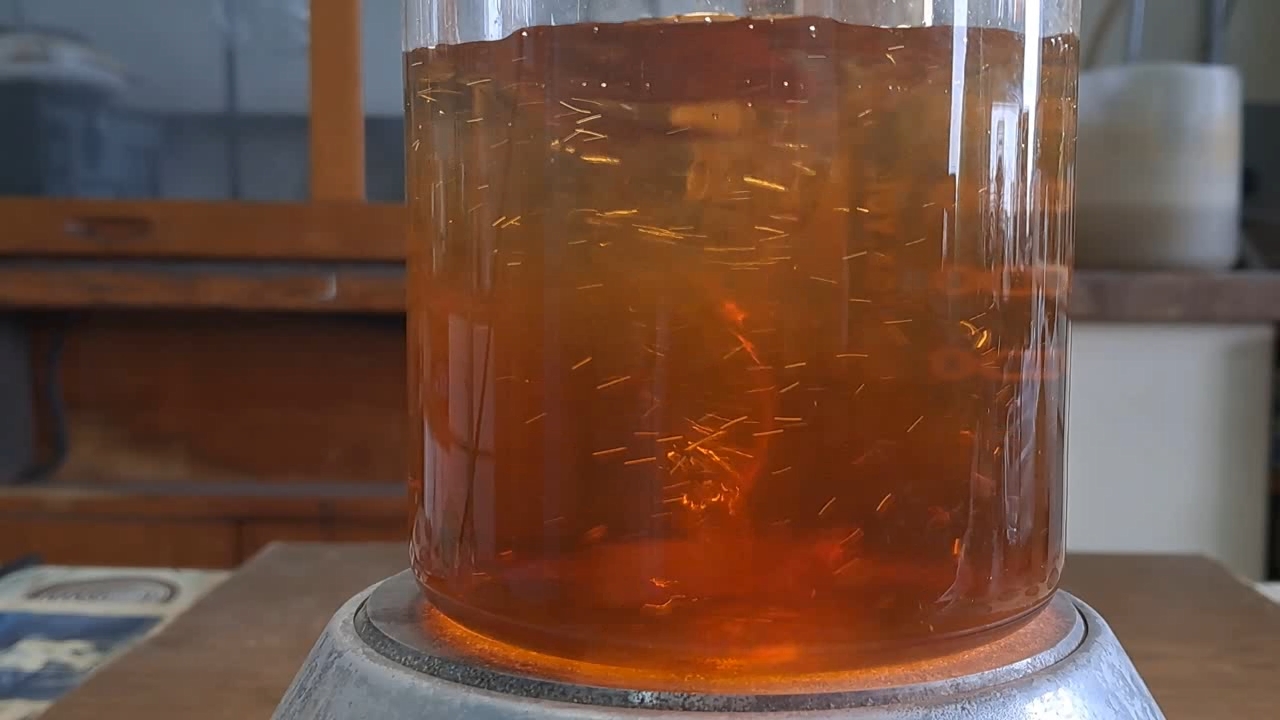
|
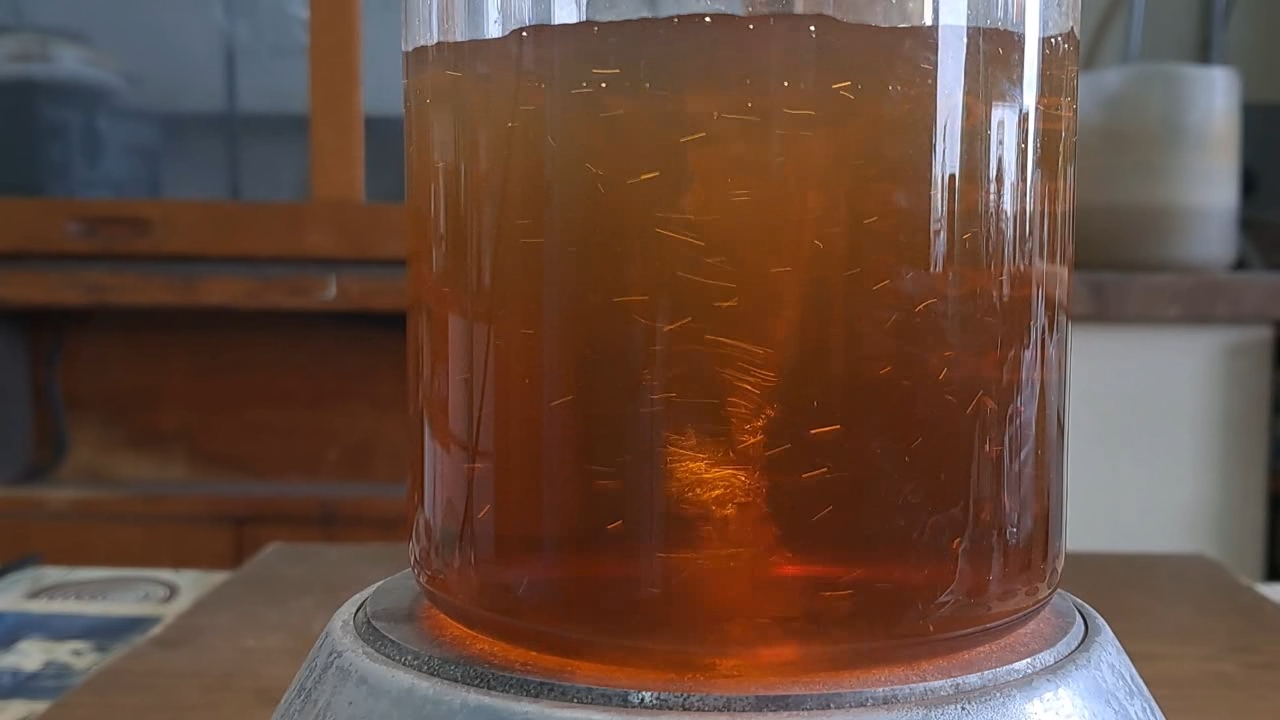
|
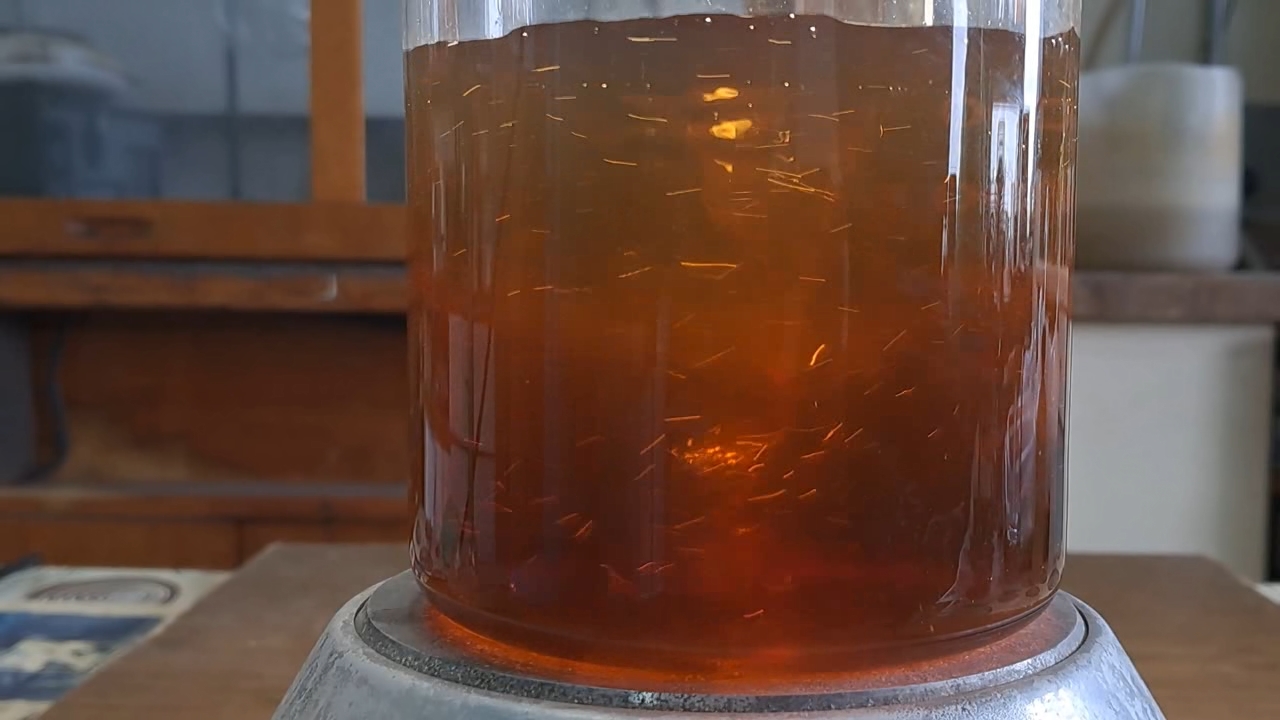
|
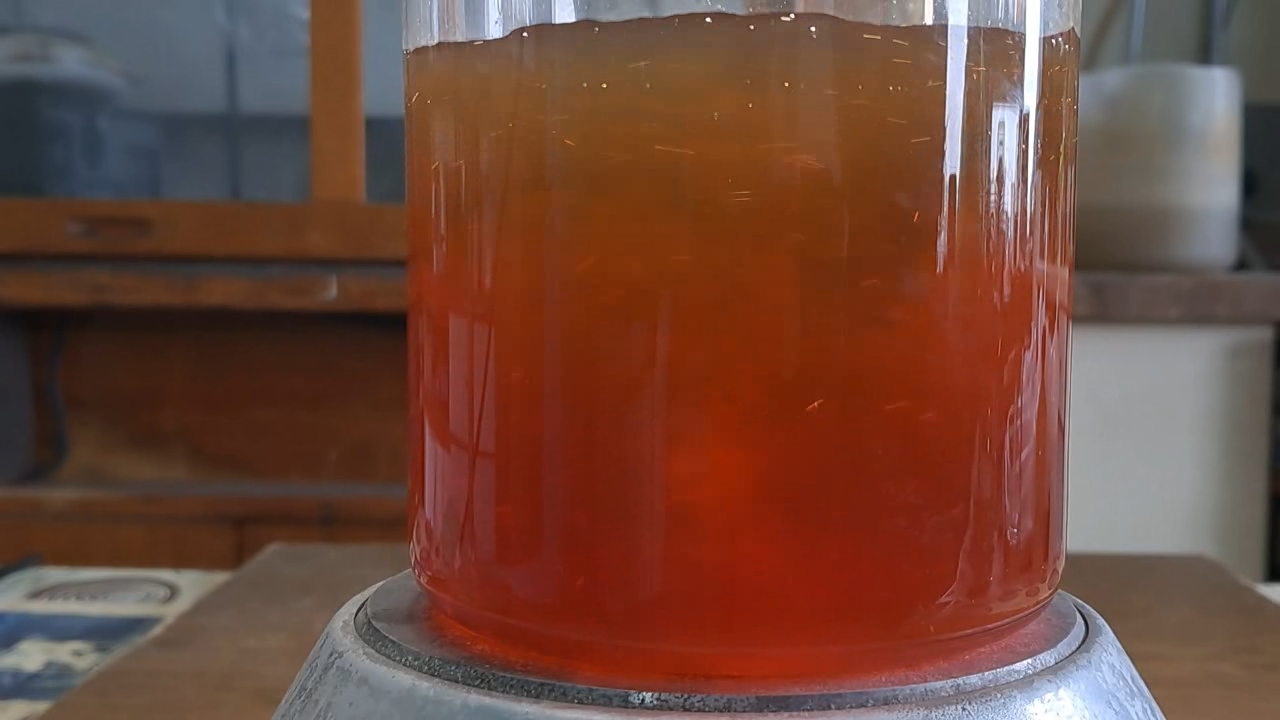
|
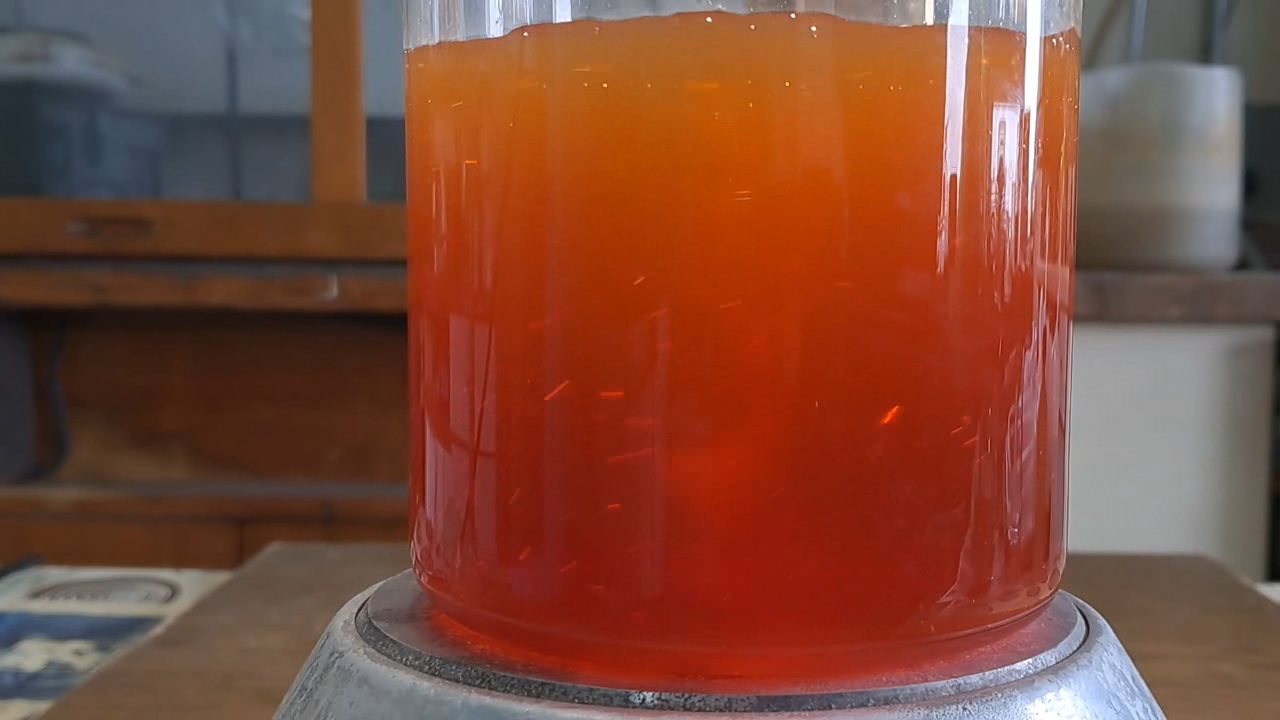
|
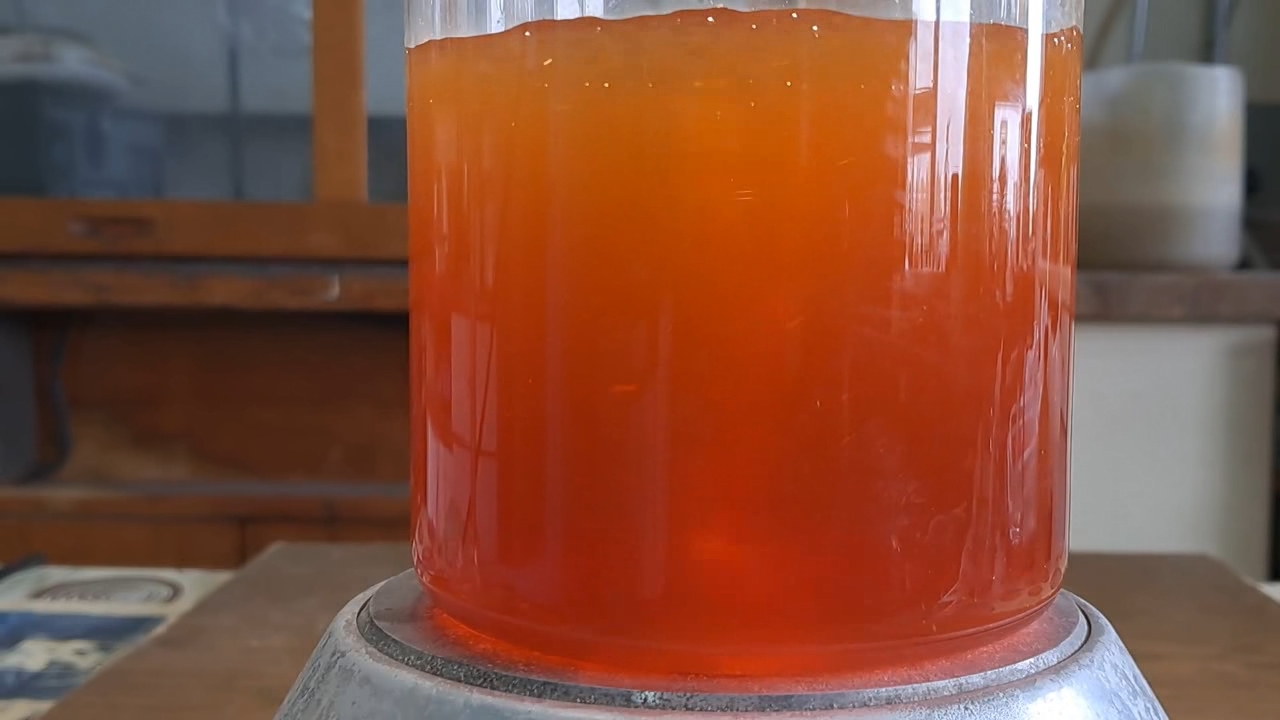
|
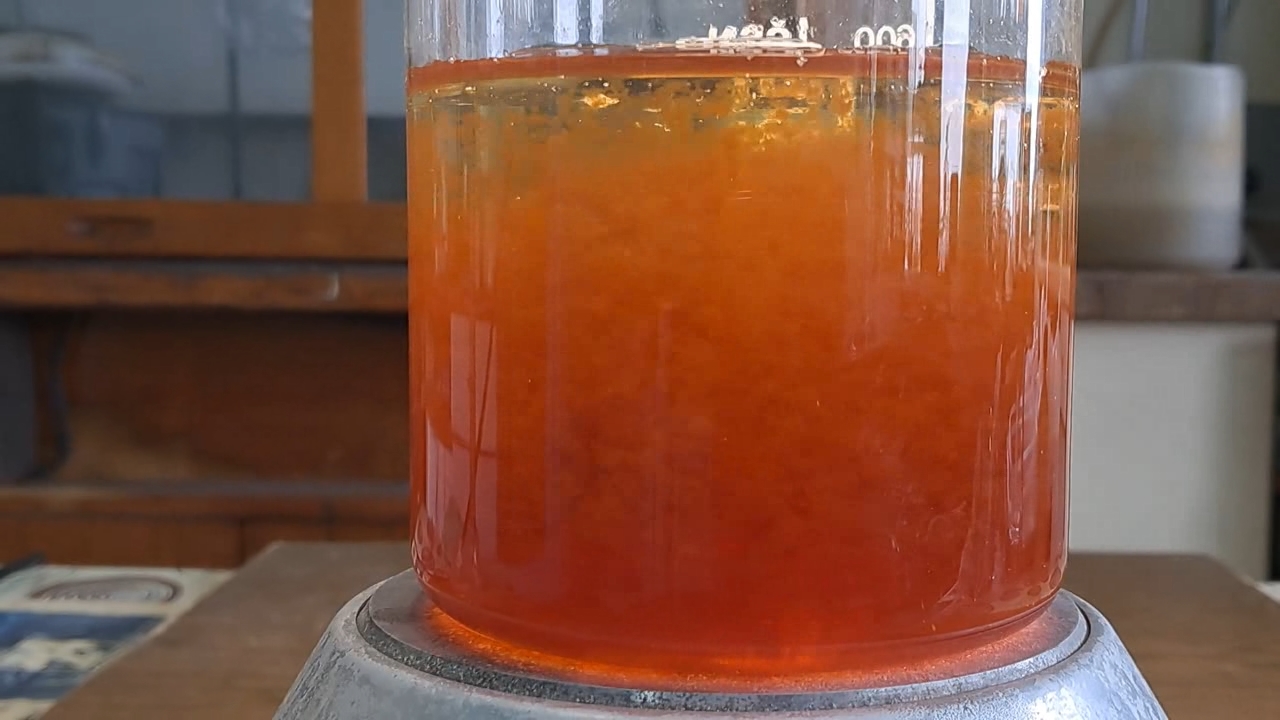
|
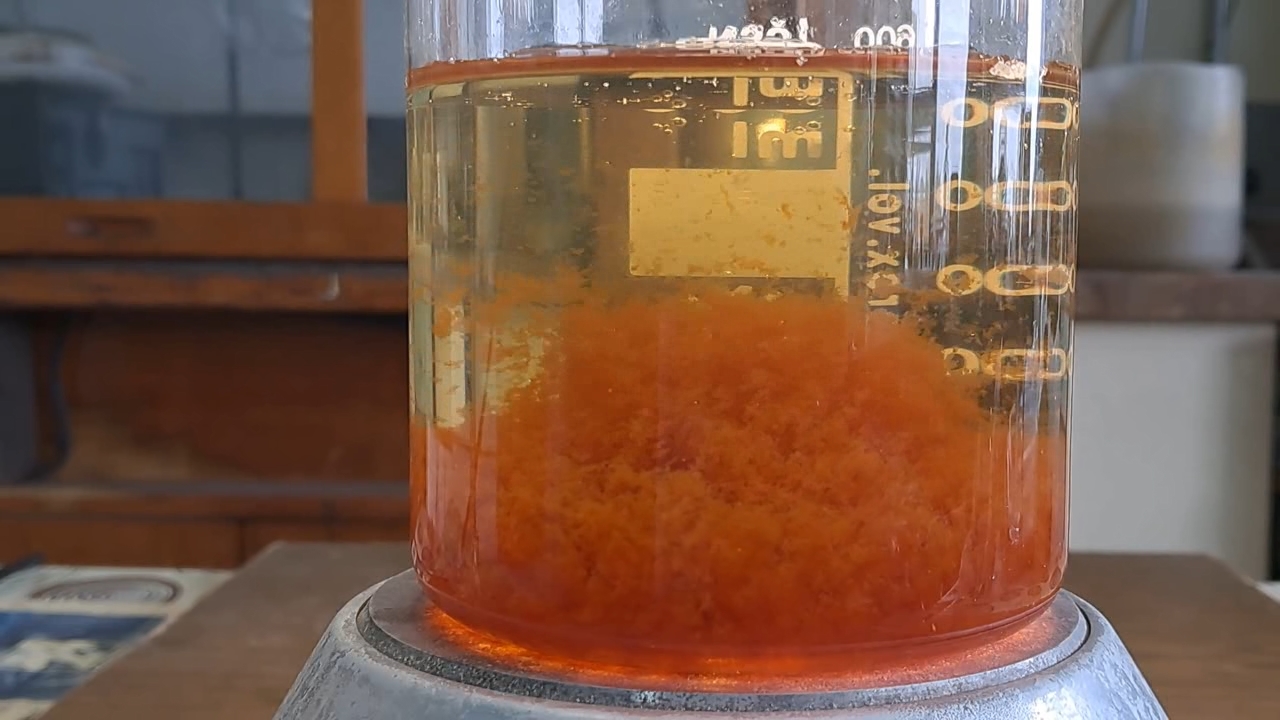
|
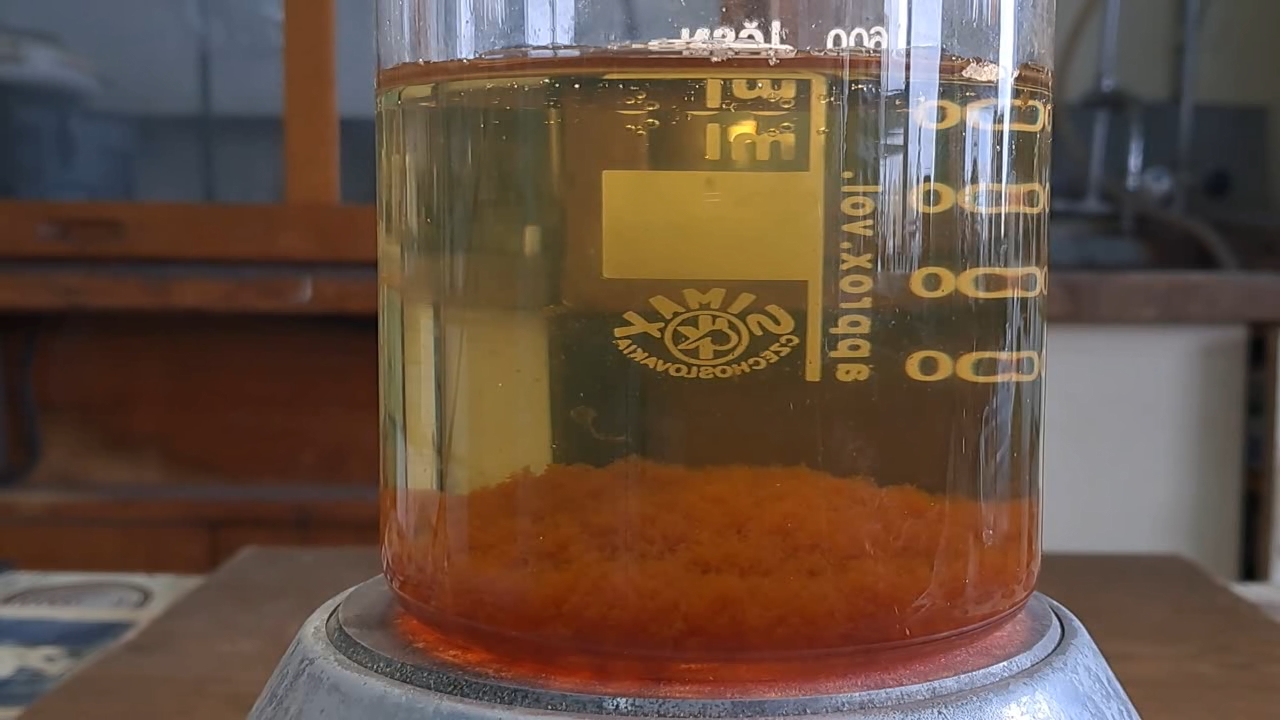
|